GLOBE
Silicon Valley International School
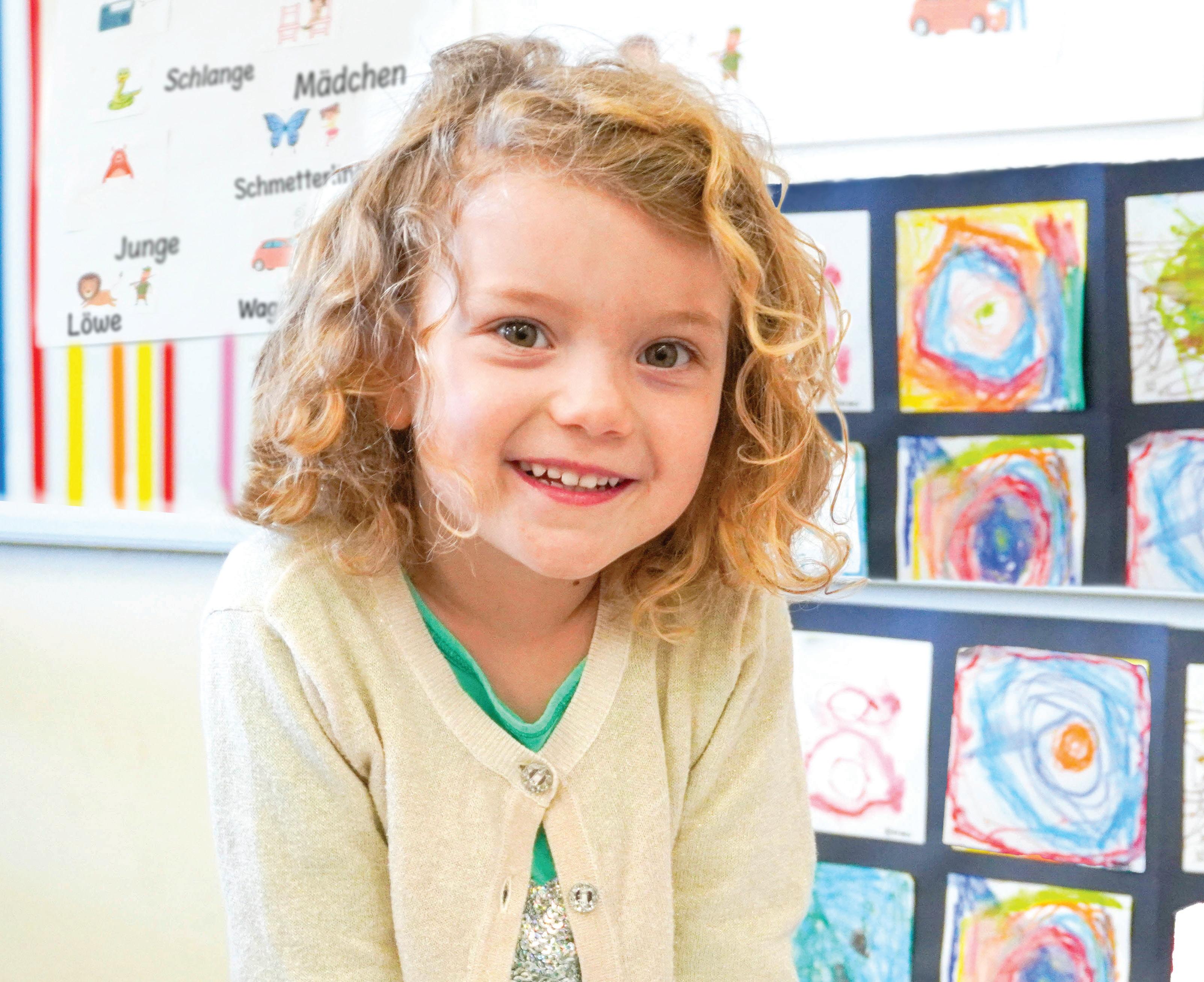
a Spring 2023 Spring 2023
10 The Foundations of our C.O.R.E. Values 44 Let's Play! INTL's Annual Arts Night 40 Empowering Student Voices
Cohn Campus
151 Laura Lane Palo Alto, CA 94303-3221 650 251 8500
Name Change and Merger
Willows Campus
475 Pope Street Menlo Park, CA 94025-2826 650 324 8617
In 2020, International School of the Peninsula’s (ISTP) name was changed to Silicon Valley International School (INTL), to better reflect our location and our growth into an international school with a global reputation and reach. In 2021, Alto International School legally merged with Silicon Valley International School.
International Baccalaureate (IB)

Silicon Valley International School is an International Baccalaureate (IB) World School, authorized to offer the IB Primary Years Programme (PYP), Middle Years Programme (MYP) and DP (Diploma Programme). IB World Schools share a common philosophy – a commitment to high quality, challenging, international education that the Silicon Valley International School believes is important for our students.
For further information about the IB and its programmes, visit www.ibo.org.

Board of Directors
Chair
Ellick Butt
Co-Vice Chair
Albert Lee
Co-Vice Chair
Sujata Narayan
Co-Vice Chair
Michael Schallehn
Treasurer
Pierre-Yves Lesaicherre
Secretary
Raphael Michel
Tony Cannon
Carla Carvalho
Cindy Foo-Irissou
Patrick Gengoux
Jennifer Gossain
Zack Hou
Christopher Krebs
Jasmin Limbrey
Jeremy Longinotti
Trisha Ma
Matt Moberg
Diane Liu Scallon
Marc Suidan
Andrea Willms
Honorary Director
Charlotte de Géry
School Leadership
Head of School
Barbara Greiner
Assistant Head of School
Geneva Robinson
Chief Advancement Officer
Patricia Colin
Early Years Principal
Jacqueline Cody
Elementary School Principal
Liz Evans
Chief Information Officer
Mathieu Farrugia
Upper School Principal
Isabelle Gilet
Dean of Student Services and Inclusion
Tiffany Harwick Johnson
Chief Financial Officer
Diane Morris
Chief of Communications and Institutional Equity
Jovi Olson
Chief of Enrollment Management
Jennifer Tyler
Editors
Benjamin Laskey
Senior Communications Associate benlaskey@svintl.org
Jovi Olson
Chief of Communications and Institutional Equity joviolson@svintl.org

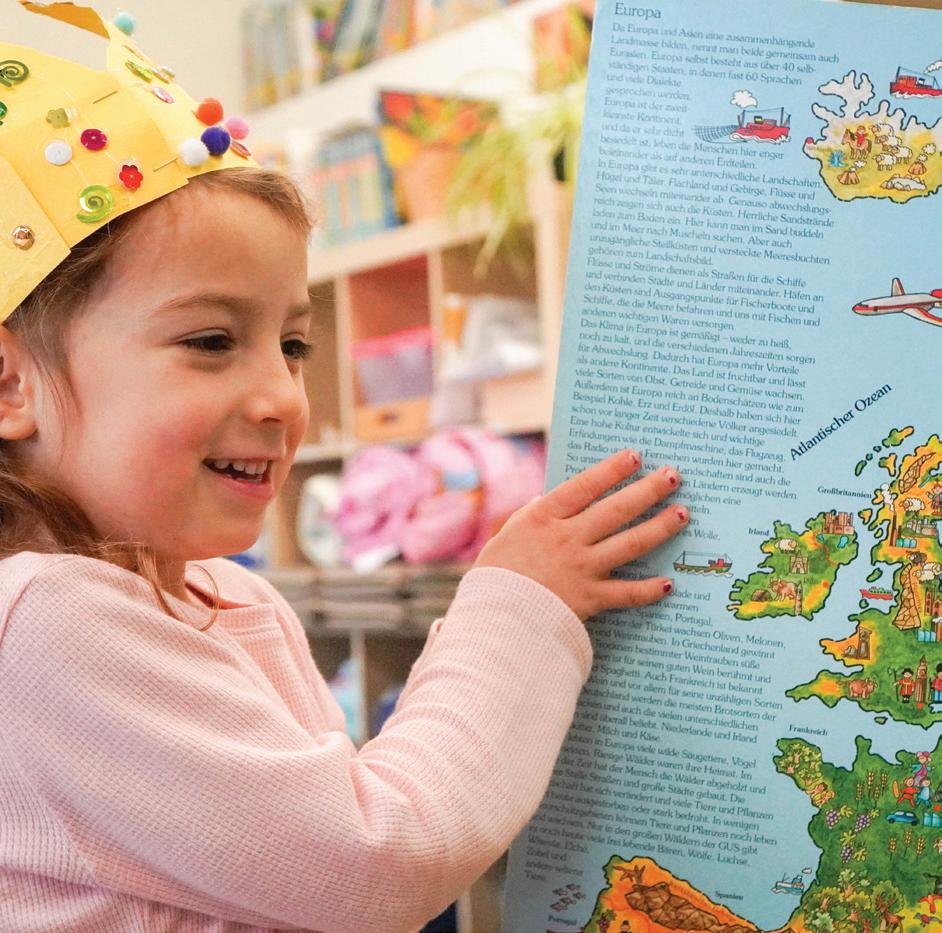


Content 1 Spring 2023 Articles 8 A Culture of Inquiry and Collaboration: Educators as Lifelong Learners 10 The Foundations of our C.O.R.E. Values 14 From Concrete to Abstract: How Singapore Math Fosters Understanding 16 The Spiraling Approach of PYP's STEM Program 18 Reading and Writing in the German Program 22 INTL Students Build Cultural Fluency: The Return of International Trips 24 Using Technology to Amplify Student Voices 26 Researcher's Workshop in the 1st-5th Grade Chinese Program 28 INTL's Bilingual Journey: The Path to Academic Excellence 32 The Written Word: A Collection of Middle School Poetry and Stories 34 The Impact of Language with Henry Lem, Upper School Chinese Teacher 36 Making the Most of High School at INTL 37 A Passion Project 40 Empowering Student Voices 41 Middle Years Programme Personal Projects Save the Date for our INTL Alumni Summer Gathering Friday, June 9, 2023, 6PM @ Cohn Campus rsvp here: svintl.org/alumnisummer News 2 From the Head of School 6 From the Board Chair 38 Upper School Clubs 39 Upper School Athletics 42 From the Parent-Teacher Association 43 From the Chief Advancement Officer 46 Annual Giving Donors 50 INTL Global Babies 53 Colleges and Universities List Events 20 Cross-Cultural Celebrations 35 Upper School Performing Arts 44 Let's Play! INTL's Annual Arts Night 48 Alumni Return to INTL 49 Alumni Summer Gathering 51 Annual Gala & Auction 51 INTL Connect 52 Ways to Make a Difference
Adapting for the Future Head of School Barbara Greiner

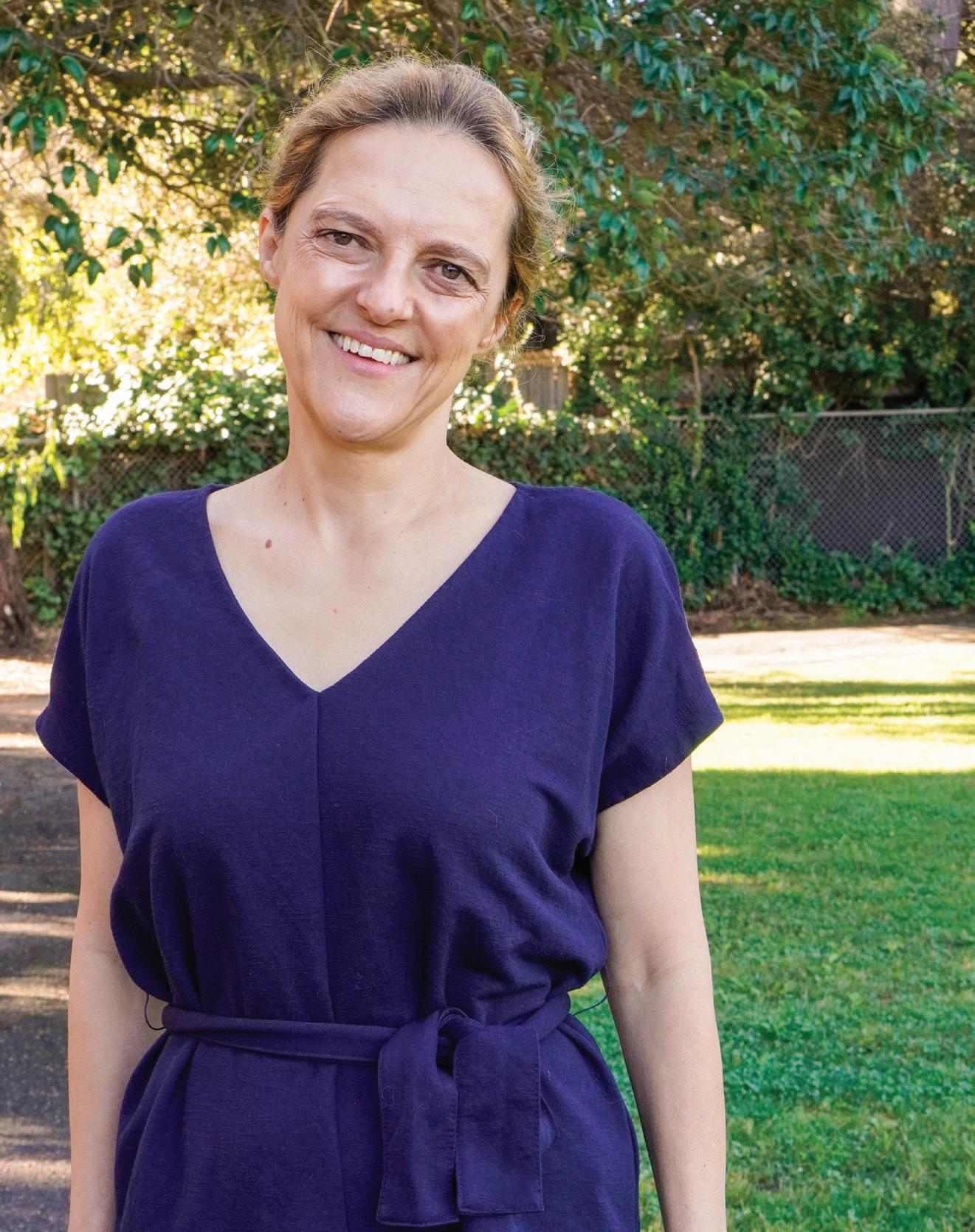
Globe 2 Adapting for the Future: A Letter from the Head of School
IB World Schools share a common philosophy and commitment to high quality, challenging, international education.
Our school has a new mission that defines our purpose, and we will soon develop a new vision that will set the direction for our future.
Tomorrow will differ from today, and we need to adapt accordingly.
In 2016, I had the honor of being a part of the Strategic Planning Committee at Silicon Valley International School (INTL). Our primary charge was to develop a new mission and vision for the school. We asked ourselves; “What will education look like in 10 years? How can we prepare our school for this future? What main initiatives could we take to achieve our goals? How could we measure success?”
We invited key stakeholders to provide their input and we designed a Strategic Plan that was collaborative, creative, adaptable, and future-focused. The members of our committee had a strong belief in the values of our school, and yet, we knew that the school needed to adapt and to challenge assumptions about its identity and effectiveness. To do so, we committed to being a leader in international bilingual education and to articulate a singular portrait of a graduate that would be ready for the world of tomorrow. Our motto was, “tomorrow will differ from today and we need to adapt accordingly.”
We put together an ambitious Strategic Plan that included becoming an International Baccalaureate (IB) school and exploring the possibility of opening a high school all under one umbrella: moving forward together as one school to positively impact our students’ overall journey.
A promise to deliver an innovative, inquiry-based bilingual program and to uphold excellence.
To provide an unparalleled, academically rigorous and internationally-aware bilingual education for our students, the school implemented its Strategic Plan over the next six years, which is a testament to the hard work of our dedicated leadership and the adaptability of our talented teachers. During that time, two main changes radically transformed and improved our school.

First, we embraced the International Baccalaureate philosophy. Hence our students are learning through structured inquiry. From an early age, they observe and question the world around them; they draw connections between what they learn in the classroom and the real world. They learn from their mistakes, and collaborate to achieve greater results. As a consequence, they are more engaged in their learning process, more curious, confident, and resilient. Our authorization as an IB World School is an assurance that we are upholding excellence by implementing innovative teaching practices based on the latest pedagogical research.
Then, through the merger between Silicon Valley International School and Alto International School, the school grew to four language programs (Chinese, English, French, and German) as well as providing a unique high school that included an Upper School Language Aquisition program. Coming together also allowed our students to graduate from high school with the IB Diploma and the IB Bilingual Diploma: the most comprehensive and sought-after college preparatory program.
3 Spring 2023
We committed to being a leader in international bilingual education and to articulate a singular portrait of a graduate that would be ready for the world of tomorrow.
Our promise resulted in drastic positive changes, trial, error, and learning.
Traditionally, schools are institutions where changes are implemented slowly, incrementally, and continuously. The transformations brought forth by our forward-thinking strategic plan were quite drastic and were implemented very rapidly. Moving at a fast pace allowed us to carry out our vision, but also brought trial, error, and learning.
Our burst of changes clustered within the past six years resulted in varying understandings of the role of bilingualism, inquiry, and academic rigor among our

constituents, depending on their division, their grade level, their language program, and their length of tenure.
Our main goal to move together as one school led to new challenges in language development and academic progression, as well as our teaching methods. With those challenges have come new opportunities for growth and a chance to enhance the focus of each language program and their unique qualities within each grade level.
Globe 4 Adapting for the Future
A corrective action before we embark into our new strategic plan.
Reflecting on the implementation of our last Strategic Plan by acknowledging positive changes and also underlining trials and errors are paramount to delivering our promise. It allows us to address our pitfalls by developing new teaching goals and learning outcomes. To do so, we are currently focusing on:
● strengthening our math and STEM programs in every division
● developing our students' independence through learning “how to learn”

● finding the right balance between deep conceptual learning and memorization
● strengthening differentiation in the classroom
● reinforcing our immersion model in middle school
● solidifying the value proposition of our high school
● developing a shared understanding that an INTL education is a meaningful International Baccalaureate continuum from preschool to high school
Embarking on our next strategic plan and looking beyond the horizon.
As we are implementing the final touches of our last Strategic Plan, we are setting the ground for our next one. Our school has a new mission that defines our purpose, and we will soon develop a new vision that will set the direction for our future. We will embark on developing our new Strategic Plan in September 2023.
I look forward to gathering our community in fruitful conversations, to thinking creatively, to imagining various possibilities to adapt and change in response to our current challenges and opportunities, and to making our school truly unique.
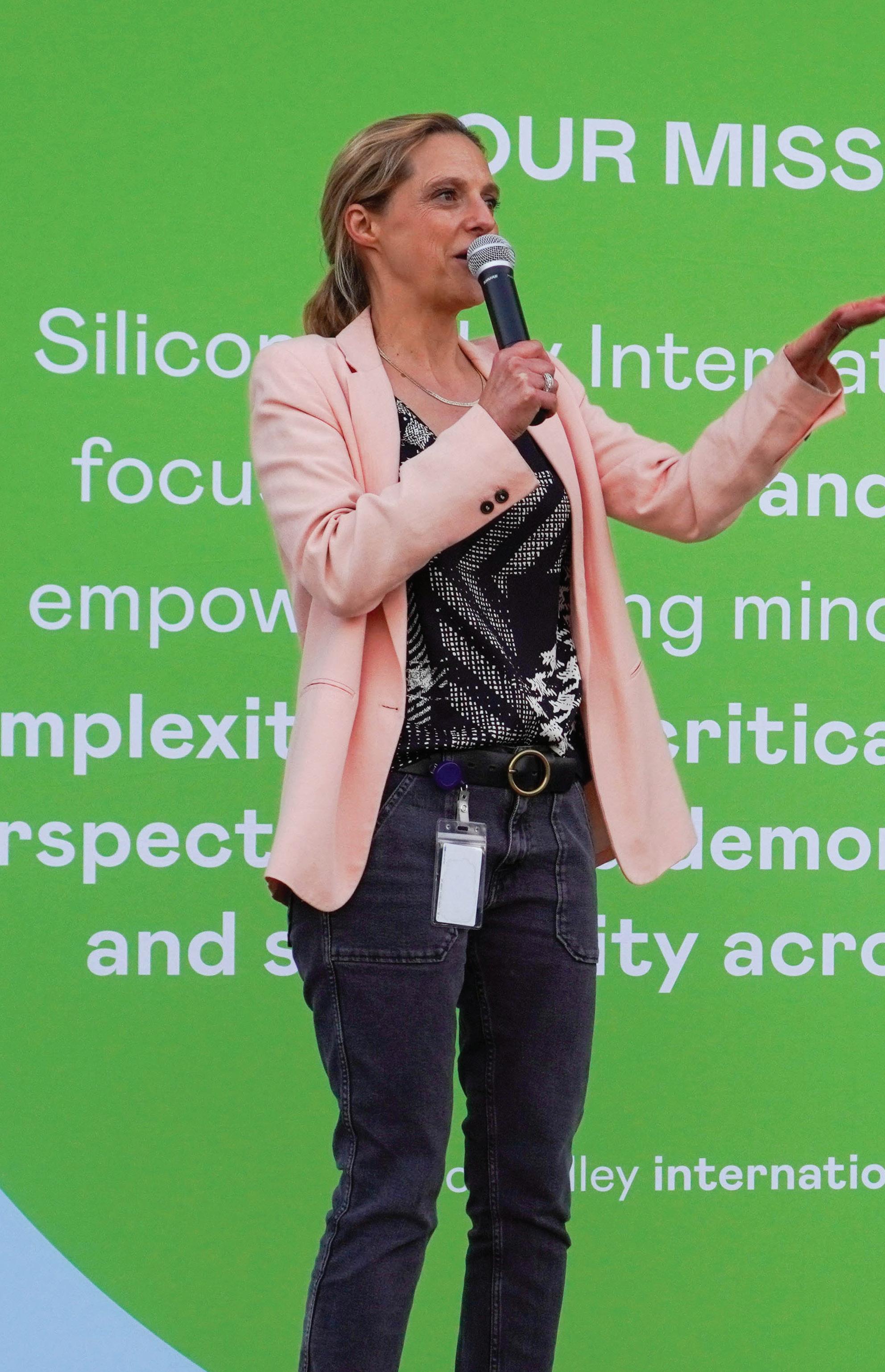
Adapting for the Future 5 Spring 2023
We announced early in the school year that we had purchased a new campus. Located at 1066 E. Meadow Circle, this site will allow us to build a new campus enabling us to achieve our growth objectives and continue to be the premier, bilingual, IB World School on the West Coast.

From Board Chair
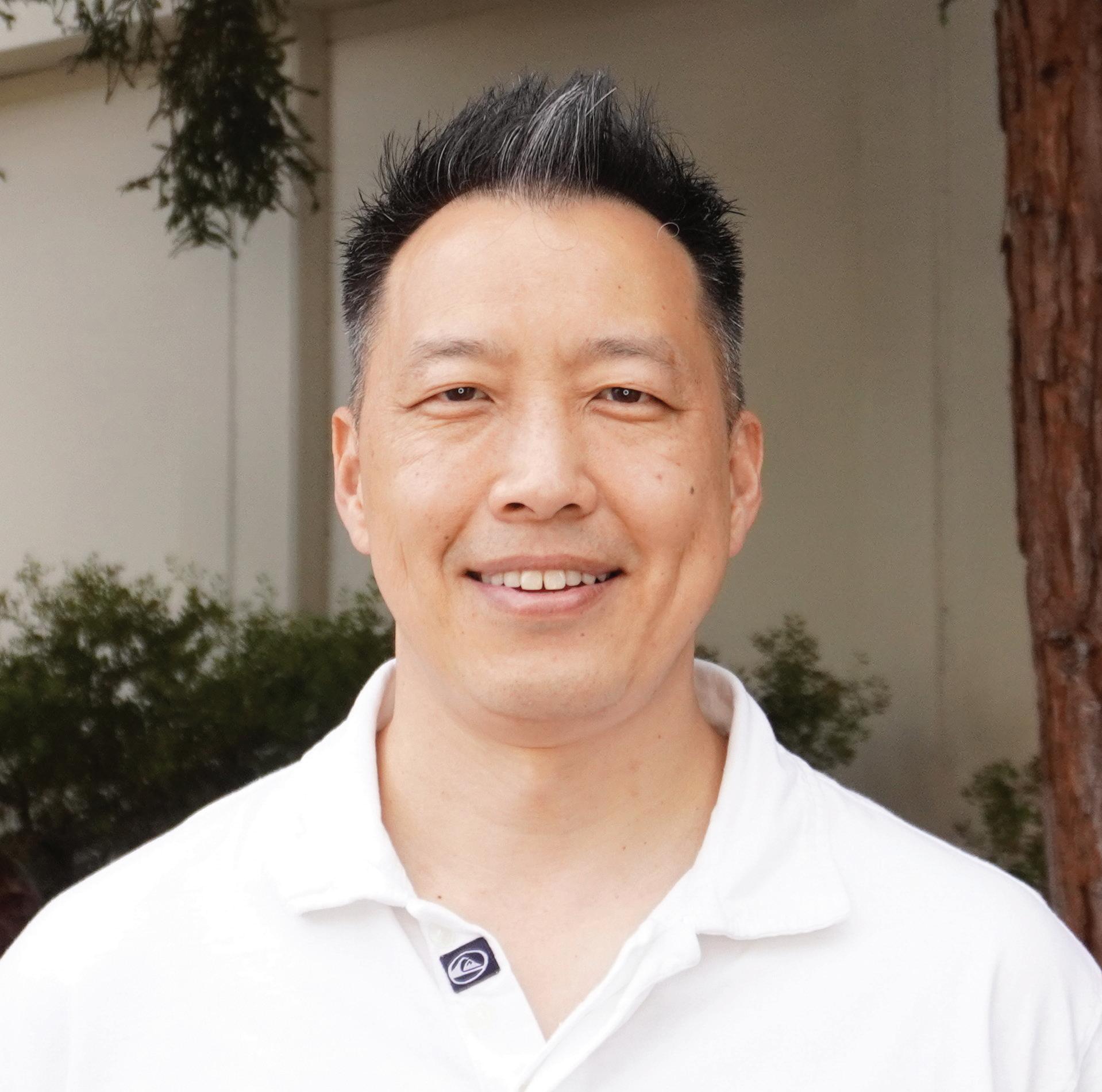
Ellick Butt
Given the events of the past few years, this school year began with a sense of stability and return to normalcy.
Events which are the core to our vibrant community were back. We had a successful back-to-school, where smiling students were welcomed back to campus. Community events were in full swing, beginning with our school's Red Carpet Mentor evening, where veteran parents welcomed new families at an evening filled with kids’ activities and food. After the State of the School address, we held our inaugural Back-to-School Bash where parents were invited to celebrate the new year and meet our new Head of School, Barbara Greiner, as well as Board Directors. Personally, it was great getting to know and interact with parents at an individual level.
The PTA was also busy with traditional events such as the Moon Festival, Coffee Mornings, Skate Night, Laternenfest and, of course, gathering volunteers to help with Arts Night where the school is transformed into an art gallery featuring artwork from each student at the school. Thanks to the Office of Advancement, and much to everyone’s delight, food and beverages made a return.
6 Letter from the Board Chair
With her introduction back in January 2022 and her prior 21 years at the school, it’s easy to forget this is Barbara’s first year as Head of School. The transition could not be going better. There is a true partnership between Barbara and the Board. We have clear goals/objectives and weekly meetings with the Transition Committee, a subset of the Board that provides guidance and exchanges feedback on progress.
As far as objectives go, it will be very important for Barbara to get to know the community and her team as well as align/ strengthen our academic program around inquiry, bilingualism, and depth. Focusing on this foundation first will help us build towards our future.
Speaking of the future, we announced early in the school year that we had purchased a new campus. Located at 1066 E. Meadow Circle, this site will allow us to build a new campus enabling us to achieve our growth objectives and continue to be the premier, bilingual, IB World School on the West Coast. More details were shared at the January Town Hall and we will continue to share more information on this new and exciting campus as we progress through the process.

Last but not least, our previous Strategic Plan: Our Journey Forward completed in 2021 and while it is a priority to develop another plan to guide us through the next five years, we, as a Board, felt it was important to let Barbara settle into her first year and focus on her aforementioned objectives. A Strategic Plan focuses the school energy on the truly important decisions that deliver on our mission and make our school unique. We expect to begin our next Strategic Planning phase in the fall and are looking forward to engaging with the whole school community in that endeavor.
With a new Head of School, a new campus, and strategic planning on the horizon, this is truly a pivotal time for the school. On behalf of Silicon Valley International School's Board of Directors, I’d like to thank everyone for your support as we look forward to exciting times ahead!
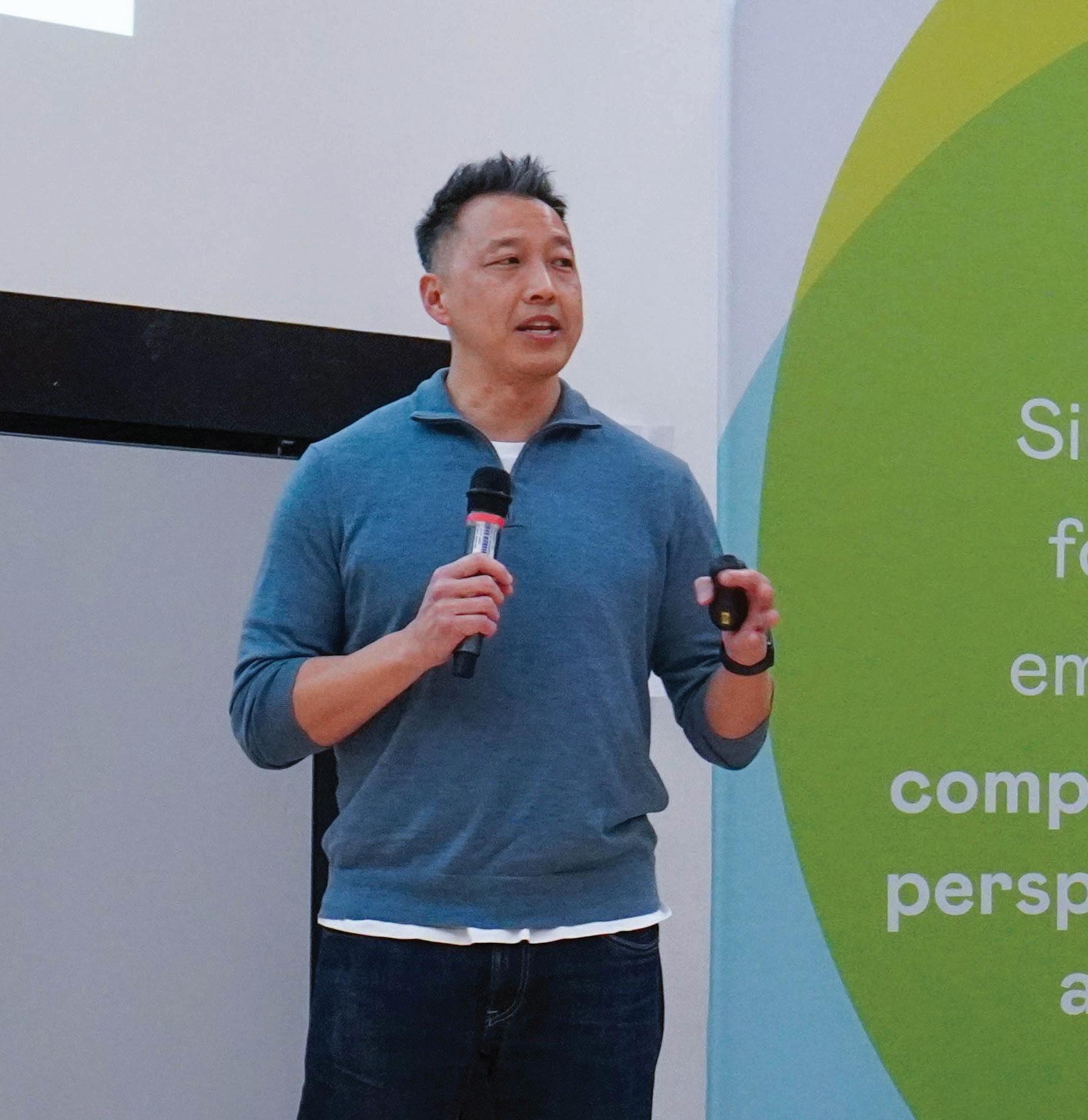
A Culture of Inquiry and Collaboration: Educators as Lifelong Learners
 By Geneva Robinson, Assistant Head of School
By Geneva Robinson, Assistant Head of School
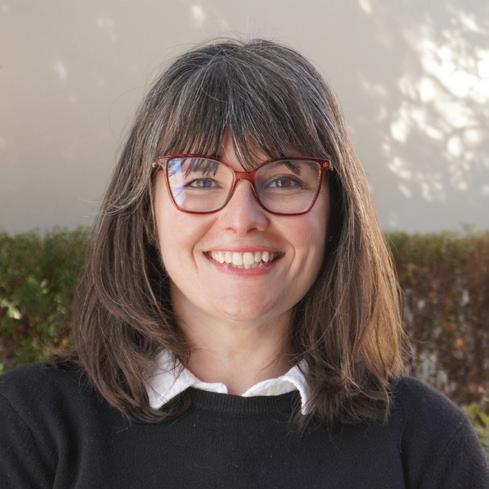
As an International Baccalaureate World School*, our three bilingual IB programmes spanning preschool to 12th grade and the unique bilingual curricula within them create the structures for our students to become knowledgeable, principled, and courageous thinkers and agents of their own intellectual and social-emotional development. An important aspect of IB education which is not as commonly called to the forefront is andragogy (the emphasis on IB educators as learners, too), with educators collaborating and creating both alongside their students and with each other.
We take a collaborative approach to learning for all members of the school community: students, educators, and families alike. One of the main reasons for this is the emphasis we place on the constructivist theory of education.
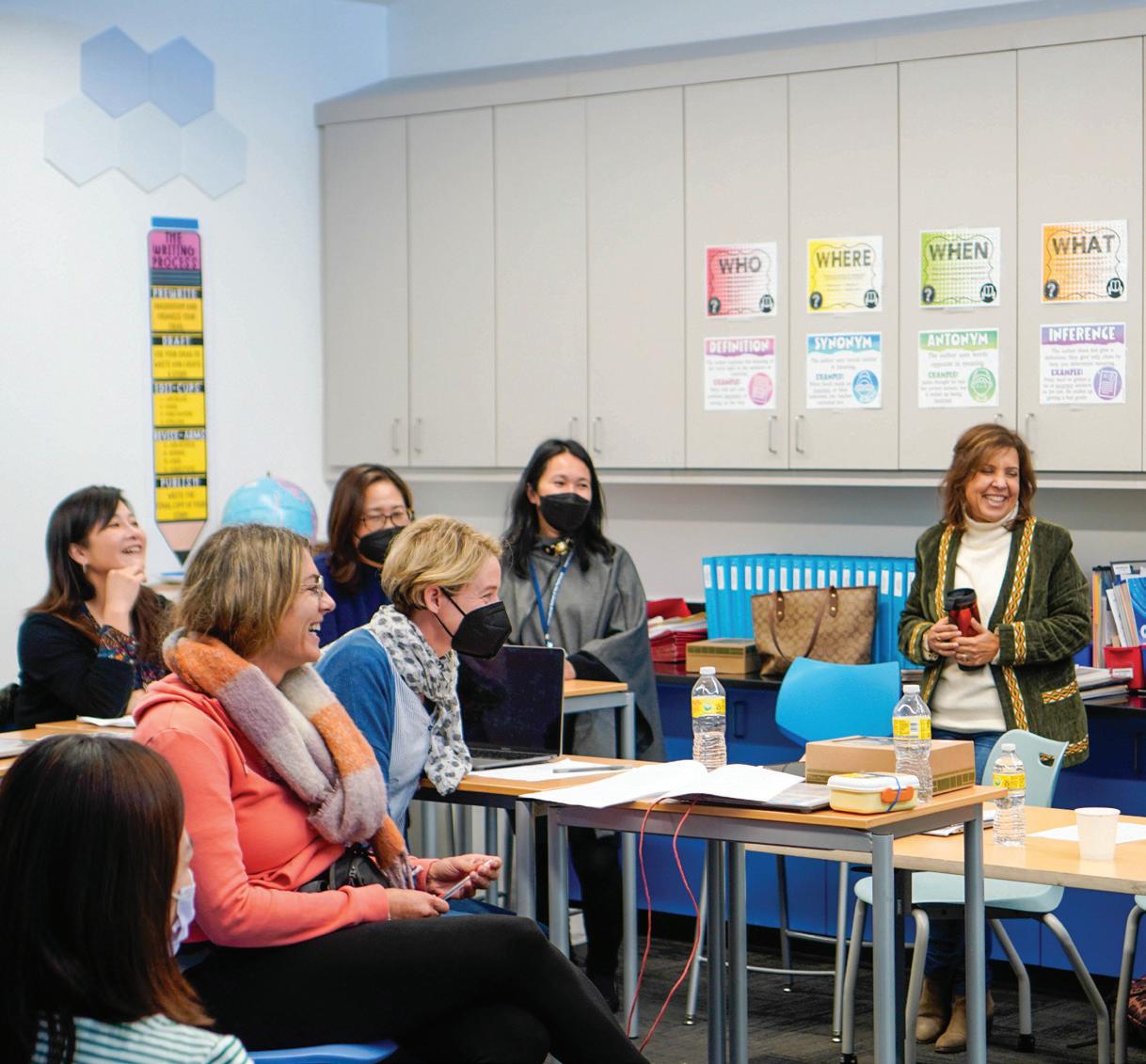
We know from research and experience that learning and knowledge-making is an active, constructive and lifelong process.

Through the interplay of asking, doing, and thinking, our constructivist approach to teaching and learning leads towards open, democratic learning spaces across both our campuses. (What is an IB education? 2013, p.4)
To this end, we have undertaken a year-long initiative which marries our mission with the depth and breadth of our faculty’s insights and experiences to continue to enhance our programs, further orient all aspects of school life towards our C.O.R.E. Values, and prioritizes and celebrates open and purposeful professional learning. Each faculty member has joined a task force, charged with collaborating to design and undertake research, action, and reflection in five key areas which we have
Globe 8 A Culture of Inquiry and Collaboration
identified as central to the priorities of the school. In purposefully diverse groups from across divisions, language programs, and subject specialities, our teachers are working on the following essential questions, among many more!
How do we define excellent teaching at INTL? How do teachers contribute to our school culture?

How do we define optimal spaces for learning? In what ways is our learning environment inclusive and accessible to all? How do the spaces promote and encourage collaboration and communication, and tap into students’ natural curiosity and imagination?
How does and how can our high school culture embody our mission? How does our high school programming support students to embody our mission?
How do our students exemplify our C.O.R.E. Values and the IB Learner Profile? What processes support teachers and students to ensure social-emotional learning and behavior support optimal learning? How do we intrinsically motivate each student to grow as a person?
How does our mission come to life in our learning spaces? What do inquiry and bilingualism look, sound, and feel like in our unique context, at each age and stage? What enhancements and initiatives will unite our community’s understanding of teaching and learning through inquiry?
Each task force started off in September with a provocation, challenging teachers
to synthesize familiar and new notions of educational philosophy and pedagogical best practice, activating prior knowledge and creating space for inquiry, just as we do in our classrooms. From there, the collaborative groups each defined their own paths forward toward May. Monthly, teachers have paused their other professional endeavors to pursue reading and research, curate artifacts and exemplars, share best practices from the wide range of educational backgrounds within our faculty, visit peer schools for inspiration and connection, engage lively debates about principles and practices of pedagogy, and more!
As we move from the research phase to the action phase of each of these complex lines of inquiry, each teacher task force is planning their end point, where they will transform their learning and reflection into a final product, be it a proposal, a policy, a process, or wherever their constructivist approach guides them! Just like our PYP, MYP, and DP students undertake major capstone projects in the PYP Exhibition, MYP Personal Project, and DP Extended Essay, so too, our teachers will present their work at the intersection of professional learning and ongoing school development by the end of this school year, exemplifying the essence of what it means to be IB educators. Through this initiative and throughout school life, our teachers are truly inquirers. “We nurture our curiosity, developing skills for inquiry and research. We know how to learn independently and with others. We learn with enthusiasm and sustain our love of learning throughout life.” (IB Learner Profile).
9 Spring 2023
*Silicon Valley International School (INTL) is an International Baccalaureate World School, authorized to offer the IB Primary Years Programme (PYP), Middle Years Programme (MYP) and Diploma Programme (DP).
The Foundations of our C.O.R.E. Values
By Jacqueline Cody, Early Years Principal, in collaboration with teachers Susan Tu, Dunja Zaun, & Guillaume Tapon



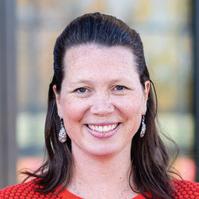
The Early Years lays the foundation for all future learning. Our holistic approach focuses on the development of the whole child: as an intellectual, physical, social, and emotional being. As teachers co-construct meaning with their students through developing opportunities for the ongoing mastery of skills and competencies, and in supporting the acquisition of deep, conceptual understandings, they are also very intentionally, both explicitly and implicitly, fostering and prioritizing the development of our foundational C.O.R.E. values.

community
We respect, support, and collaborate to achieve results greater than we could ever reach individually.
Children in the Lotus class collaborate to collect data through a survey regarding tastes and preferences. This collaborative mathematical inquiry fostered skills in working as a team, handling data in a group and also building a growing awareness of the likes and dislikes of their classroom community. In teams the children were then able to analyze the data to learn more about one another.
Students in the Sequoia classroom were visited by high school students, who had shared what they had learned about indigenous peoples’ traditions and histories. High school students imparted their knowledge about indigenous agriculture, and engaged Early Years students in age-appropriate discussions about origins, history, and usage.
openness
We appreciate different cultures and perspectives by communicating honestly and without bias.
In the Lotus class, parents have been wonderful partners in learning. For example, Mrs. Khush came to share the festival of Diwali with the children, sharing the traditions and meaning in "signifying the start of a new year." The children showed appreciation for learning about the traditions of Diwali, expanding their perspectives and delighting in the vibrant colors.
In the Rainbow class, the children and teaching team prepared for Laternenfest by visiting other classrooms to share about the traditions behind it and collaborating closely with colleagues across language programs. Additionally, the class participated in the French celebration of the Galette de Rois and Chinese celebration of the Lunar New Year. The exchange among the language programs allows the students to learn about other cultures while building a great community founded in open-mindedness and respect.

Globe 10 The Foundations of our C.O.R.E. Values COR
The C.O.R.E. values are embedded in the academic, social and emotional learning of our Early Years students. By placing value on these attributes, naming them, highlighting them, and providing opportunities for evidencing and reflecting, the early years teachers are exemplifying the school’s bilingual, inquiry-based mission in demonstrating integrity and sensitivity across cultures.
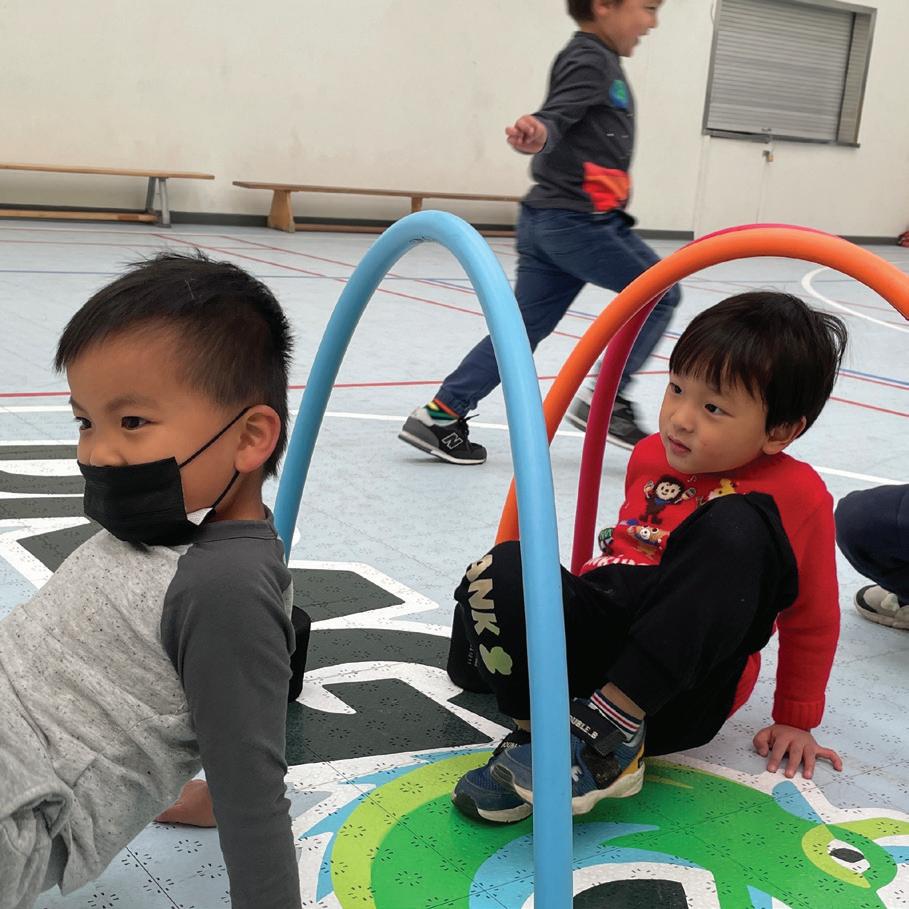
resilience
We accept challenges, commit to overcoming them, and learn from our mistakes.
When working through physical challenges, building skills in spatial awareness and gross motor development, and learning more about what their bodies can do the Lotus students cheer for one another, offering support and encouragement to meet the challenges that lie ahead, to try a new way forward and to persevere.
empathy
We strive to understand each other and to treat everyone with care and kindness.
Lotus students proudly shared their home responsibilities with their peers. They reflected on how they show kindness and care in their family in a great range of ways such as through chores, demonstration of manners, connections with various family members and more.
In the Rainbow class the children show their empathy by supporting each other to feel better. When someone in the classroom injures themselves, you’ll often find the peers asking what they can do to make their friend feel better. For example, they may sit beside their friend as they ice their bumped knee, giving them time and companionship to feel better and rejoin the play again.
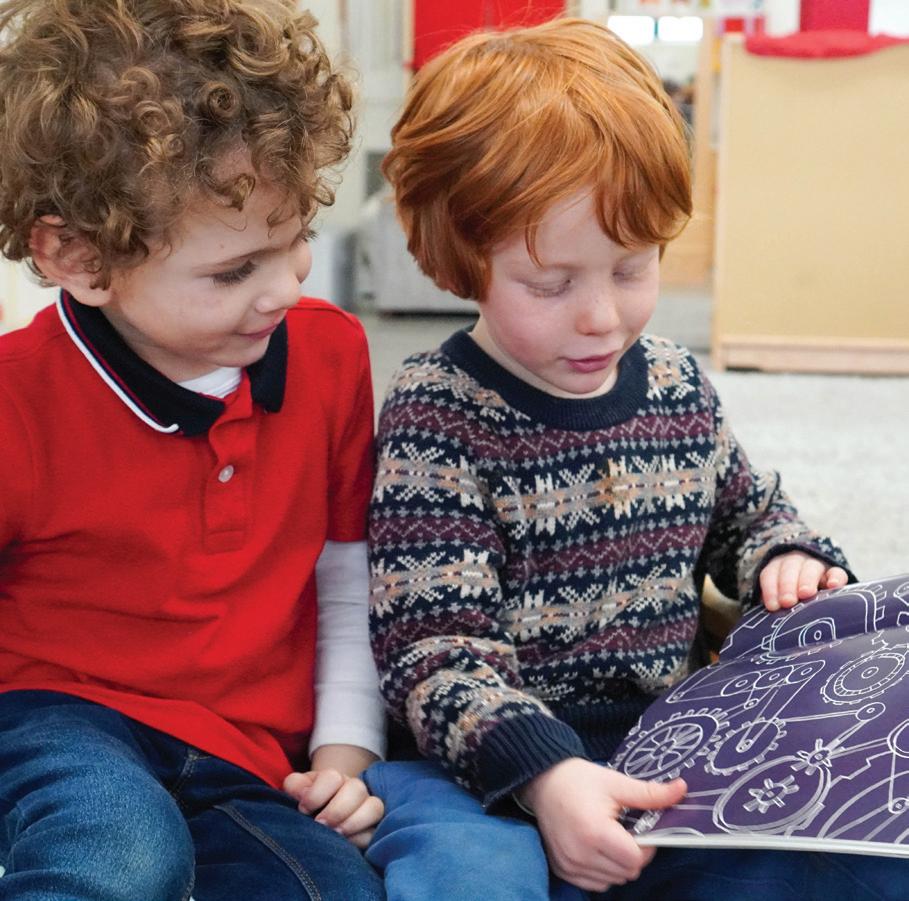
11 Spring 2023 ORE
LEARNING THROUGH PLAY early

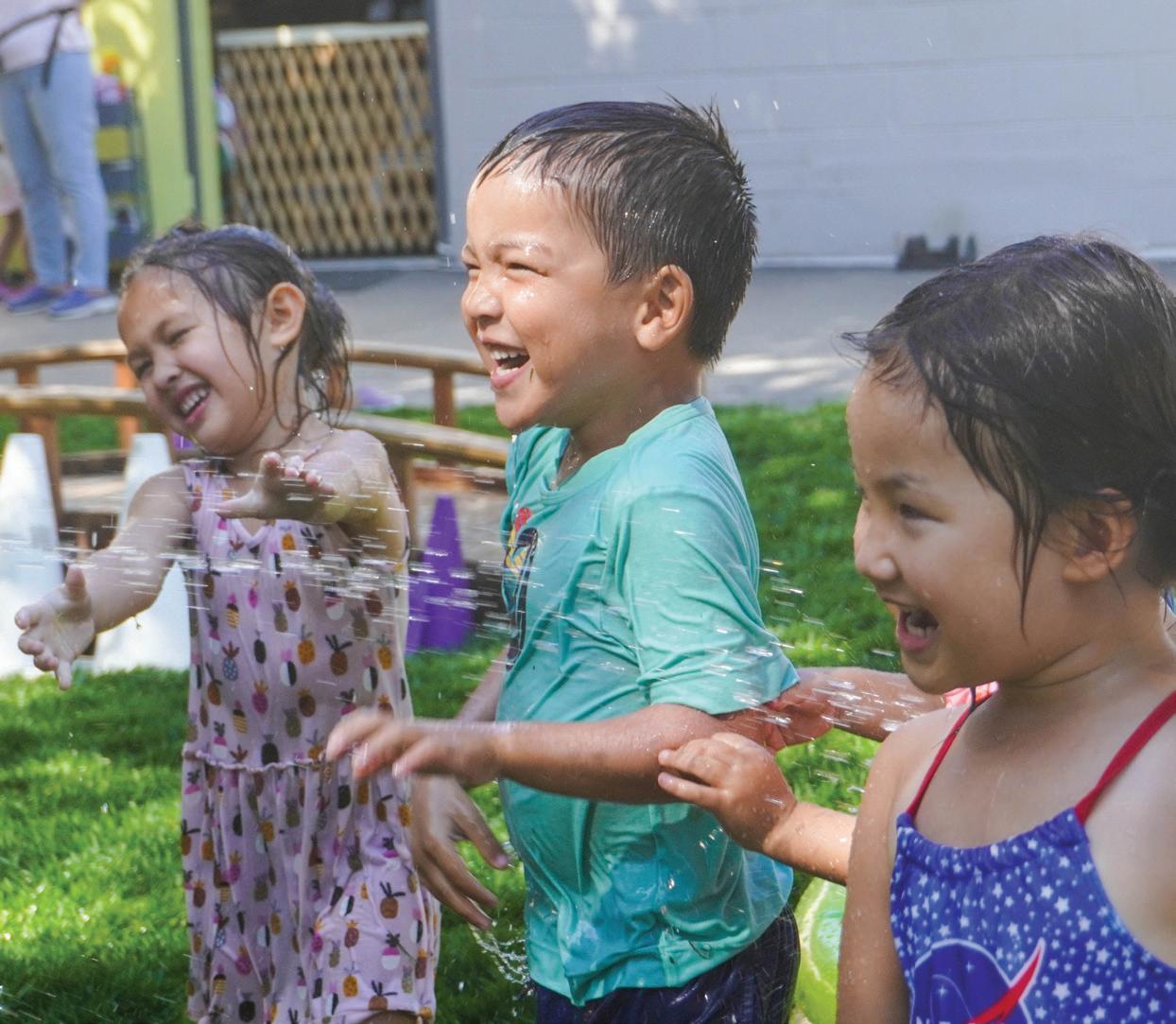
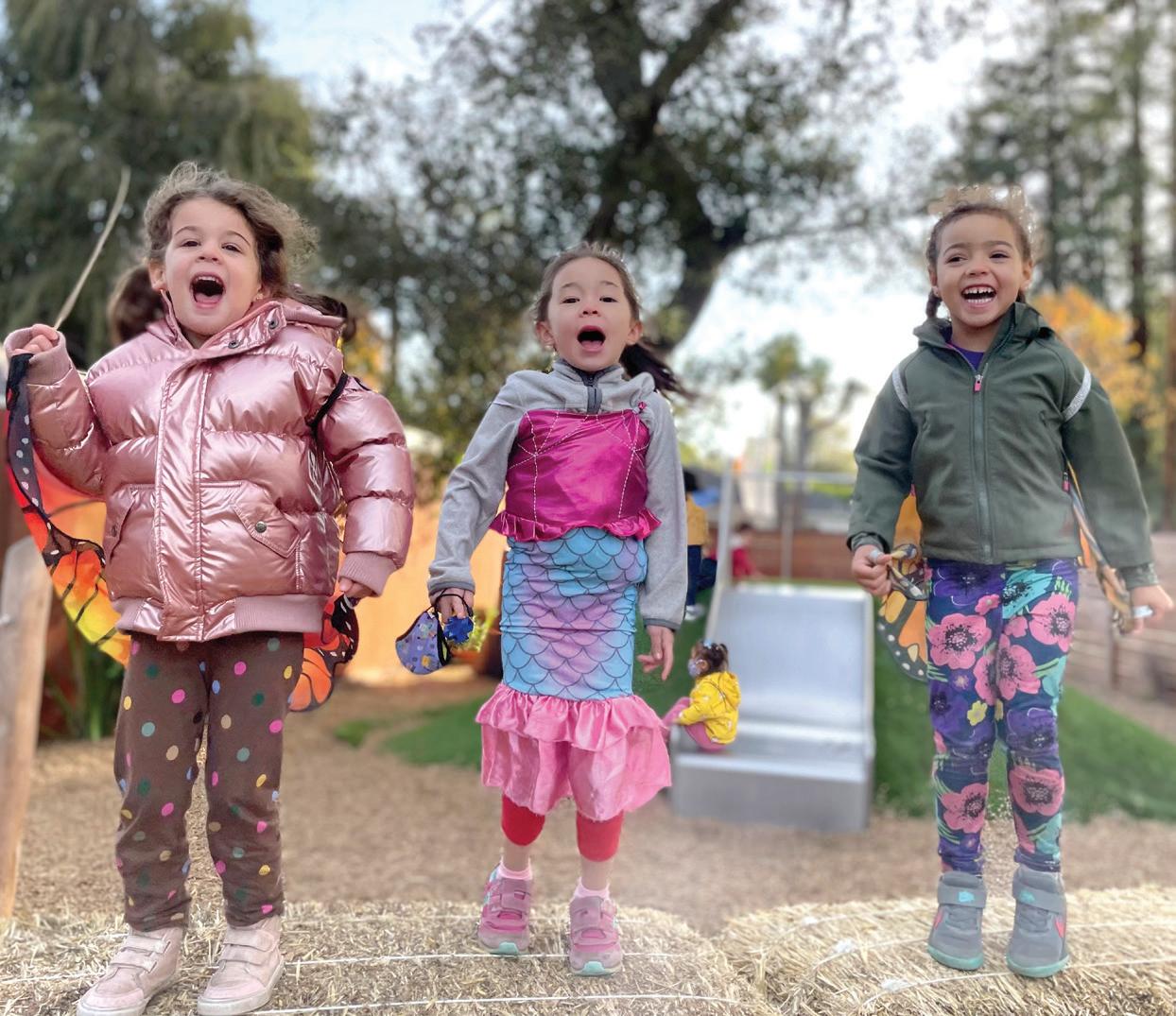
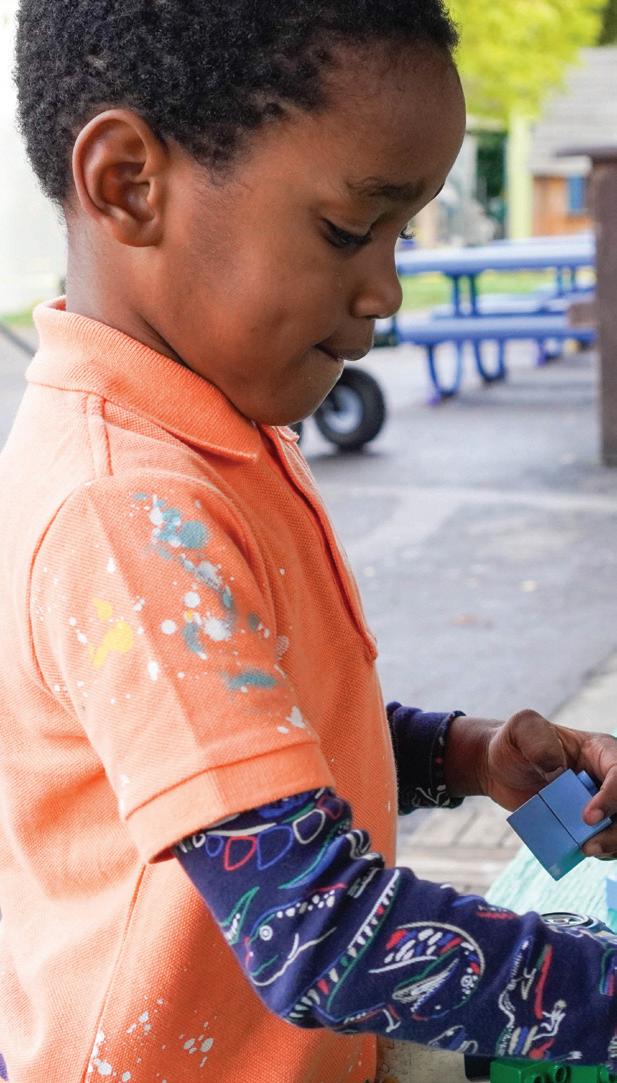

years

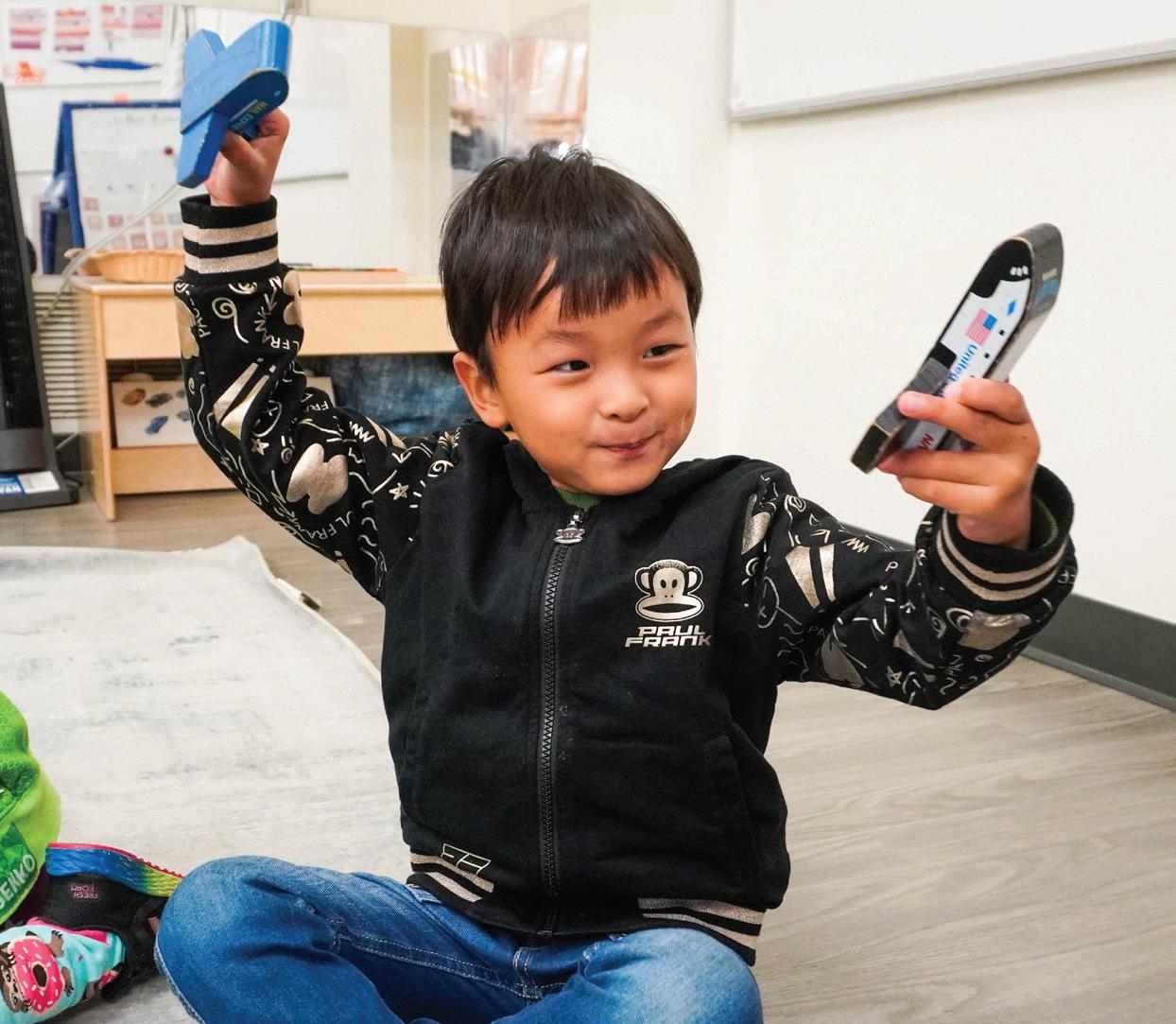

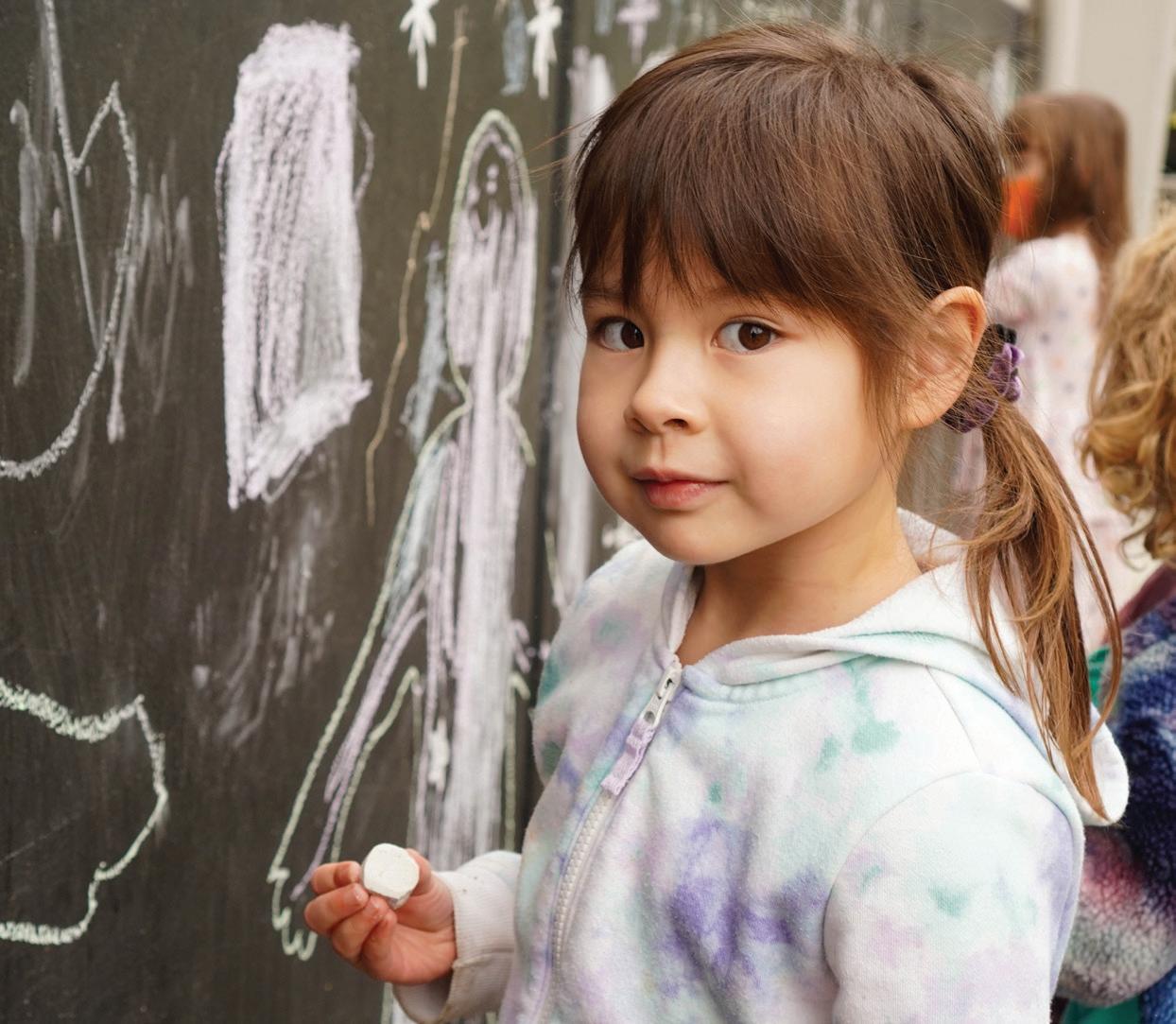
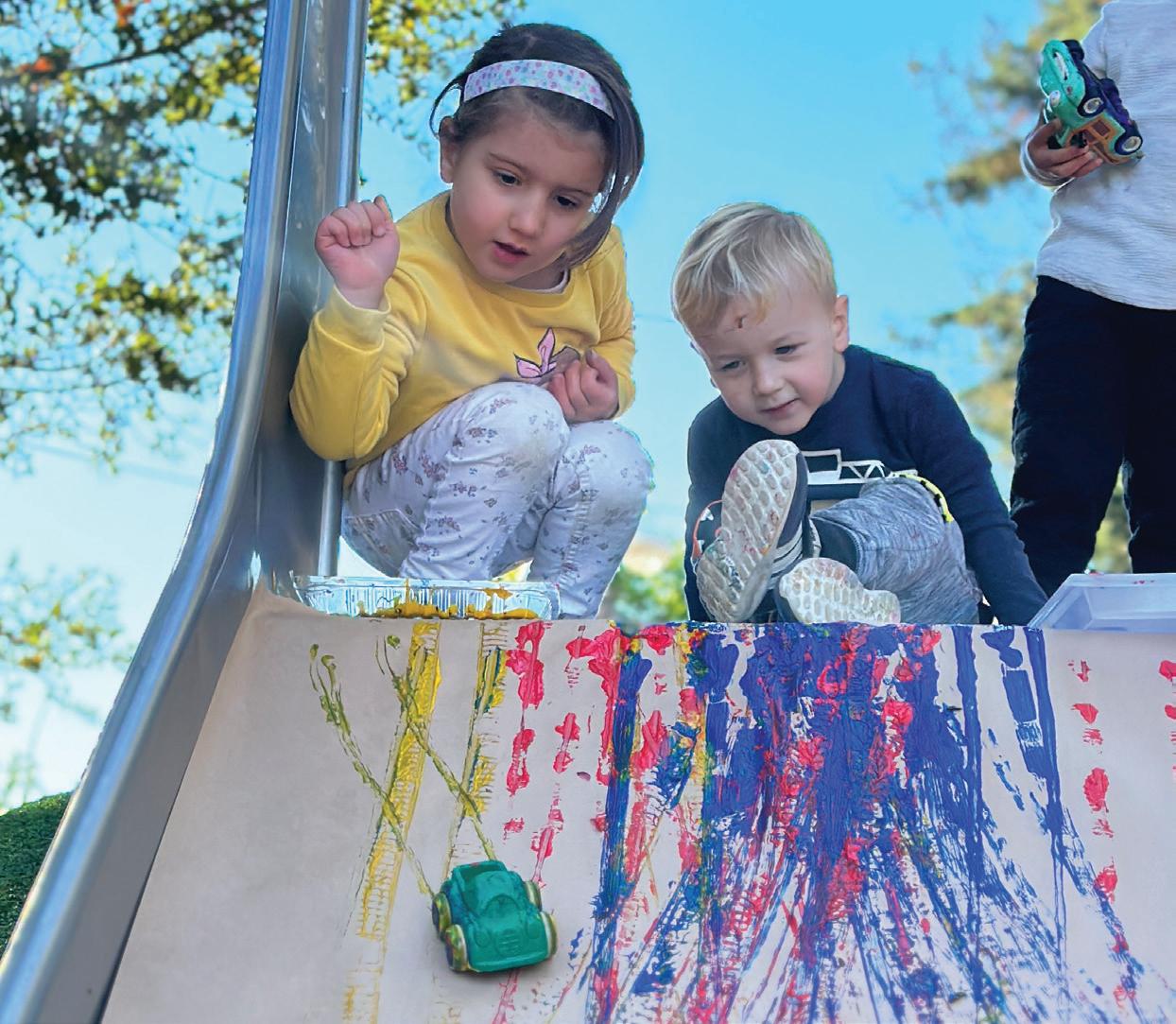
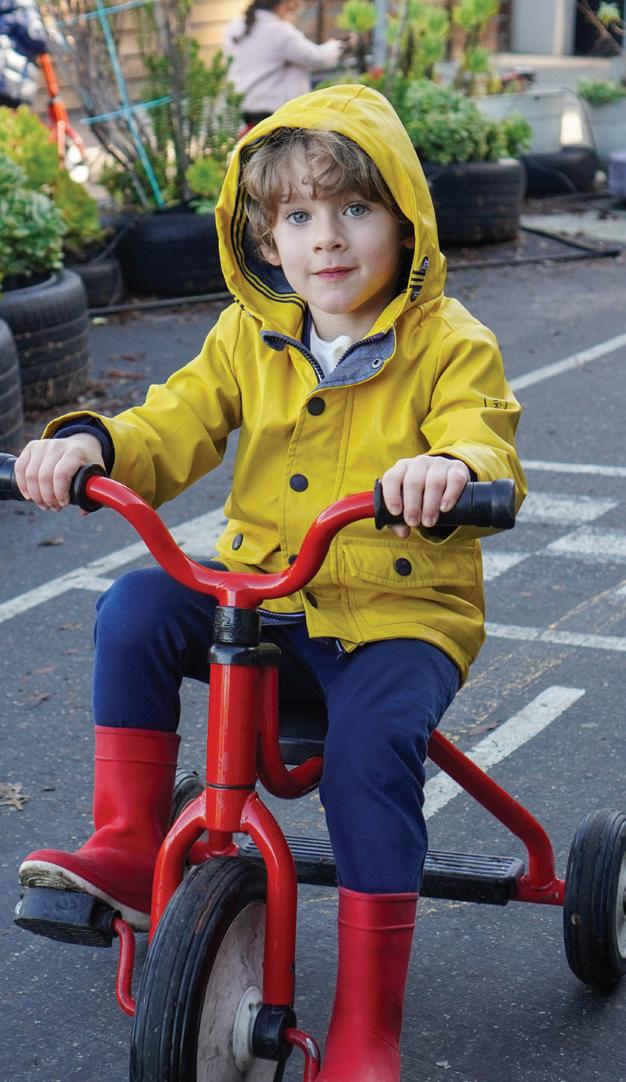

From Concrete to Abstract: How Singapore Math Fosters Understanding
By Liz Evans, Elementary School Principal

Are you ready for your child to unlock the true power of math? INTL's approach to math is multifaceted and draws from curricula and best practices from around the world. We supplement resources and activities from a multitude of sources, with the backbone of our math program being Singapore Math - a modern and highly-regarded approach that emphasizes understanding and internalizing concepts for a comprehensive grasp of the material.
Singapore Math differs in its philosophy to math education from many other math programs. The emphasis is on teaching students how to think mathematically, rather than just memorizing and repeating similar problems. This approach helps students to understand the underlying theory and develop a deeper understanding of concepts.
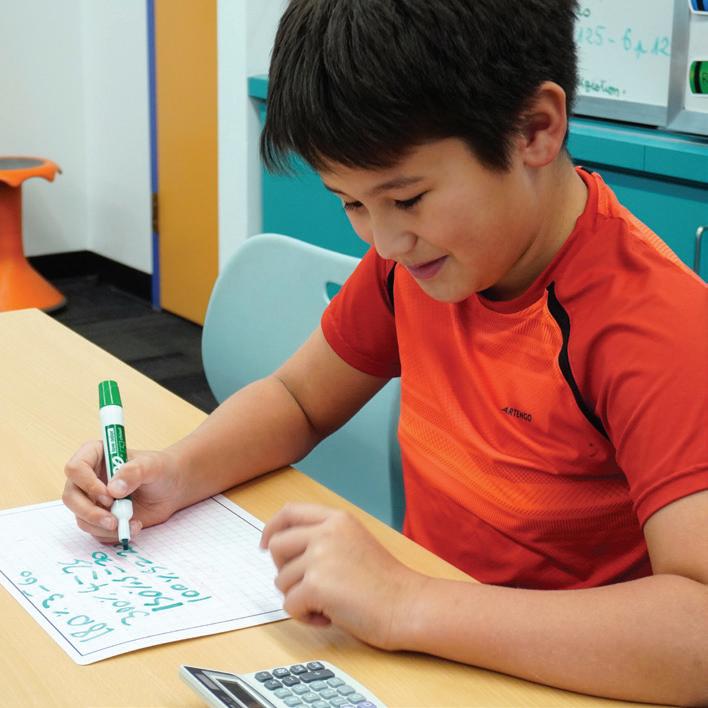
The Singapore Math approach is based on a concrete, pictorial, and abstract learning theory. This means that students are first introduced to math concepts using concrete objects and manipulatives, such as blocks or counters. This hands-on approach helps students to really understand and internalize the concepts.

Globe 14 How Singapore Math Fosters Understanding
Once they have a solid understanding of the concept using these concrete materials, they move on to using pictures and diagrams to represent the concept. This helps students to make connections between the concrete objects and the abstract symbols and equations they will encounter later on. Finally, students are asked to solve problems using abstract symbols and equations, demonstrating their mastery of the concept.
One of the key features of Singapore Math is the use of the bar model method for solving problems. This method involves representing a problem visually using bars and boxes to represent quantities and relationships. This visual representation helps students to understand the problem and find the solution more easily. The bar model method is a powerful tool that helps students to make sense of complex problems and to develop their problem-solving skills.
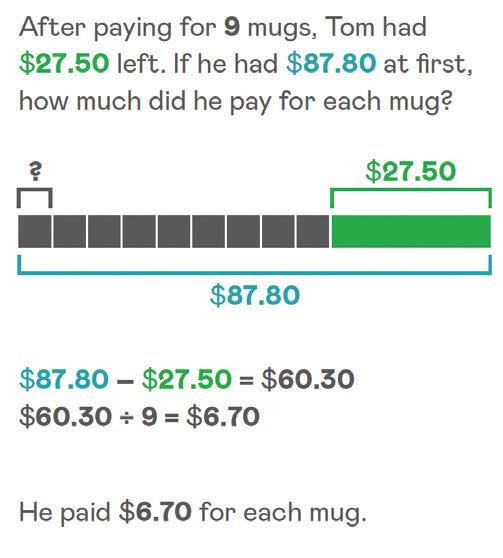
Another important aspect of Singapore Math is the emphasis on mental math and problemsolving skills. Rather than relying on rote memorization or calculator use, students are encouraged to use their mental math skills to solve problems and make connections between concepts. This approach not only helps students to develop their mental math skills, but also helps them to become more confident and independent learners.
At INTL, our math program is made even richer when teachers make meaningful connections to the units of inquiry and to the real world. While most of our math is taught in a “stand alone” nature (not connected to the Units of Inquiry), when meaningful, our teachers creatively weave in connections between what students are learning in science, social studies, language, and other disciplines with their math objectives to deepen students'
understanding and give real life context to what they are learning in math. Students may practice addition and subtraction through coding paths for Beebots, analyze population statistics and interpret data on people’s migration paths, apply their understanding of angles through taking the most appealing photos of food, or design a strong bridge using measurement skills.
INTL’s approach to math emphasizes understanding and internalizing concepts for a comprehensive grasp of the material. Our students will not only gain a deeper understanding of math, but also develop their problem-solving and mental math skills, as well as the ability to make meaningful connections to the real world through our Units of Inquiry.


15 Spring 2023
The Spiraling Approach of PYP's STEM Program
By Elisabeth Lepert, Dean of Instructional Technology, Computer Science and Design
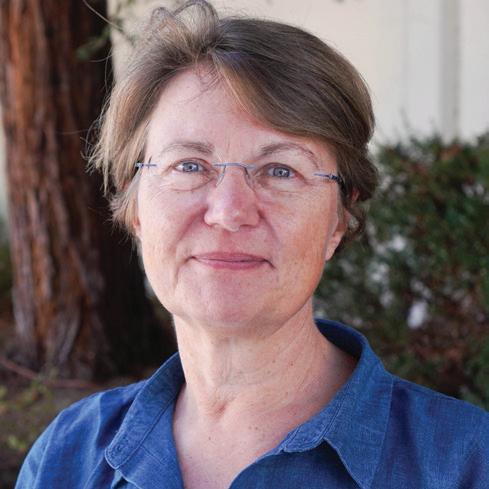
The acronym STEM (Science, Technology, Engineering, and Mathematics) has been used very frequently in educational institutions over the last decade. It makes sense to combine them under one term, as those subjects are organically linked by nature.
When a school decides to use this term in their program, it is because it has been demonstrated that by having an interdisciplinary approach to those subjects, the retention and understanding of concepts is amplified. Student engagement and motivation is increased, as they can see real connections with the world around them. Often, they are using those skills to build artifacts that have an impact.
STEM in our Primary Years Programme (PYP) uses this principle of connecting subjects
together and intentionally creates a project that will use a spiraling model. This approach takes into account the knowledge and skills that the student acquired earlier to build a new understanding and go deeper into a topic, hence creating a spiraling, mixing effect that gives them a profound understanding of ideas that take place across subjects. It is a model that truly grasps the way human beings learn in the real world and implements it into our curriculum.
For example, in 3rd Grade, during the unit called Share the Planet, students study the basics of electricity: what are insulators and conductors, how to light a lamp, and what are the dangers of short circuits.

When they are done, they create a program in Computer Science to illuminate a drawing done in art class using LEDs, wires, and a small microcontroller. As they previously studied electricity, they are better equipped to solve problems when they build their circuits. By carefully designing their learning progression, teachers give the students the opportunity to practice skills they learned in a different environment, reinforce their new knowledge and skills, and connect them to real-life projects.
In 5th Grade, students will revisit what they learned about electricity as the teacher will ask them to use their Design Engineering skills to model a room’s electrical circuit in a shoebox with independent control
Globe 16 The Spiraling Approach of PYP's STEM Program
of lamps representing the TV and light on the ceiling. They revisit their knowledge acquired in 3rd Grade and realize that it cannot work with a simple circuit. It will trigger an investigation: how can we control two lamps independently? They will learn new concepts such as parallel circuits and apply those back to their room project. While the spiraling approach helps to interconnect different subjects with one another, it is also of great use within the same subject.
For example, in one of the first units in 4th Grade computer science, students are introduced to programming conditions. They spend time deeply understanding this concept using Scratch, a high-level blockbased visual programming language used for young programmers beginning their education. Later during the year, they will revisit this concept in another context when they design a timer for a toothbrush using a microcontroller that they designed the previous year. Taking the controller they created in 3rd Grade, and the knowledge of the timer from 4th, the students use the value measured by a sensor in a condition to trigger the action they desire.

Interweaving the different subjects, or the different topics from within the same subject but from different years, builds a greater foundation for learning for our students. They create a deeper, real-world understanding of the information that they can build upon throughout the rest of their education and everyday lives.

Spring 2023
Reading and Writing in the German Program
By Claudia Gruber, German Program Academic Dean

Formal reading and writing instruction in the German Program starts in 1st Grade. Although students who demonstrate readiness for early initiation of such learning are encouraged and provided with support, the primary focus during the Preschool and Kindergarten stages is the cultivation of pre-literacy abilities and refinement of fine motor skills. Developing and strengthening the ATLs (Approaches to Learning skills) is equally important. Children learn social, self-managing, and communication skills essential to becoming literate. Equipped with these abilities, the students are ready to learn how to read and write in German quickly.
The children in our program bring vastly different German language skills to the classroom when they first start school. Our students come from a diverse range of German language proficiency, including native speakers with parents hailing from German-speaking nations, heritage speakers, as well as students with no prior exposure to the German language. A big focus in the Preschool and the lower grades is therefore on speaking and listening, building vocabulary, developing a feel for sentence structure, correctly spoken grammar, and building pre-literacy skills overall. This is all done in a playful way through storytelling, singing songs, nursery rhymes, retelling, rhyming and so much more. In Kindergarten the students work on preliteracy skills in a similar fashion but with even

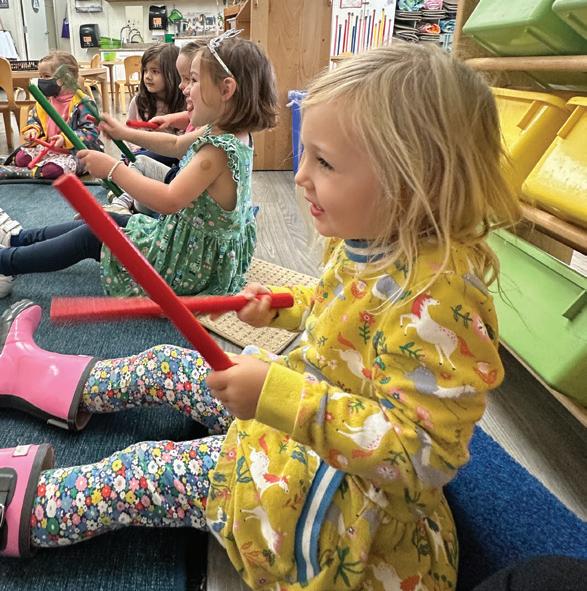

Globe 18 Reading and Writing of PYP's STEM Program
more focus on phonological and phonemic awareness. This is explicitly taught by looking actively for individual sounds in words and clapping syllables. Sequencing picture stories, retelling stories, finishing stories by adding the ending and similar activities develop and support narrative writing skills.
Our 1st Grade literacy program, Karibu, combines several methods, but the big focus is on the syllable which supports correct spelling as well as decoding. Children learn that each syllable needs a "pilot" vowel. The approach also integrates movement (called syllable swinging) which is very important at this age.
The children learn some sight words (Ganzwörter) but also use a letter-sound table which allows them to write from the start. At this stage, inventive spelling is encouraged as we want the students to enjoy expressing themselves through writing. This method also supports differentiation and picks up the children where they are. Correct letter formation is taught as each letter or diphthong (au, ei, eu) is introduced.
While language learning can temporarily and slightly be delayed in a bilingual setting, learning to read and write in English and German simultaneously accelerates the pace. Though some letters like the i and e are initially confusing to learn in both languages (different letters for the same sound) the students overcome these hurdles rather quickly. This ability to learn both languages at the same time proved its positive effect as test scores later on showed our students outperforming their monlingual peers.
Acquisition of language and literacy in a bilingual classroom is similar to a monolingual classroom, with the added advantage of a more dynamic and multifaceted learning experience. Providing students with the foundational elements of German literacy not only enhances their language proficiency in this language but also facilitates the development of comparable skills in their English language learning.
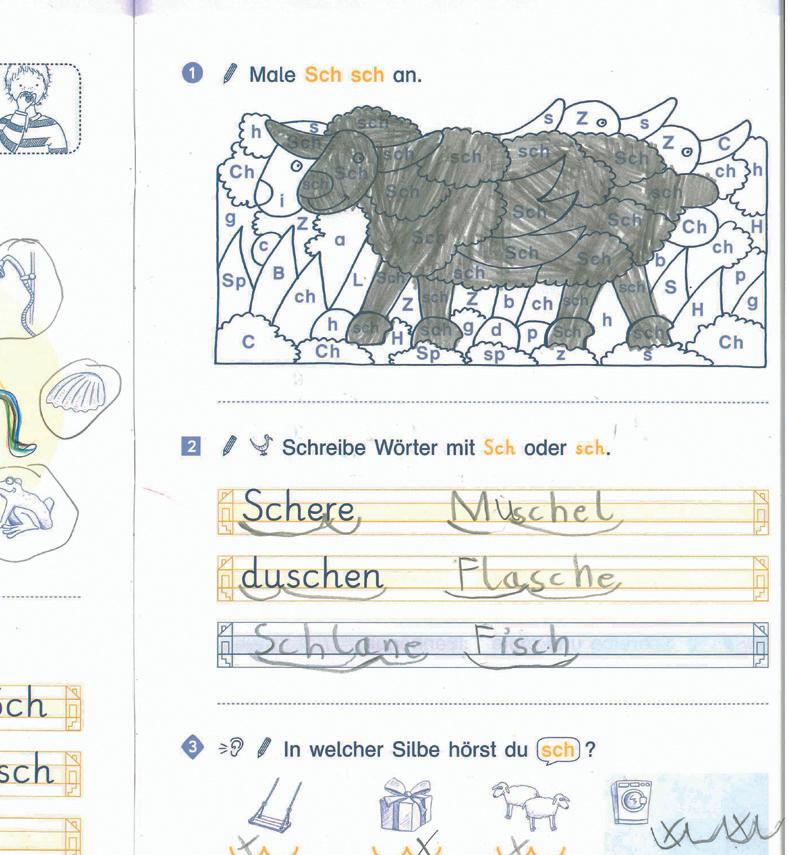

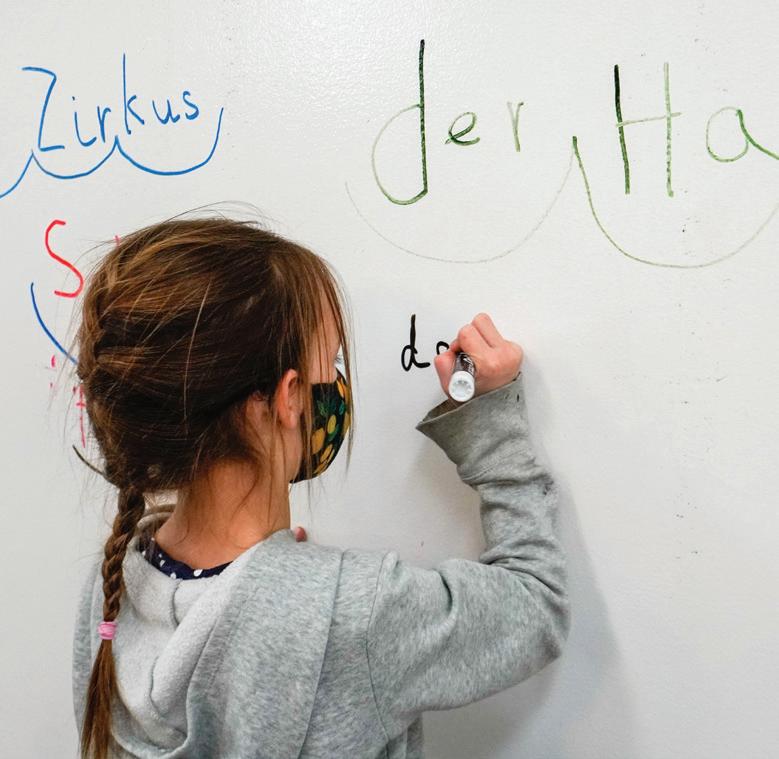

Spring 2023
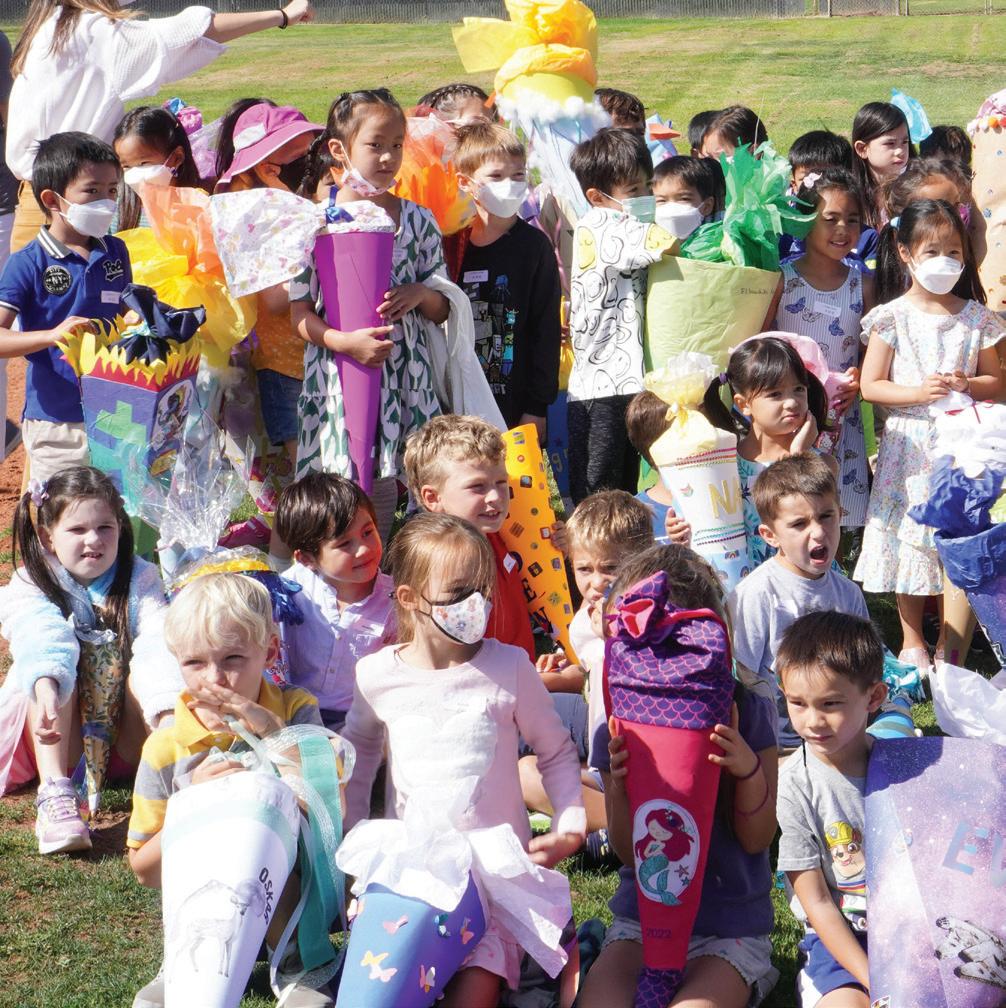
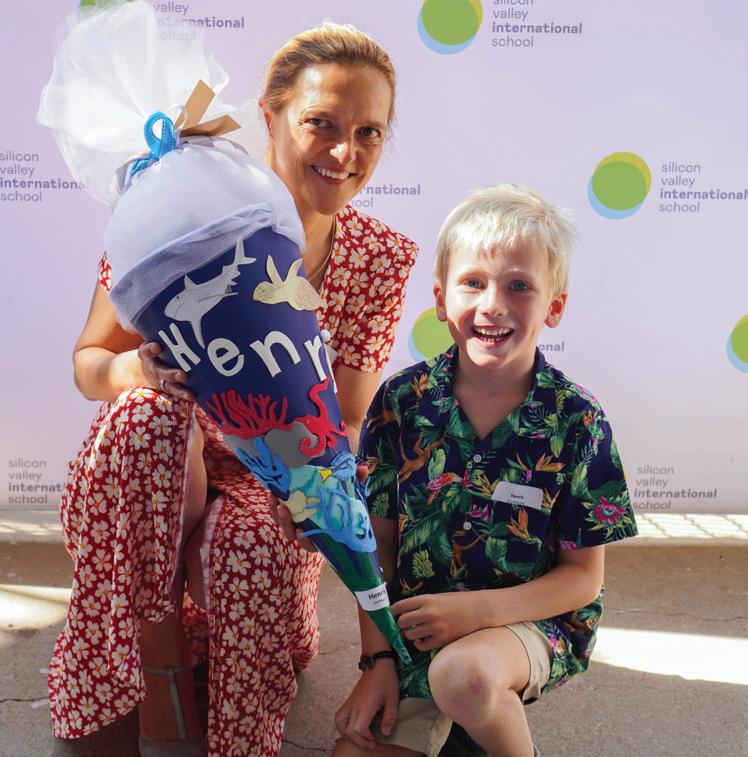

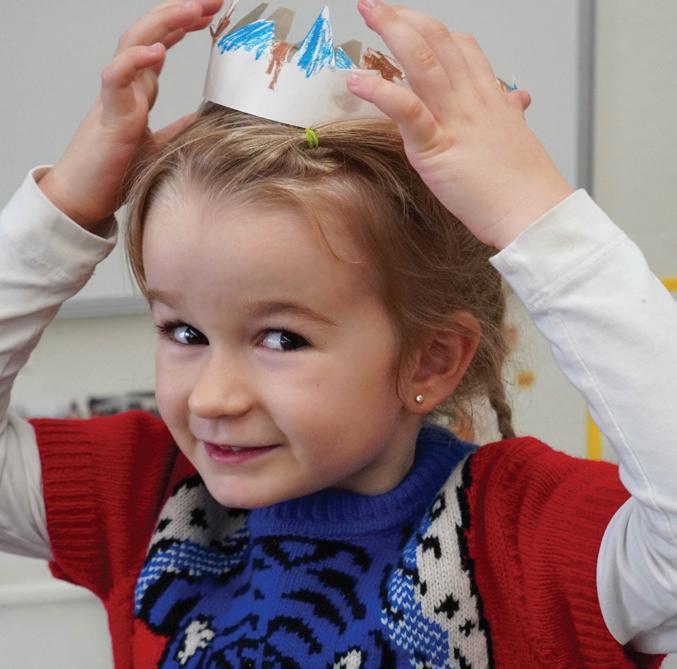
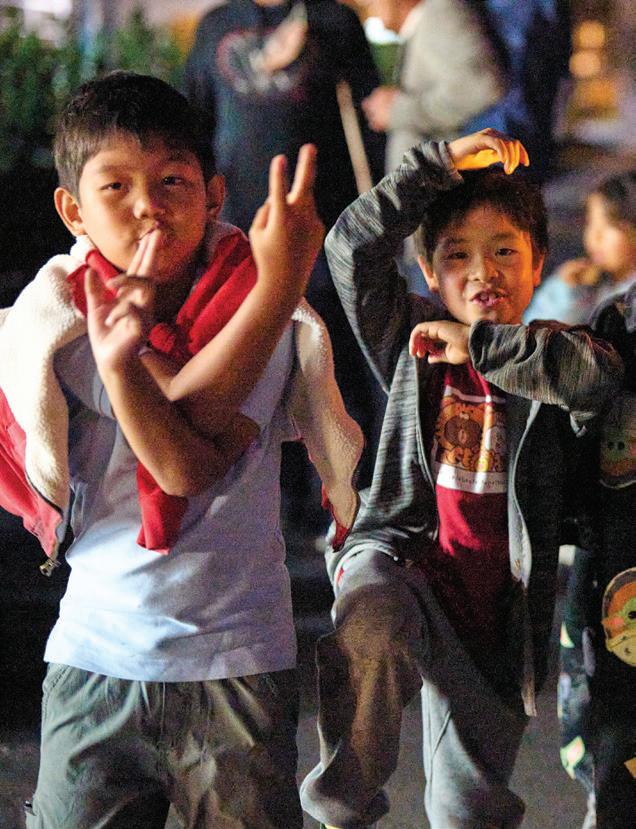
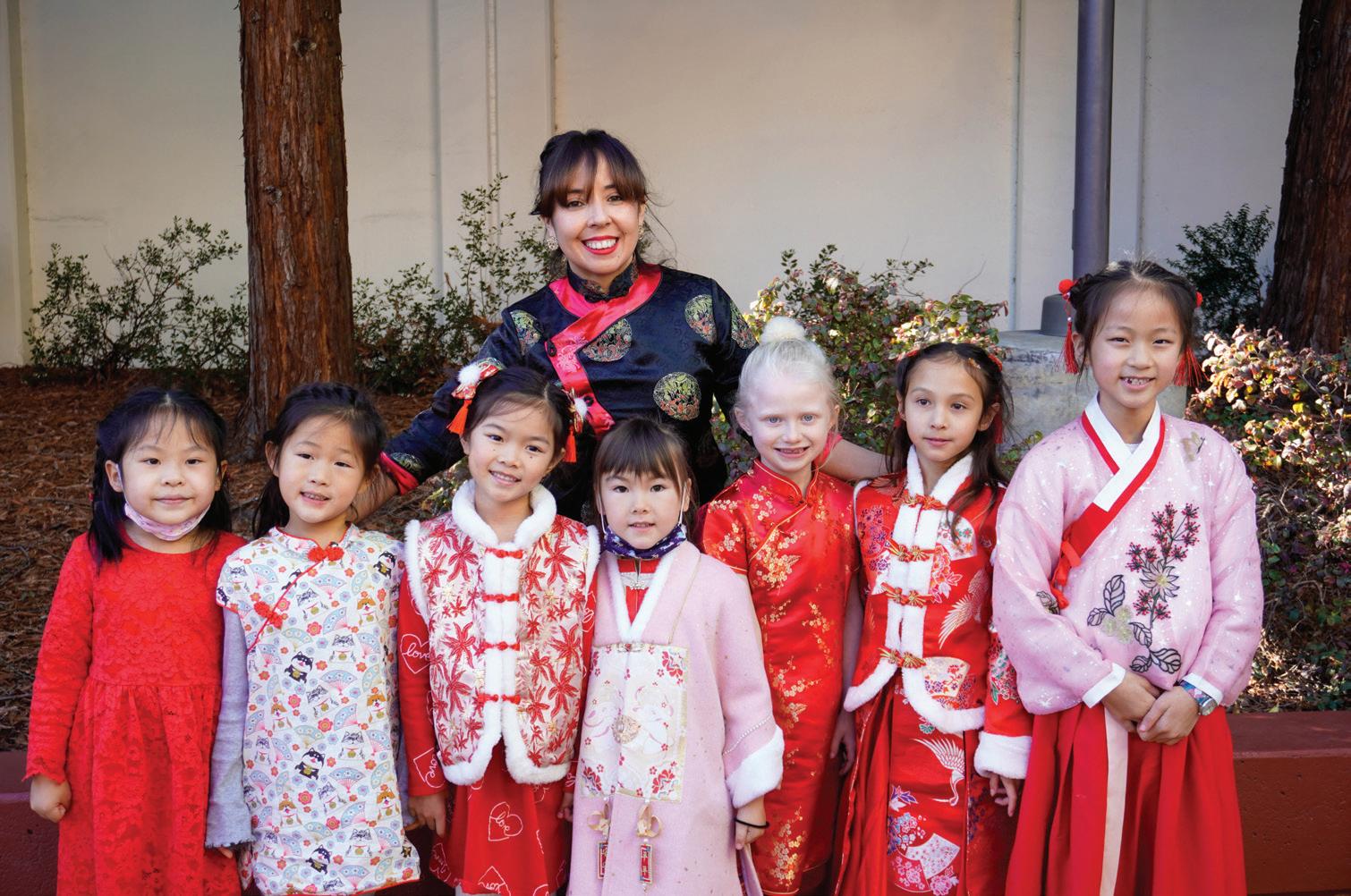

SCHULTÜTE
農曆新年 LUNAR NEW YEAR
–
GALETTE DES ROIS
CROSS


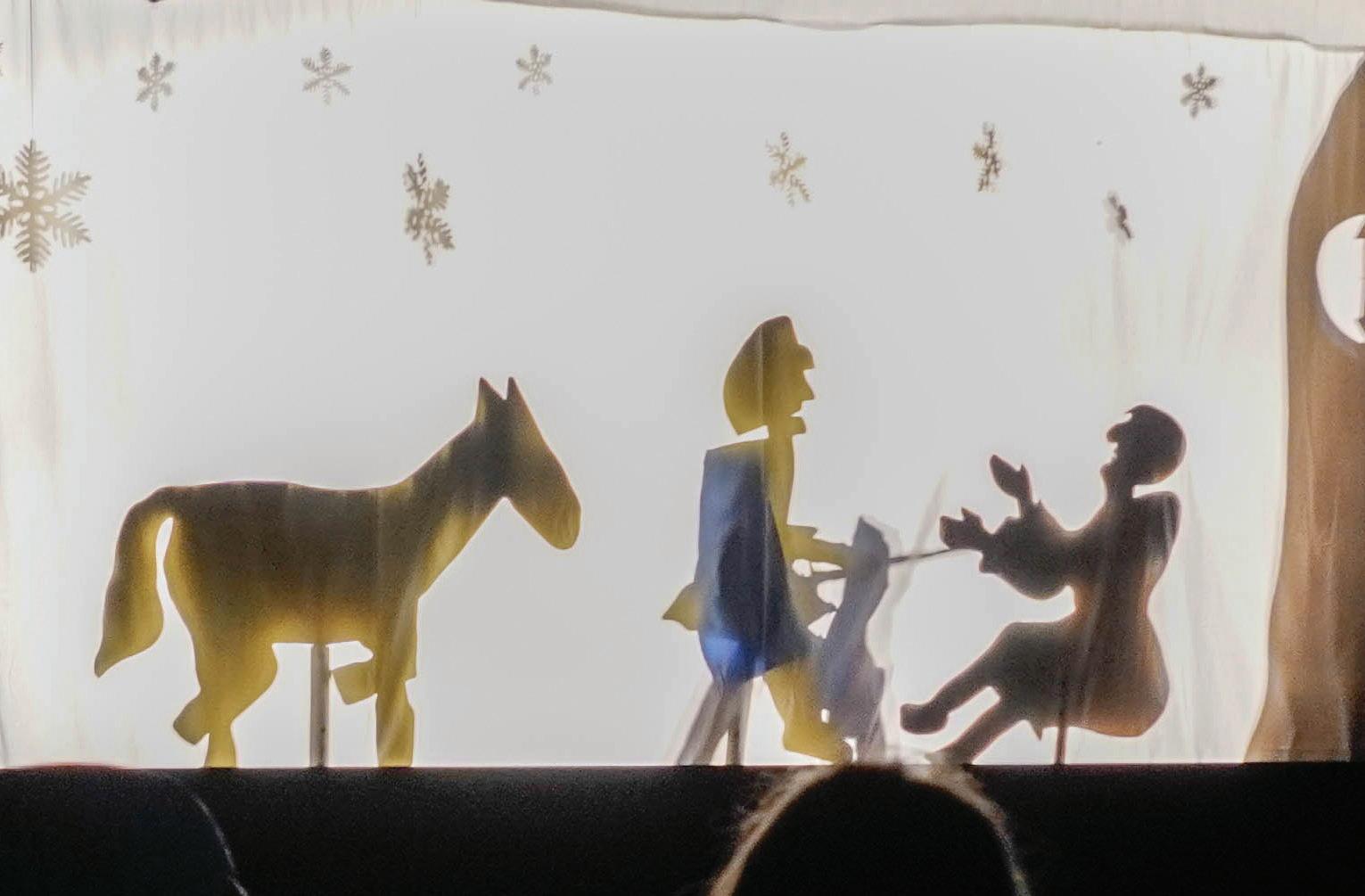
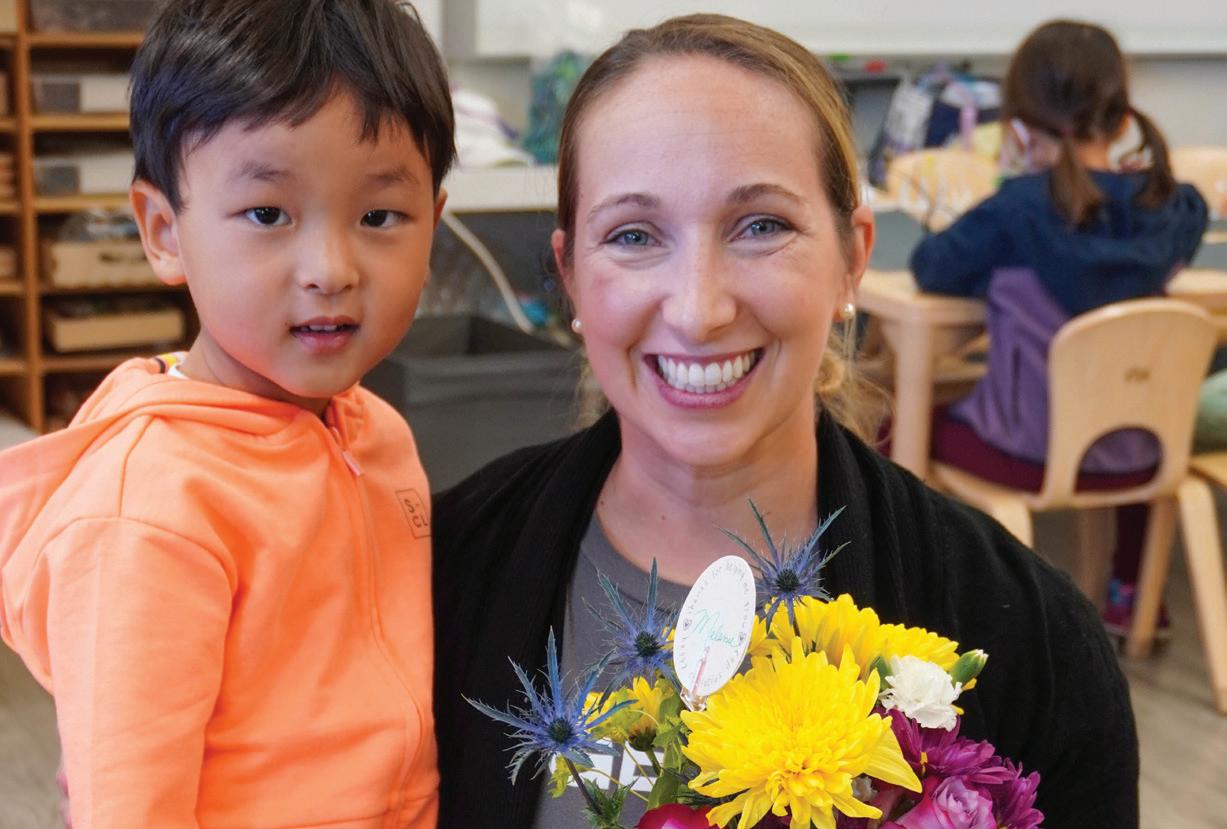



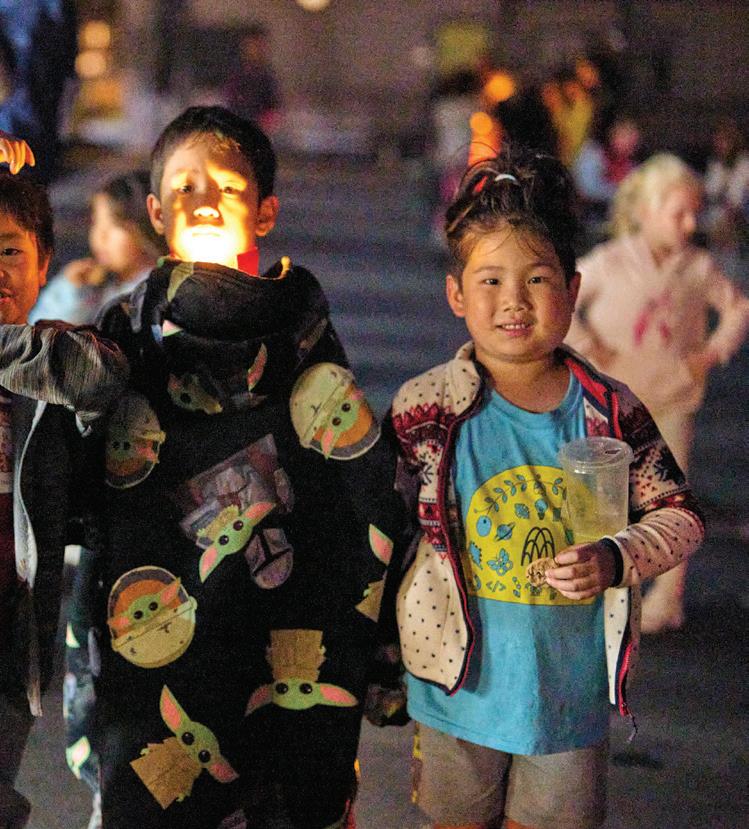
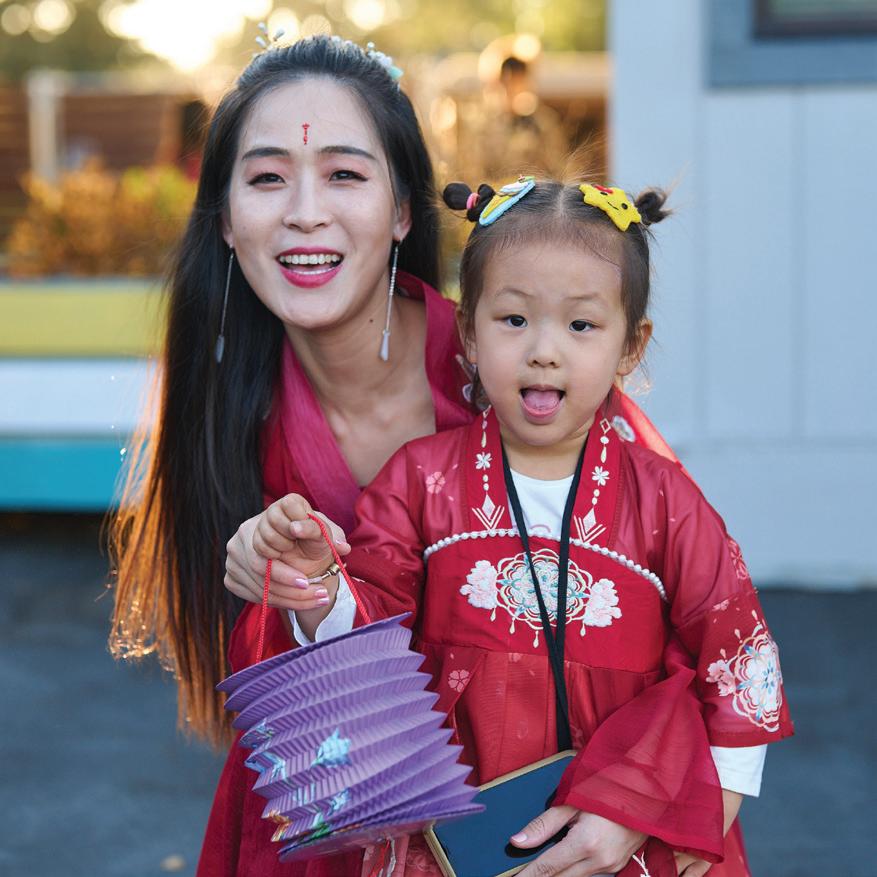
CONFUCIUS DAY
SEMAINE DU GOÛT TASTE WEEK
ST. MARTIN'S DAY
教師節
LA
LATERNENFEST
月圓人團圓 MOON FESTIVAL CELEBRATIONS CULTURAL –
INTL Students Build Cultural Fluency: The Return of International Trips

 By Olivier Monteil, French Academic Dean
By Olivier Monteil, French Academic Dean

After three years of pausing our international exchange trips due to the pandemic, we are thrilled to be able to bring back this long standing tradition at our school! One of the trips (in addition to trips to La Source, Taiwan, Guatemala, etc. across Upper Elementary and Upper School divisions), our 4th and 5th graders in our French Program will return to Fumel, France!
This unique experience provides our students with a valuable opportunity to not only strengthen their French language acquisition, but also to immerse themselves into French culture. Students stay with host families, attend local school, and visit important cultural sites during their trip. On our most recent trip, our students visited the iconic Notre Dame Cathedral in Paris before its devastating fire. They were lucky enough to witness the beauty and history of this magnificent structure before it underwent renovations. We frequently hear from our alumni students that this experience is one of their major highlights of their time at Silicon Valley International School.
One of the most valuable aspects of this trip is the stay with the host family. This experience provides students with a deeper understanding and appreciation of the daily life and customs of a typical French family. For example, in France, it's considered rude for a guest to open their host's refrigerator without permission. Also, meal times are an important part of French culture and people generally sit down for full meals together, often spending hours at the table enjoying food and conversation with their family or friends. They learn about the culture from a personal perspective and develop a
Globe 22 INTL Students Build Cultural Fluency: The Return of International Trips
As a 12-old in a very new environment, I was able to absorb a lot of the culture [in La Source] and expand my worldview
- Maia Chamberlain INTL Alumni '12
sense of belonging, fostering connection and, as our mission states, are empowered to embrace complexity and think critically from multiple perspectives (and cultures!).
Additionally, staying with a host family allows our students to create a bond of friendship with the child of the host family, which can last a lifetime. It allows them opportunities to grow both linguistically and personally.
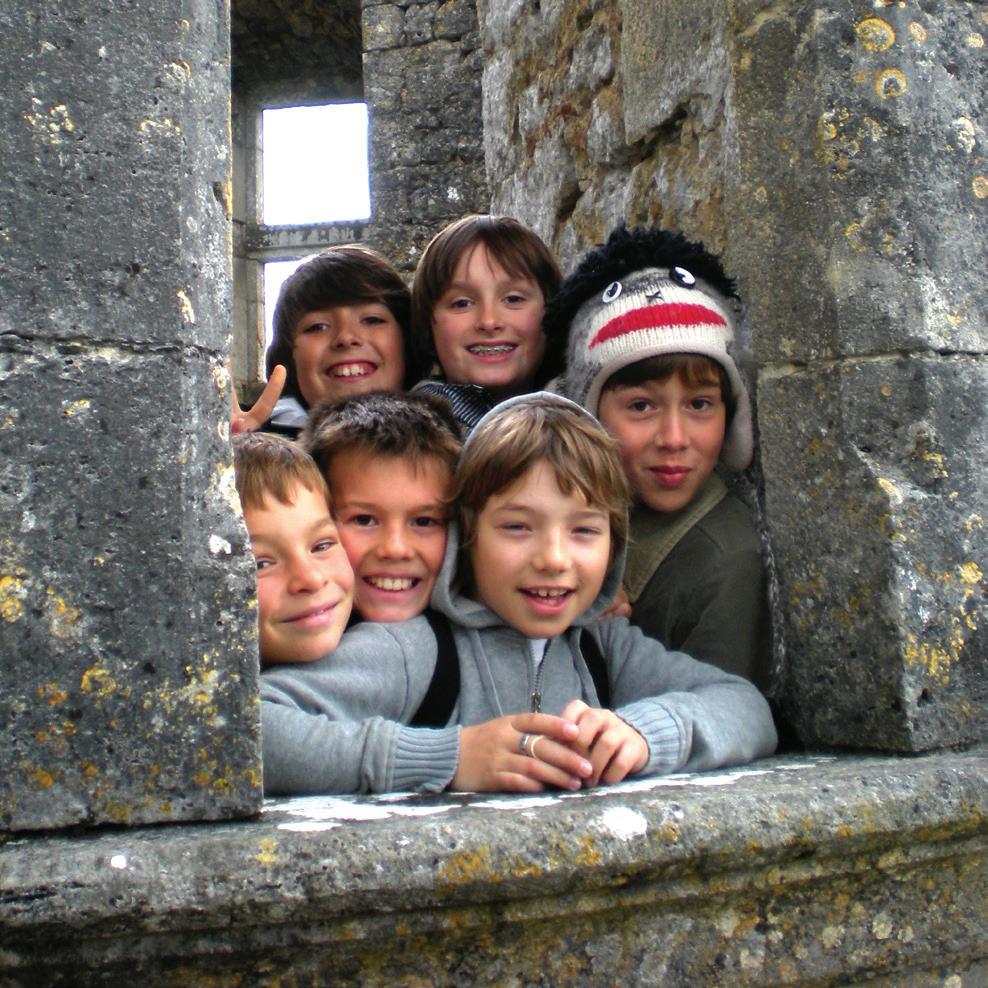
“As a 12-old in a very new environment, I was able to absorb a lot of the culture [in La Source] and expand my worldview,” recalled Maia Chamberlain, INTL Alumni ’12. Maia attended La Source exchange trip in Middle School.
Through this trip, students also build their sense of independence and self-reliance as they navigate a new environment. While they are supervised by the trained teachers and chaperones on the trip, students are given space to develop confidence and resilience on this trip in an environment that does not include their immediate family members. Having students manage their own money during field trips can be an effective way to teach them

about fiscal responsibility. This allows them to experience the value of money and make decisions about spending and budgeting, helping them develop important life skills. This ultimately provides them with a sense of accomplishment and resiliency.
In terms of language immersion, there is no greater opportunity to practice the language than to completely and utterly surround oneself with native speakers. Students can pick up colloquial expressions and informal language that are not covered in traditional classroom settings.
On the streets of Paris, students can hear the cadences and patterns of everyday French. It can be as simple as overhearing someone ordering lunch at a cafe or as complex as discussions about current events.
The benefits of cultural immersion, language practice, building intercultural competency, fostering independence, and creating crosscultural connection is a special experience that Silicon Valley International School provides and helps to shape our students into well-rounded, open-minded, and globally-conscious individuals.
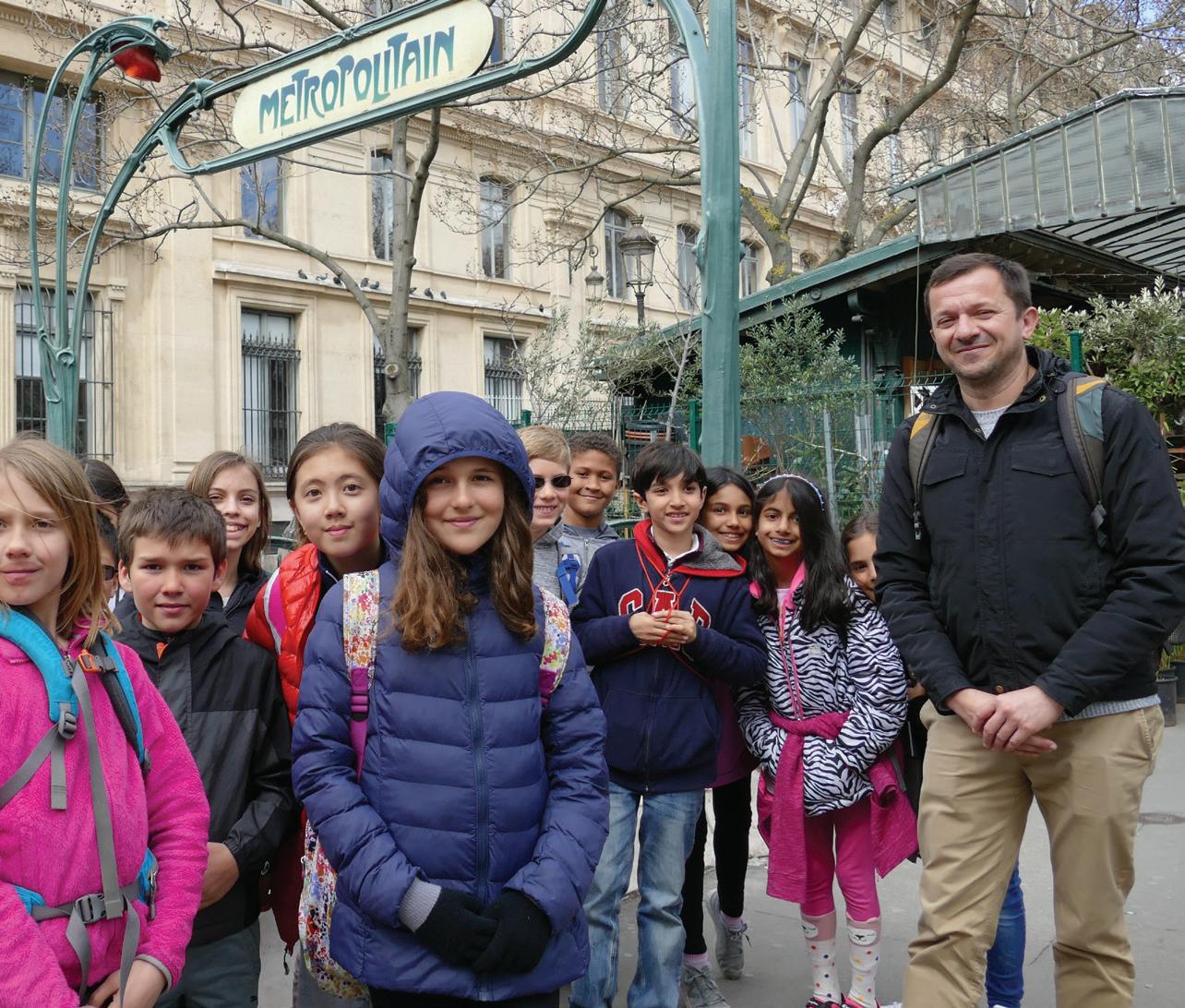
23 Spring 2023
Using Technology to Amplify Student Stories
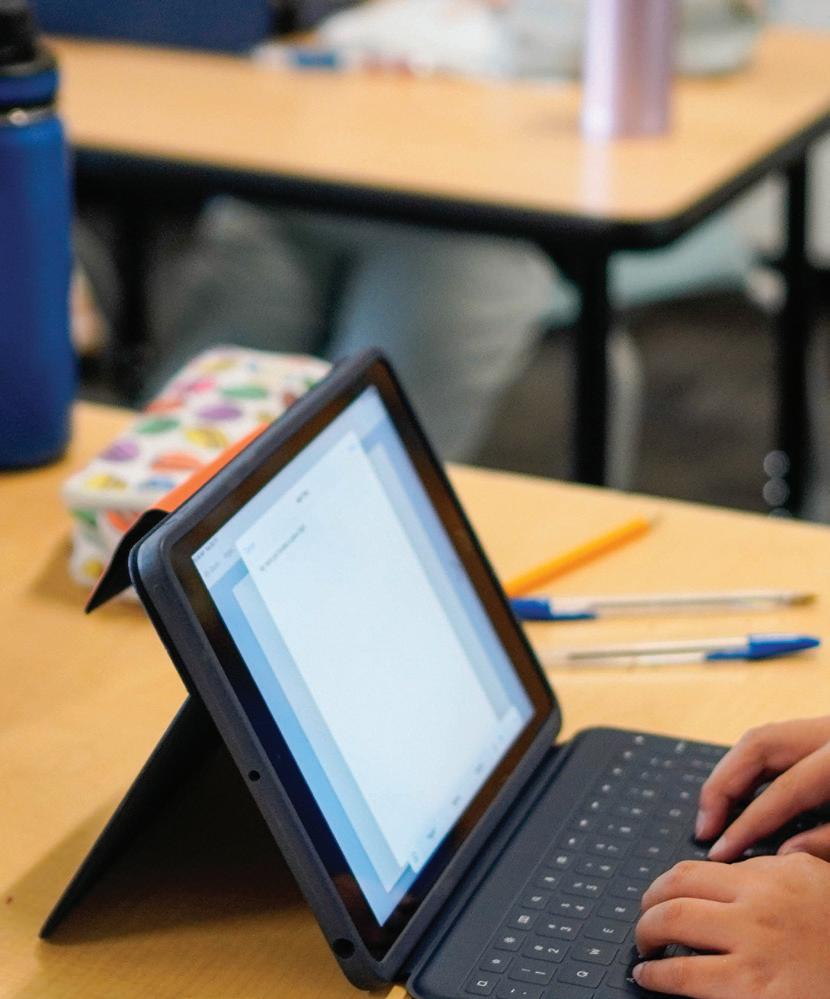 By Jon Molayem, English Program Academic Dean
By Jon Molayem, English Program Academic Dean
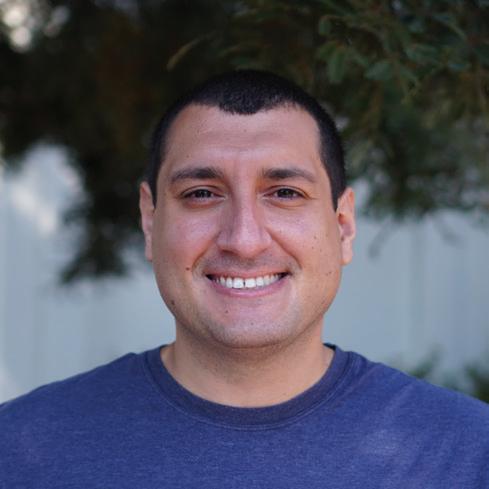
In the 2nd Grade, I wrote a story about how I wanted to grow up to be a pilot. For an eight year old, this story was some of my best work—it had detailed illustrations, my neatest handwriting, and it was four pages long. When I brought it home, it went to the shrine where all my best work went: the refrigerator door. I was so proud to have my work displayed for my family to read. Whenever we had visitors, I shuffled them into the kitchen and gestured to my latest work. Their positive reactions and accolades motivated me to write even more.
Today at INTL, tech tools have empowered students to amplify their stories beyond the walls of the classroom. Student devices in our classrooms have brought the “refrigerator door” into the palms of their hands and into the immediate hands of their families who can see their work, anytime and anywhere. At INTL, our students utilize online portfolios like Toddle and Vidigami to share their work with their families and family friends instantly. What’s more, parents then have the opportunity to respond to their child’s work and give them encouragement and feedback in real time (without leaving the office!).
It is an important reminder that even though students have access to 1-to-1 devices, that does not guarantee that students will use them effectively. Indeed, teachers today have access to hundreds of apps and programs that support student learning in the classroom, which oftentimes may be overwhelming to choose which apps best support their students. When sifting through hundreds of these apps, however, there is one application that remains a cut above the rest and is conveniently pre-installed on every device: the camera.
Using the camera in the classroom to capture student thinking is an enormously powerful tool in all phases of learning. And, it goes beyond snapping a picture. Whether brainstorming ideas or editing a final draft, students can turn on the camera, record themselves reading their work, and listen and watch it back again to fine tune their work.
The halls of the Cohn Campus are often filled with students recording their English, French, German, and Chinese stories–all with the goal of improvement.
The halls of the Cohn Campus are often filled with students recording their English, French, German, and Chinese stories–all with the goal of improvement. Beyond helping the students edit and polish their work, the camera also makes the stories that students tell shareable not only with their families outside the classroom, but with their peers in different
24 Using Technology to Amplify Student Stories
classes. We saw the utility of the devices last year, when 2nd Graders used the camera and the Flipgrid app to share their fairytale writing with students in different classes and solicited feedback from those students — all directly in the app.
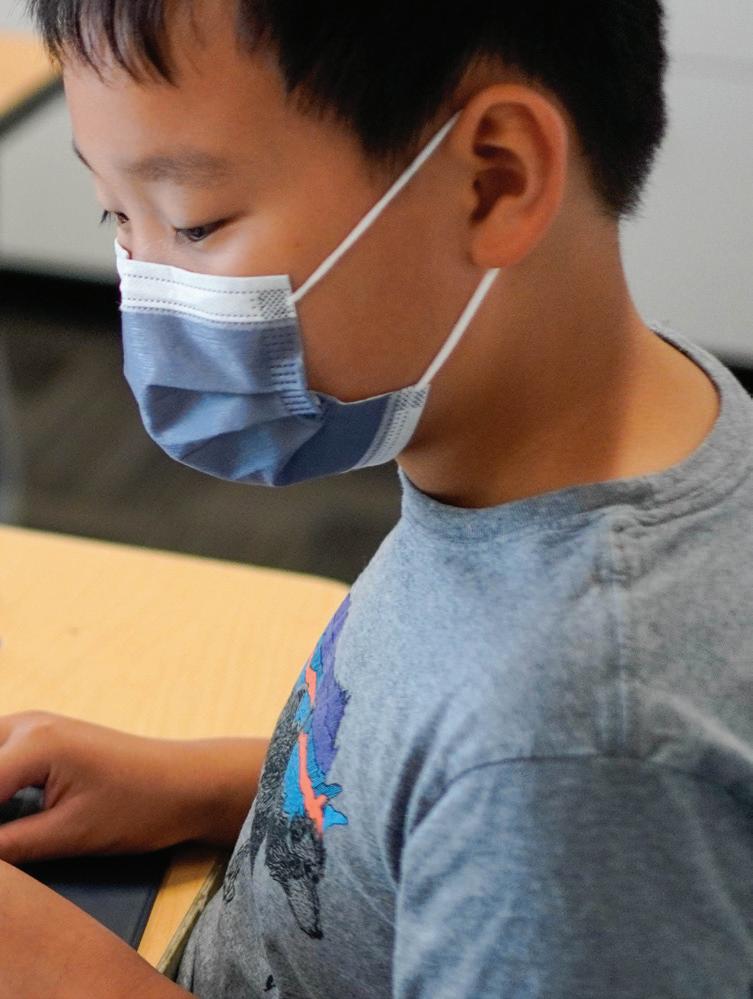

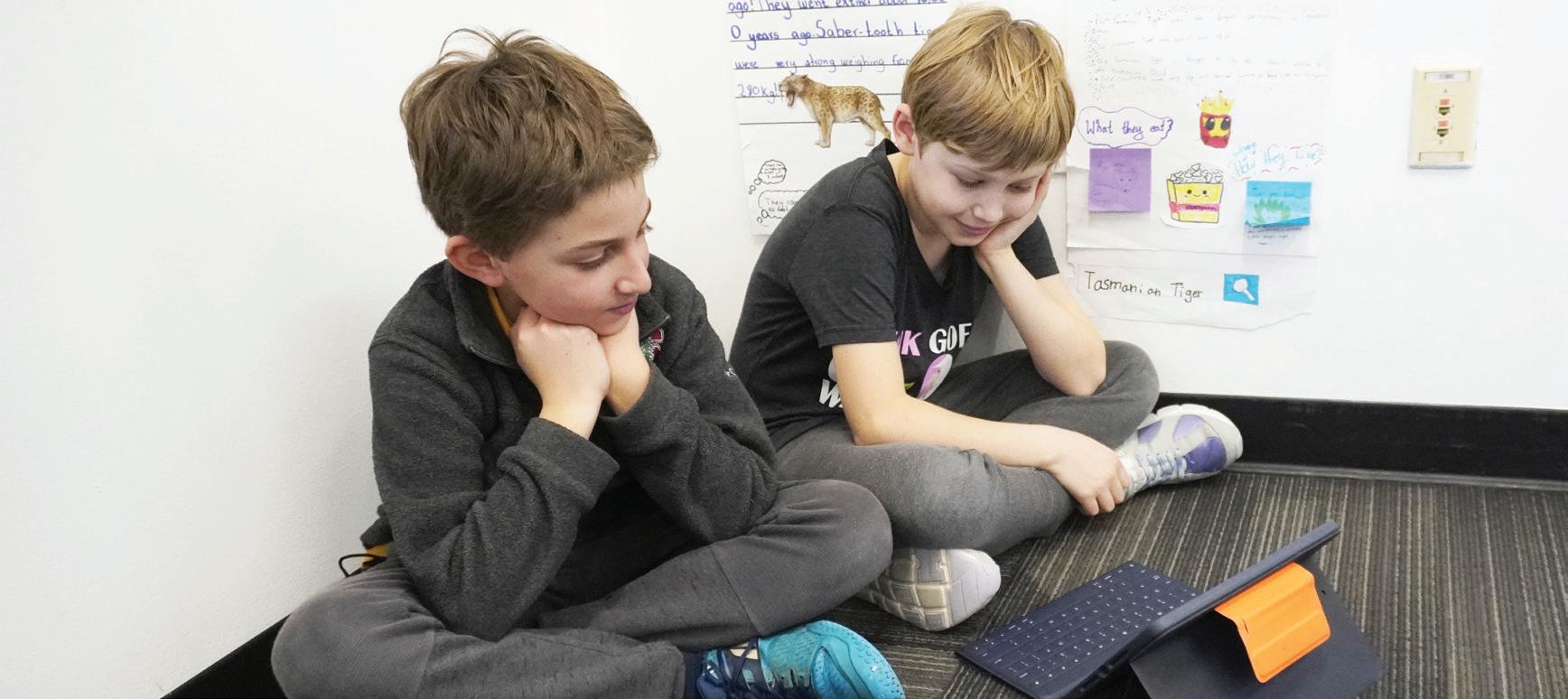
Using technology for storytelling in the classroom supports more than just the students’ language skills. As an IB school, INTL emphasizes strong communication skills in a transdisciplinary context. Skills and competencies from one subject are applied across disciplines to support student mastery in others. In math, for example, students at all levels are required to solve word problems that require reading comprehension — in addition to their ability to calculate the answer. As scientists, students need effective storytelling skills to help communicate their findings and observations from experiments and using the camera is the perfect tool to share their learning.
Access to technology is fundamentally shifting the ability of students to connect with others. At INTL, our students are empowered to use classroom tech to amplify their voice and share their stories with their families and beyond. We’ve moved beyond the refrigerator door, and have leaned into refining and perfecting our work via technology.
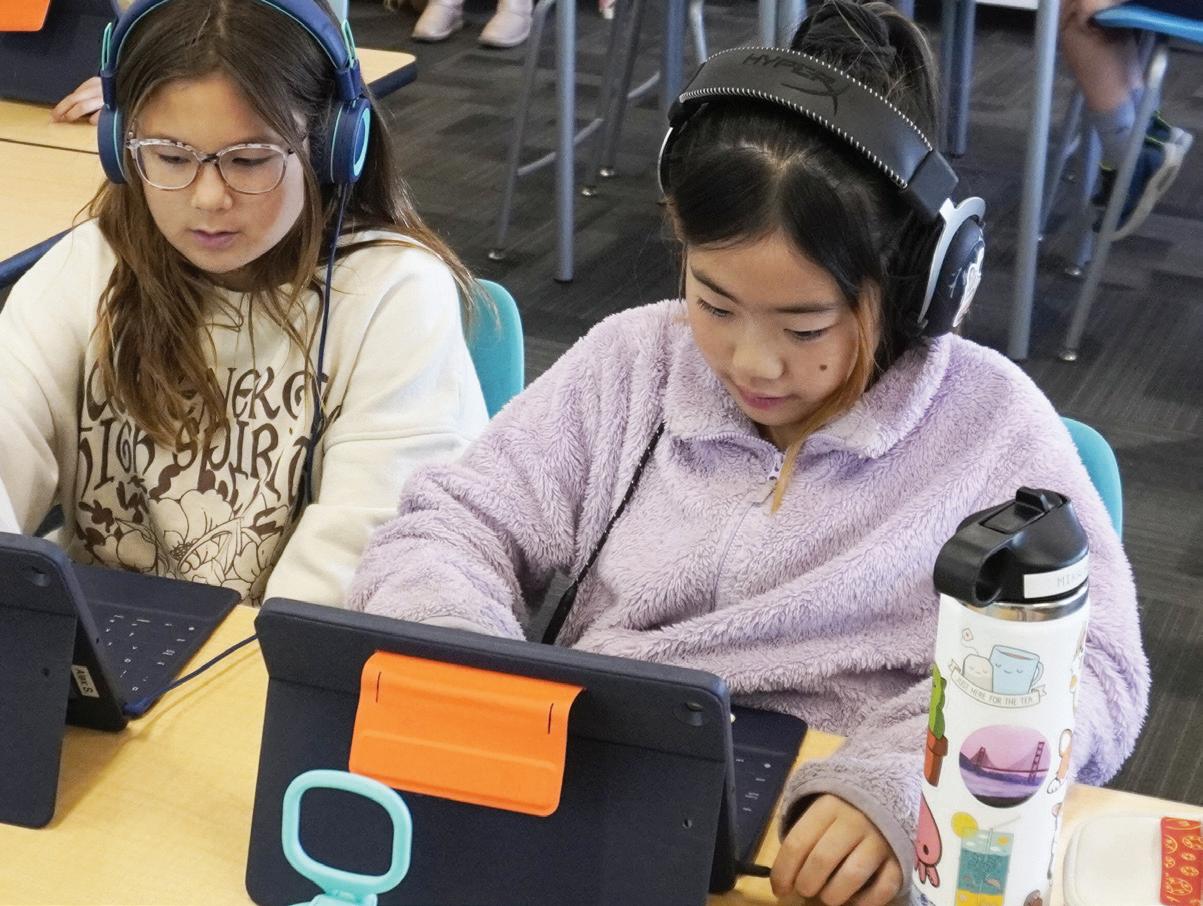
Researcher’s Workshop in the 1st-5th Grade Chinese Program
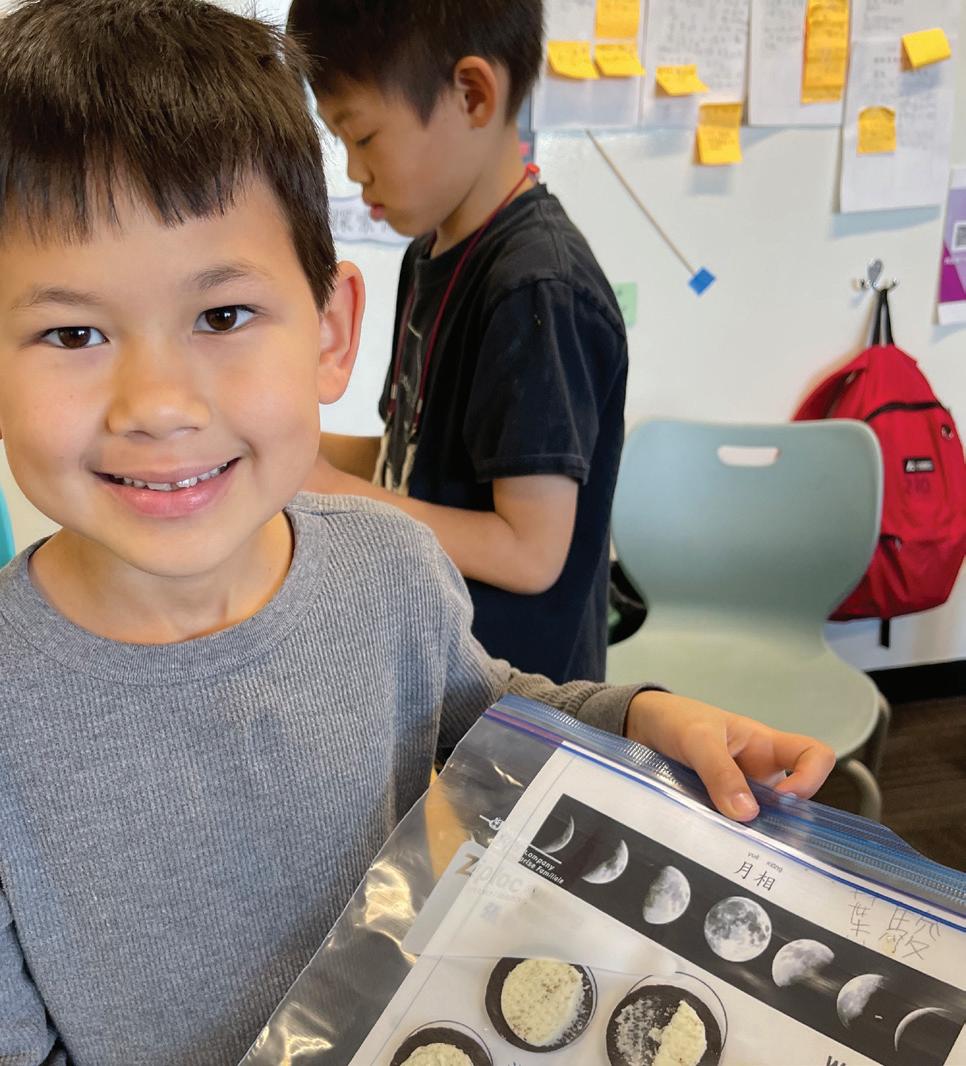 By Ya-Ching Chang, Chinese Program Academic Dean
By Ya-Ching Chang, Chinese Program Academic Dean

One of the most important aspects of our combined bilingual and inquiry-based education is that students can draw from their different linguistic repertoires to engage in discovery from multiple lenses through reading, writing, and researching. At Silicon Valley International School, we provide students with opportunities to explore and wonder, and support them to investigate, research, and initiate their own action on local and global issues. While the core curriculum remains, each year is different for both our teachers and students as we look for new ways to empower our students in their own education. In the Chinese Program this year, we specifically focused our curriculum on teaching reading and writing through a researcher's lens. Through reading and research, students studied content area topics. They would then write about their findings to further summarize and synthesize
information and their own ideas. The process would then repeat as they discovered more information and knowledge.
The researcher’s workshop, which is embedded in Units of Inquiry, offers students opportunities to find information through reading both fictional and nonfictional texts, as well as gives explicit instruction on how to write narrative, informative, and opinion-based texts based on the writing progression framework. When doing research, students not only have their individual time for reading and writing, but also engage in purposeful talk and conversations with their peers and teachers. In this process, students develop a variety of strategies such as drawing, making, discussing, analyzing, paragraphing, and debating to construct new knowledge of and gain new insight and understanding into a variety of different perspectives.
What does a research workshop look like in different grade levels? When visiting a 1st Grade classroom, you will notice that students are reading about field trips to different places, such as zoos, parks, museums, and amusement parks. Through analyzing how different authors crafted their work and identifying the key elements in descriptive writing, students are able to connect the contexts with their own experiences, such as a field trip to Santa Cruz, in their narrative journals.
Globe 26 Researcher’s Workshop
In a 3rd Grade classroom, students are curious about the Moon and how and why the phases of the Moon occur. They use their observation skills to record daily Moon phases and conduct experiments about the positions of the Earth, Moon, and Sun that can cause the different phases. Then, through reading a variety of nonfiction texts about Moon exploration, working on paragraphing skills, and analyzing the structure of informative texts, students conclude their learning through researching and writing. At the end of the Unit of Inquiry students present their Moon Learning Reports through informative writing and a created video which they show to their audience.
In 5th Grade, while students are inquiring about different governing systems, they are evaluating evidence, investigating which systems are ideal while establishing their position on the topic in their argumentative writing. When connecting with Chinese history, some students found that they are interested in the rise and fall of the Qing Dynasty and started debating if the Qing Dynasty should have imposed a policy of self-isolation.

At Silicon Valley International School, we believe that when students think critically, they are analytical and reflective, and student agency and independent thinking thrive as students explore the world around them through a lens of researchers.
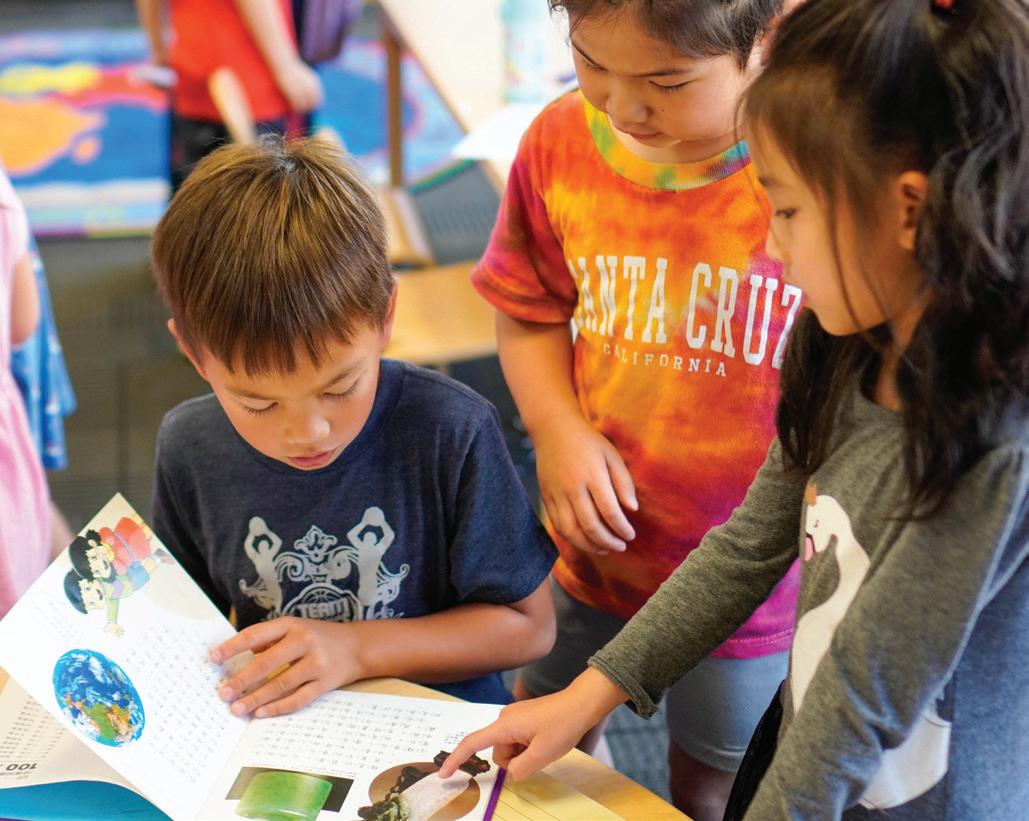

Spring 2023
INTL'S BILINGUAL JOURNEY & IB CONTINUUM

The unique benefits of our Upper School (6th-12th) programs and the opportunities provided to our students to reach their full potential are foundational to their success.

Globe 28 INTL's Bilingual Journey & IB Continuum: The Path to Academic Excellence
the
path to ACADEMIC EXCELLENCE
By Barbara Greiner, Head of School, & Geneva Robinson, Assistant Head of School
At Silicon Valley International School, we have a clear blueprint that defines the role of bilingualism at different stages of a child’s development:
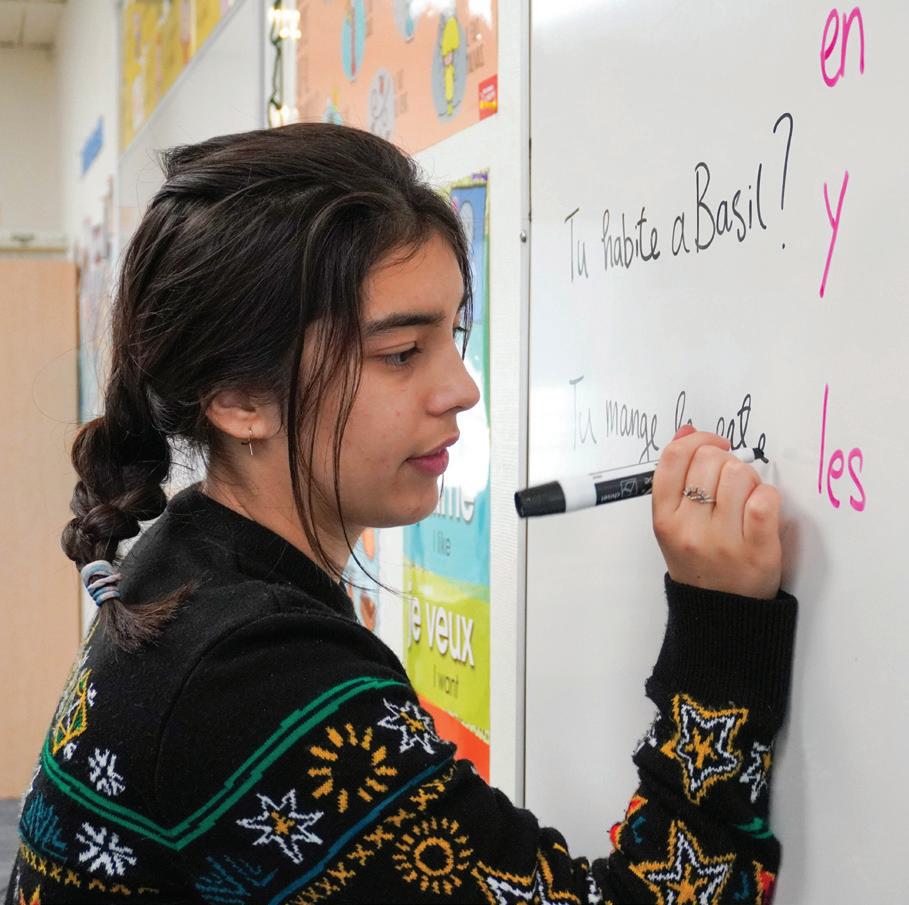
Early Years and Elementary School builds a strong bilingual foundation that promotes in-depth and foundational learning through exploration, discovery, and creativity. Students are immersed in their target language on average 70% of the time and learn most subjects through either Chinese, French, or German. With over 40 years of excellence in bilingual education, our main strengths in these divisions are maintaining the right balance between tradition and innovationand a thoughtful alignment between our English and target language programs. Both allow students to build connections between concepts, knowledge, and skills taught in the two languages and provide the foundation for their next stage of learning in Upper School.
The unique benefits of our Upper School (6th12th) programs and the opportunities provided to our students to reach their full potential are foundational to their success.
INTL’s middle school program is designed to challenge students to think critically, inquire and question deeply, and approach problems from different directions and perspectives. Our high school program empowers students to discover and pursue their passions while also setting them apart through the rigorous, world-class IB (MYP/ DP). With a focus on bilingualism, creativity, empathy, academic excellence, and critical thinking, our students are equipped with the skills and knowledge necessary to reach their full potential in an ever-changing world.
29 Spring 2023
middle school (6th-8th)
Middle School is where the years of learning through another language are strengthened by challenging students to think critically and build structured arguments in two languages. Over the span of 27 years, our International Middle School has grown to a vibrant student body of 130, with approximately 50 students per grade level and three classes per grade level. In the Middle School, we see our four language programs come together, with students being mixed in their classes that are taught in English, while also still remaining with their language-peers in classes taught in Chinese, French, or German, For those just entering the school, our Upper School Language Acquisition program provides rigorous and accelerated work in a second language to help them to become proficient in their new language at a much quicker pace in comparison to other
schools. Through our immersion model, students acquire different thought processes uniquely characteristic to each language, developing different ways to think, process concepts, and problem-solve.
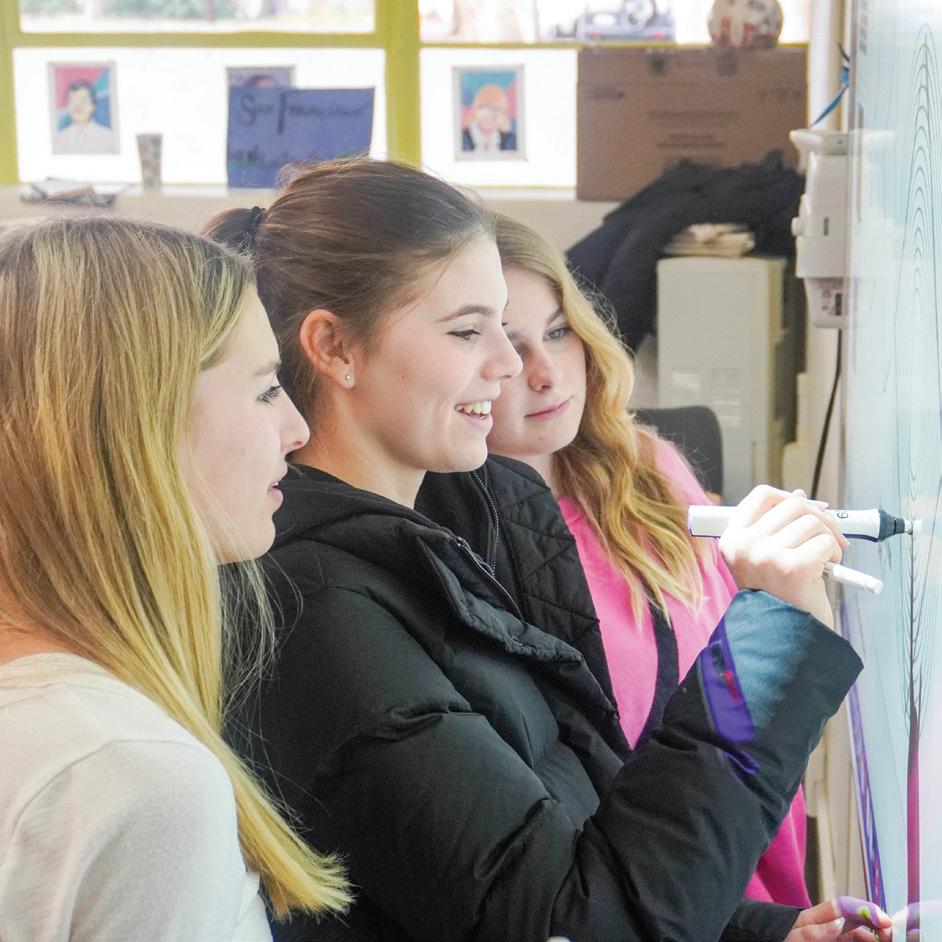

Our talented Middle School teachers capitalize on the benefits of our bilingual education by empowering students through a complex and demanding curriculum complemented by our arts program and co-curricular activities. They emphasize our C.O.R.E. Values of Community, Openness, Resilience, and Empathy – nurturing character development in a supportive environment where each student is known. Students, are encouraged to reach their fullest potential by developing important skills such as learning how to work, asking difficult questions, researching and finding answers, building an argument or proof, communicating important ideas, making ethical decisions, and more. As a result, our Middle School students are adaptable, resilient, and empathetic individuals whose academic strengths allow them to think independently and critically. Because of this environment and influenced by their bilingual education, INTL middle school students are uniquely creative, incredibly open-minded, and respectful of different cultures and identities.

Globe 30 INTL's Bilingual Journey: The Path to Academic Excellence
It is when you are attacking college courses and completing your first internships in the workforce that you realize how special an IB education is. You are being continually treated to a development path that far excels any other, and has you comfortable in unfamiliar and diverse contexts. Coupled with an international lens and bilingualism, the IB truly is the real deal.
~ Niklas Wittig, Class of '21
high school (9th-12th)
INTL’s high school empowers students to discover their passions by offering a world-class International Baccalaureate preparatory program that sets its students apart. Our school has the unique opportunity to offer our students three variations: the IB Diploma, the IB Bilingual Diploma and the IB Advanced Bilingual Diploma. The IB Diploma is the gold standard of international education, not only opening doors to colleges and universities worldwide, but best preparing students for tertiary education.
The emphasis on interdisciplinary critical thinking and powerful written argumentation of the Theory of Knowledge course extends students into the type of epistemological investigations that enrich their lens on the world of academia, setting them apart in their first year of college. Many a fall, our high school alumni write to their teachers or drop by school and specifically mention that their training in this course was immediately useful in the lecture halls and seminars of their universities of choice.
The in-depth, challenging, and personally engaging study of seven diverse subjects through to the end of 12th grade ensures our students have the rigorous academic preparation they need for their college majors or university courses, but also the breadth of academic experience that supports their thinking, problem solving, and written and oral argumentation in all arenas. The IB Diploma includes the study of two languages, with our bilingual students studying both at the literature level, one humanities class, one science class, one mathematics class, a sixth subject of their choice, and Theory of Knowledge. Our German and Chinese program
students have the option to write their 4,000 word (German) or 4,800 charachter (Chinese) thesis-style Extended Essays in their language, and French program students in the class of 2025 and onwards will reap the benefits of a newly offered IB Advanced Bilingual Diploma by taking a second subject in French.
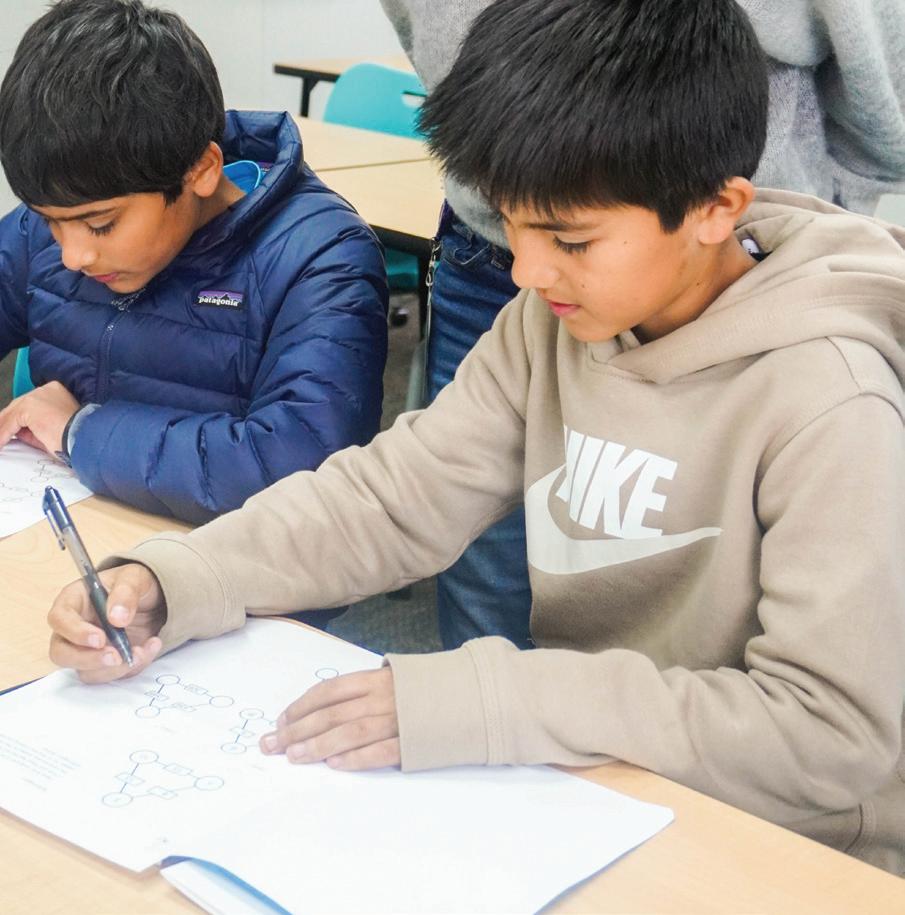
The excellence of our students is displayed through their performance in the IB Diploma. Our 2022 cohort posted an average score of 36, four points above the world-wide average, with a 100% pass rate. This marks the third-straight year our students have earned a perfect 100% pass rate. In addition to the IB Diploma, all three of our students who sat for the Bilingual Diploma passed in English and German.
No one can speak better to the benefits of the IB Diploma than our own graduates, such as alumnus Niklas Wittig, Class of '21, who recently visited INTL and spoke to our Board of Directors about his experience.
Niklas says, “having been in the IB since preschool, my realworld application and critical problem solving skills were fostered from day one. So when I arrived in high school, I was fully prepared to tackle the rigorous and demanding IB Diploma Program.”
"It is when you are attacking college courses and completing your first internships in the workforce that you realize how special an IB education is. You are being continually treated to a development path that far excels any other, and has you comfortable in unfamiliar and diverse contexts. Coupled with an international lens and bilingualism, the IB truly is the real deal.”

31 Spring 2023
the written word:
a collection of middle school poetry and stories
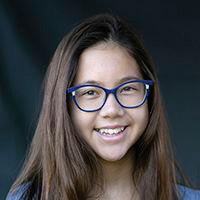
永恒墙
我永远都站着不动, 像巨人冻结在石头里
我穿过中国, 好似龙在天空里飞翔
我每天看着太阳起起落落, 如没完没了的歌曲一样
我被派来保护贵族, 好像他们藏身的宫殿
我有承载百万士兵的力量, 好似一根负重的树枝
千百年来我被渐渐侵蚀, 好像爱的情怀被渐渐遗忘
我是被重建的永恒墙, 如一棵红杉树在寒冬后新兴茁壮
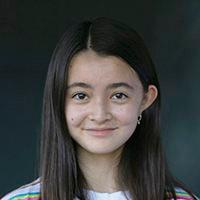 By Alia B. & Sophie S., 8th Grade
By Alia B. & Sophie S., 8th Grade
Is life good?
Children starving during a brutal war
People turning a blind eye towards this
War is hard-hearted, filled with bloody gore
Life has turned into a big, dark abyss
Endless pain and suffering with no end
Human beings being killed left and right
There is no gorgeous bright light to descend
A proud graveyard; there is no end in sight
But when you do it right, it is a blast
Even at a young age, I love it so much
The future is ours, but also the past
I can feel the golden hot Sun's warm touch
Combined with love and care from all of us
Talk about this life, it is to discuss
By Sophia H., 7th Grade
Unsere Stadt
Ich stehe auf einer Brücke und beobachte die Passanten. Die kleinen Jungs mit ihren Tanten, und die Frau mit ihrer Perücke.
Die Straßen werden grauer und die Sonne trauriger. Die alten Männer schauriger und die Gesichter noch saurer.
Aber unter all der Dunkelheit, gibt es etwas Glückliches. Fremde sagen etwas Freundliches und Kinder genießen ihre Spielzeit.
Ich stehe auf einer Brücke und beobachte die Passanten. Das Treffen mit Verwandten und das Spielen mit Holzstücken.
In meiner Stadt ist es fröhlich. Die Menschen und die Orte, die Töne und die Worte. In unserer Stadt ist es fröhlich.
By Aurelia S., 8th Grade

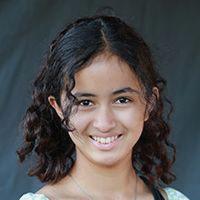
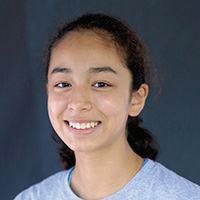
Récit de voyage
Devant moi se dresse un paysage exotique avec une montagne deux fois plus grande que la colline verte du grand Khan. S’il avait été là, le grand Khan aurait pris tous ces arbres, inconnus à la Chine, et les aurait fait monter à dos d’éléphant sur la colline verte. Il y a une personne au loin. Je m’avance et commence à lui parler. Cette femme porte un chapeau de paille avec une fleur provenant d’un de ces arbres inconnus. Elle porte aussi un bâton sur son épaule avec un sac de tissu noué à son extrémité. Sa robe fleurie des mêmes fleurs que son chapeau étincelle tel un diamant. La femme est mince et grande avec une peau brune. Sa tenue ne ressemble ni aux habits du grand Khan ni aux miens. Elle a une voix douce et calme. Elle est très gentille et grâce à elle j‘ai pu retrouver mon chemin.
By Anaïs B. 7th Grade
By ???, 8th Grade
Globe 32
。
。
。
。
。
。
。
Zwei Papageien
Der Papagei, er lebt im Regenwald. Er will fliegen, nämlich bald. Steckt fest in einem Käfig. Da bleibt er ewig!
Es gibt Platz, aber wenig. Ach herrje, wann kommt er da ‘raus?
Wenn überhaupt, gibt es hoffentlich Applaus?
Doch eines Abends sind alle Lichter aus. Er will dringend hinaus.
Der Papagei hört Geräusche. Aber was ist, wenn er sich täuschte?
Nein, es kommt eine schöne Papageiin. Wird sie mich befreien?
Die Käfigtür schwingt auf.
Der Papagei freut sich und nimmt Anlauf.
Plötzlich hat er vergessen, wie man fliegt. Er fällt hin und sieht:
Die schöne Papageiin, mit ihr festzustecken ist doch nicht so schlimm.
Er denkt sich: Das ist doch Wahnsinn!
Die Papagei sagt: Komm schnell raus hier!
Kannst du nicht fliegen? Wir sind doch dasselbe Tier. Ich war so lange im Käfig und kann das nicht. Folge mir und renn’ zum Licht!
Endlich sind wir hier draußen. Danke, du hast mich befreit.
Das hab’ ich gern gemacht, ich zeige dir jetzt wie man fliegt, bereit?
Wir springen von dieser Klippe und bewegen die Flügel hoch und runter. 1, 2, 3 los!
So ist der Papagei am Fliegen.- Ich hab’s geschafft, jetzt sind wir beide Pros.
By Adele S., 6th Grade



我要感谢未来, 因为未来让我获得成功, 给我才智; 也要感谢未来, 因为我有信心未来不会我迷失。
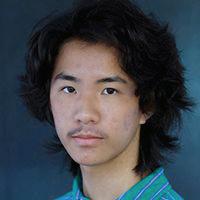
但最重要, 是现在, 因为现在了解我。 我的痛苦; 我的满足。
By Owen L., 8th Grade
I Hear My School, INTL, Singing
I hear INTL singing, the varied carols I hear.
Those of students, each one singing normally as it should be happily and dreadfully.
The preschoolers singing theirs as they play with their toys or each other.
The middle schoolers singing as they run to the foursquare court, or happily talk amongst their friends.
The teachers singing what belongs to them in their work, the homework singing of the suffering.
The band kids singing as they sit on their stools, the vocals singing theirs as they play the peaceful song.
The artists on their way to the art room, to either be hit with a wave of inspiration or the torment of artist’s block.
The janitor singing of the cleanliness, or of the defrosting of the frozen tables, or of the sweeping brooms or rolling trash bins.
Each singing what belongs to him or her and to none else.
The people singing what belongs to the school of INTL singing harmoniously with open mouths their strong melodious songs.
By Tyler C., 7th Grade
Beauté d’une île hawaïenne
Voici mon deuxième voyage depuis mon retour en Italie. Je suis à Hawaii, un lieu extraordinaire et la plus belle île du monde. L’île est tellement jolie que je ne trouve pas les mots justes pour décrire sa beauté admirable. L’île est couverte de palmiers et de chênes multicolores. Leurs couleurs sont vives comme un soleil d’été. Cette multitude de couleurs me surprend par sa beauté. A côté, il y a une rivière bleue comme le ciel. Elle se diffuse dans un océan après quelques kilomètres: un vrai phénomène à regarder. Derrière elle, des montagnes hautes et colorées décorent l’arrière-plan. Elles sont si rouges que je pense qu’elles sont un cadeau du dieu de la guerre Mars. La beauté de la nature ne cesse jamais de me surprendre. Je ne suis pas le seul à profiter de la nature incroyable de cette île. Tout un peuple y vit. Chaque personne a une beauté unique que je n’ai jamais vue ailleurs. Mais la reine est la plus belle. Elle a une couleur de peau bronzée et de longs cheveux noirs. Beaucoup disent qu’elle est aussi belle que la déesse Héra. Son élégance est visible, même quand elle travaille à la cueillette des fruits. Elle porte des vêtements fabriqués avec des peaux d’animaux sauvages pour montrer sa richesse. Sa beauté est incomparable.
By Naomi D. 7th Grade
Spring 2023
感谢
我要感谢昔日, 因为昔日给我回忆, 坏和好; 也要感谢昔日, 因为昔日帮我找到我珠宝。
The Impact of Language with Henry Lem, Upper School Chinese Teacher
As a highly competent and passionate educator, Upper School Chinese teacher and Chinese Curriculum Lead Henry Lem is uniquely positioned to impart the intricacies of language acquisition to INTL students. With a background in Cantonese, which he spoke as a child, and a revitalized passion for language in college that led him to earn a degree in Mandarin and later obtain a PhD in Chinese language and literature, Henry brings a wealth of linguistic knowledge to the classroom.
“When it comes to Chinese language and culture, I'm very passionate about it," said Henry. "It's really important for us to help equip students with the skills and the knowledge they need to solve real-world problems. I really think that starts with being bilingual.”
That passion for language eventually brought Henry to INTL where he teaches not only Chinese immersion program students, but also Upper School Language Acquisition (USLA) students who have begun their bilingual journey later in their educational lives. In the USLA, new students learn to become proficient in a second language as the school prioritizes teaching both English and their target language for four hours per week to make sure that they have plenty of time to learn. The
connections between language, culture, and academic subjects are emphasized, providing students with a holistic and multidisciplinary educational experience.

“It's the overall approach,” Henry explains. “We are crossing different languages, crossing different cultures, and disciplines. For example, in the United States education system, typically, we organize knowledge based on traditional categories such as the arts, literature, science, mathematics, etc. and a lot of this approach is dependent on categories of knowledge embedded in the language. Whereas when a student is learning Chinese and learning a subject like physics, they get a glimpse of how that knowledge of the material is organized, conceptualized, and made more complex in another language and culture. This complexity in the theories and practices of knowledge thus gives students a unique perspective on how the world works.”
For students at INTL, language acquisition is an opportunity to see
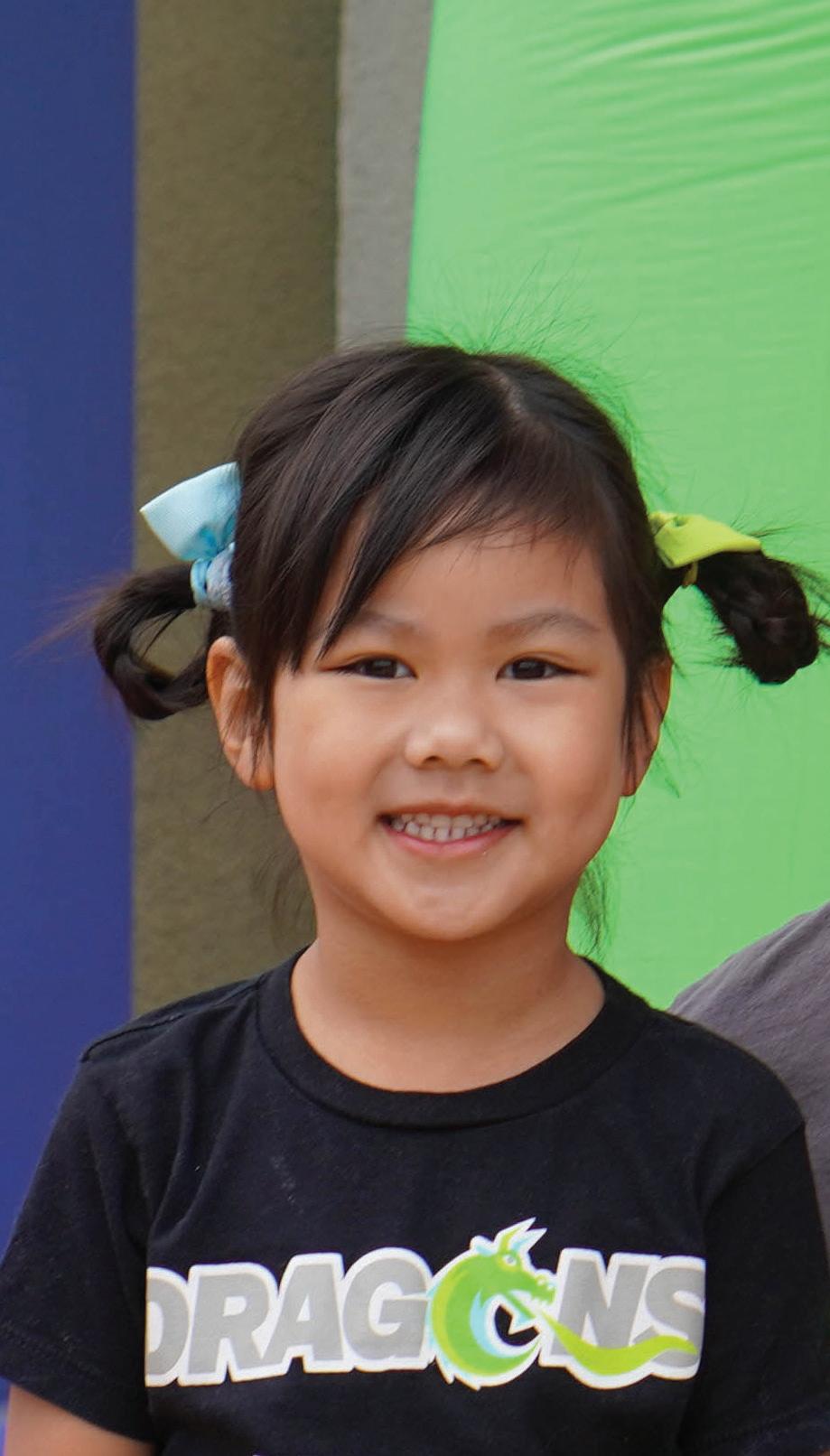
Globe 34 The Impact of
School
Language with Henry Lem, Upper
Chinese Teacher
through the lens of another culture, outside of their own native language, and into something completely different. In experiencing those differences, they also find similarities.
Henry continues, “it's really more of shifting the mindset with the language as the foundation rather than just learning the language by itself.”
Not only is Henry one of the school’s phenomenal teachers, he also is an INTL parent. His daughter is a kindergartner in the Chinese Program.

“From a perspective as a parent and as a teacher I think [INTL] is a well balanced school,” Henry proudly states. “There is a good synergistic approach to academics as a whole. There is academic rigor [in our science and math programs], but also the depth and the richness of the arts, language, literature, and culture all combined into one. You also get all of the qualities that students will gain through the IB Learner Profile, Approaches to Learning, various impactful service projects, and opportunities to study and experience different cultures through our international trip and sister school programs. That’s why I am proud to not only work here, but this is also why I have enrolled my child here.”
INTL’s Upper School Performing Arts
Performing Arts have returned to INTL’s Upper School! Our talented students will spend weeks preparing for these performances, which combines their creativity and bilingual education into a thoughtful and engaging performance.


Drama Club Performance (6th-12th Grade)
Friday, March 31st
Willows Campus Gym
Doors Open at 5:45PM, Play Begins at 6PM
Annual 8th Grade Plays in Chinese, French, and German (Language Program + USLA)

Open to all 8th Grade Students
Wednesday, May 17th
Cubberley Community Center Theatre
Doors Open at 6:45PM, Play Begins at 7PM
Invitation to follow, all INTL Community welcome!
35 Spring 2023
*INTL’s 8th grade plays, 2019
Making the Most of High School at INTL
By Rox R., 10th Grade Student
My five years at INTL have brought me so much, from a bilingual (French & English) education, to many clubs that have expanded my skills and knowledge in so many ways. From my very first days in 6th Grade, I have been involved in a multitude of clubs and activities such as Student Council (StuCo), Dance Club (which I now run), House Leadership, and Model United Nations (MUN). To this day, I remain a member of all the clubs and activities, and they truly have shaped me to be the person I am.
For example, I have been a member of StuCo since my first year at INTL and have continued to partake ever since. Honestly, I joined because I knew it would look good on my applications, but what I didn’t know were the skills it would teach me. It taught me to communicate my ideas clearly and relay information from the student body. I was given the resources to grow as a leader and expand as an IB learner.

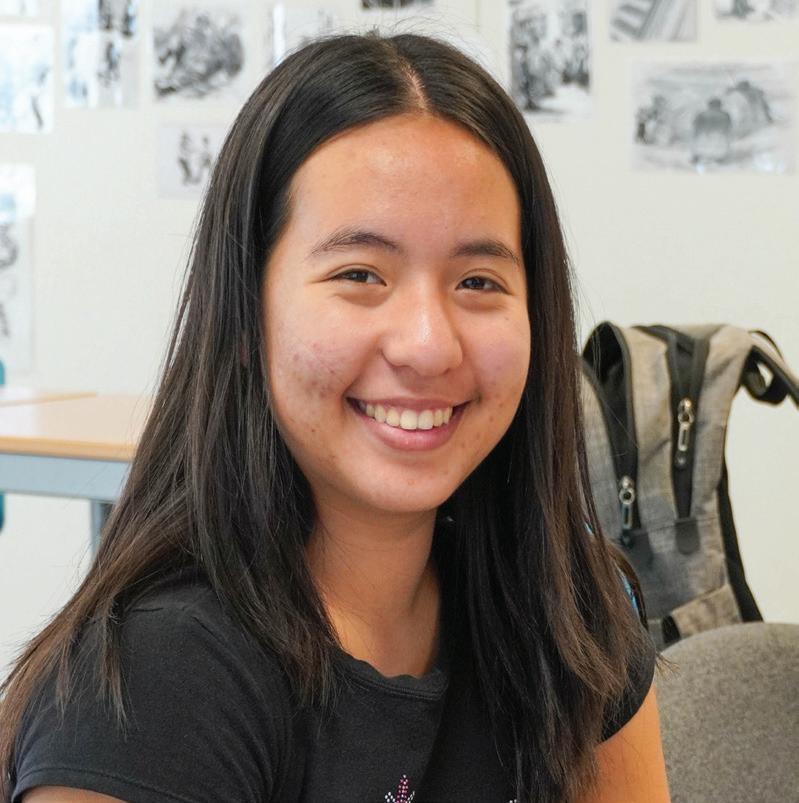
I was also a member of the Dance Club during middle school, which led me to start my own dance club in freshman year! I choreographed
dances for people of all levels and ages. I was even able to spark an interest in real dance lessons for a few of my members! I was so happy to see the impact a little idea had on these students and I hope to continue this as long as I can. This ties into my role in house leadership, where it is my job to not only organize events, but also to be a role model for the younger students.
MUN is a club where we go to mock United Nations conferences and represent a country while talking about real world issues with other students. This year I was able to attend the Stanford University conference as a representative of Norway in the International Bioethics Committee. It was an amazing experience where I met so many amazing people from across the country and learned so much.
The diplomatic experiences in MUN also helped as I took part in the Flags Committee at INTL. The committee of students was created to discuss representation and inclusion at school, mainly concerning the flags that flew in
Globe 36 Making the Most of High School at INTL
the front of campus. The question was raised “are we really preaching true inclusivity?” with selecting specific flags to display. With that, we decided to conduct a survey and hear from the community. We had a lot of different responses, but it was not really about the responses themselves, but more about what we do with them and how do we include their ideas. In the end, the committee created recommendations for the administration on how we felt to best create representation and inclusion on campus. While our task completed this fall the conversation will continue to go on at INTL as we talk about the needs of the community every year.
All my experiences mean so much to me, because not only do they help me develop so many skills, they also give me the reassurance that I am in a community that will support me through all my endeavors. All things considered, this many clubs may seem like a lot of work, and they are! Just because it takes hard work and dedication, does not mean I don’t benefit from them. Of course it would be nice to have more free time, but I gain so much more from these and continue to grow as an individual.
My high school experience has had its ups and downs, as do most things in life. INTL has helped me remain conscious of the fact that if I can no longer handle all these other activities I have the choice to stop, because academic success and mental wellbeing are what remains their top priorities for me.
I am so thankful for the experience I have had at INTL as I have been supported throughout my education and other endeavors. I developed skills that I could not have found otherwise, while still being able to continue a bilingual education. I can’t wait to see what the rest of my years at INTL have in store for me!
A Passion Project
Timothy W., 9th Grade Student
Timothy W., a 9th-grade German student, combines his love for science and design to create a unique symbol of school pride. Using 3D printing, he crafted INDY the Dragon, the mascot of INTL, showcasing his creativity and embodying the spirit of an INTL student. If you want to learn more about Timothy and his passion for knowledge and creativity, take a moment to read his own words.

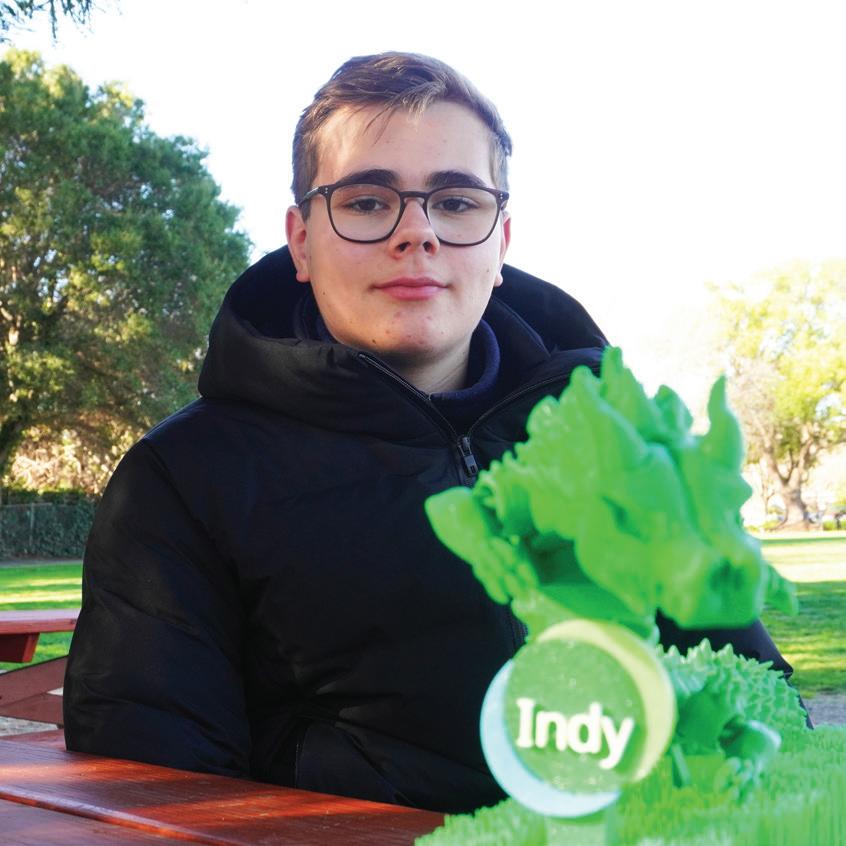
At INTL, I love the smaller classes in comparison to the larger classes I have had at other schools. The German Program is excellent because we cover so many topics.
INTL and the IB helps you learn for yourself; it's not just memorization. We work at our own pace to learn the most out of everything.
When I was young, I would watch a German TV show called Sendung mit der Maus. [It] really started sparking my interest for science because the show did experiments that were really fun to me.
I've always been a person that enjoys science. I enjoy chemistry and physics and I really love designing. I was able to take that love, as well as what I learned at school and on my own, and create a 3D printed INDY.
Here at INTL, I get to explore what interests me while learning from teachers like Ms. Whelan (INTL’s Upper School Design Teacher). She is a very, very knowledgeable teacher who has real world experience; she worked as an engineer for the Royal Air Force!
A Passion Project of High School at INTL 37 Spring 2023
Upper School Clubs
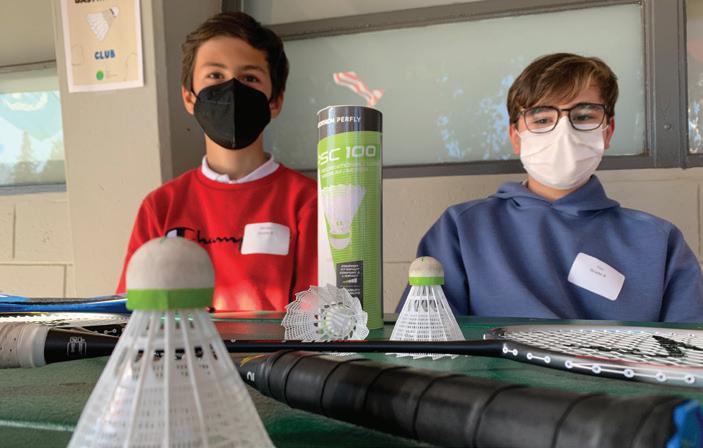

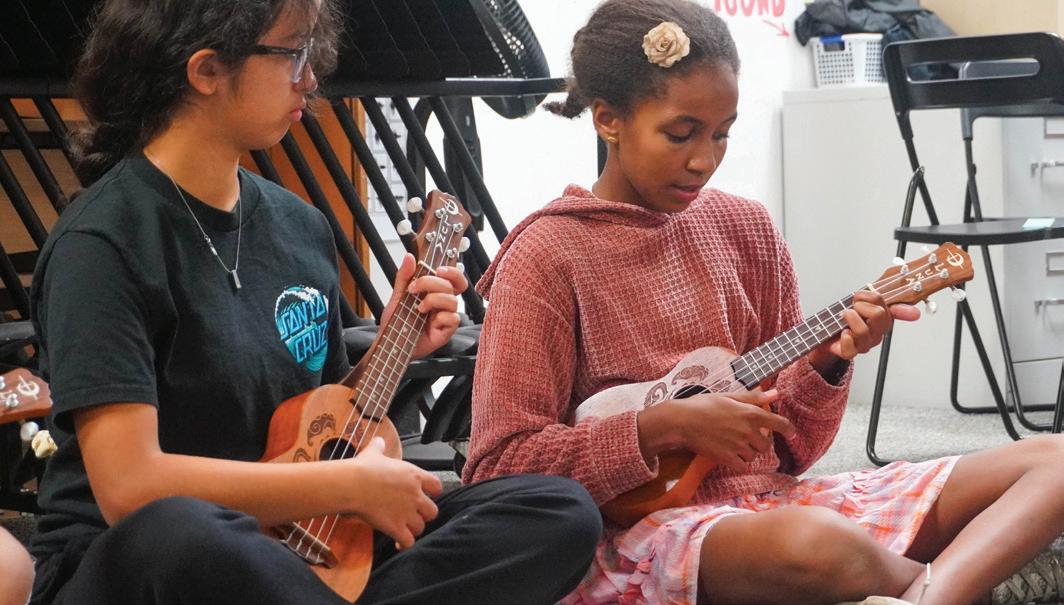
A wide array of both student-led as well as faculty-advised clubs play a crucial role at INTL's Upper School as they provide students with opportunities to explore their interests, develop new skills, and make meaningful connections with their peers. Students not only have the chance to interact with one another on campus but also with peers from other schools by attending conferences and events like the Model United Nations Conference XXVI at Stanford University this year. Clubs create a space for students to work collaboratively, practice communication, and engage in problem-solving, which prepares them for the challenges they will face in the real world all while fostering a sense of community and belonging.



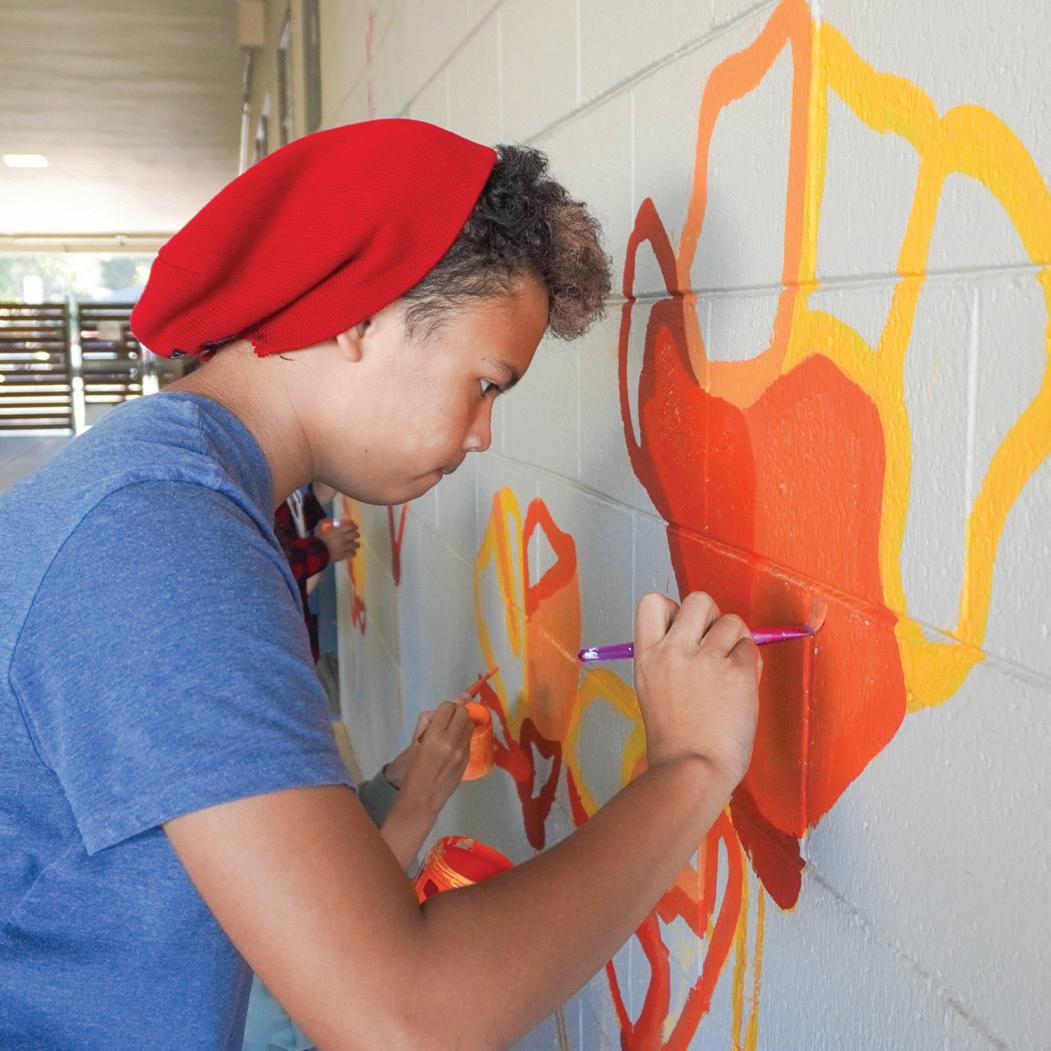
Globe 38 Upper School Clubs
Upper School Athletics
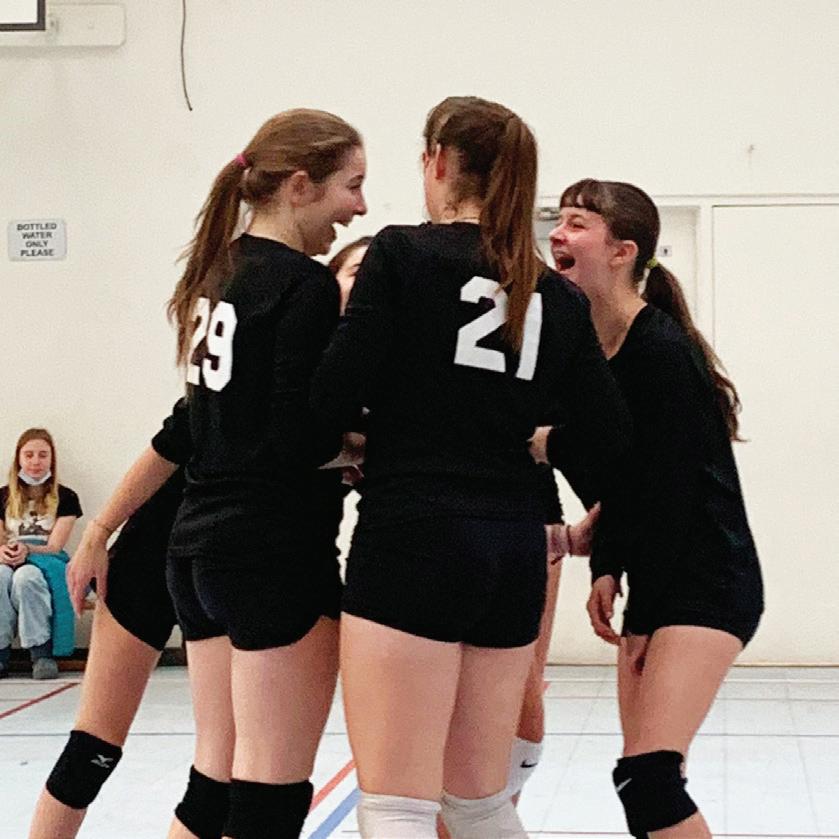
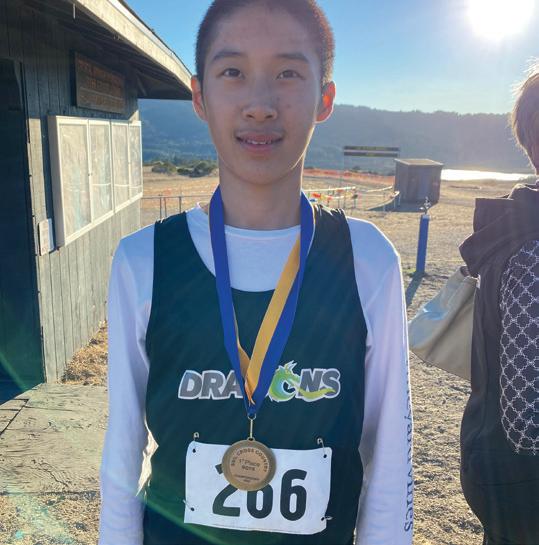
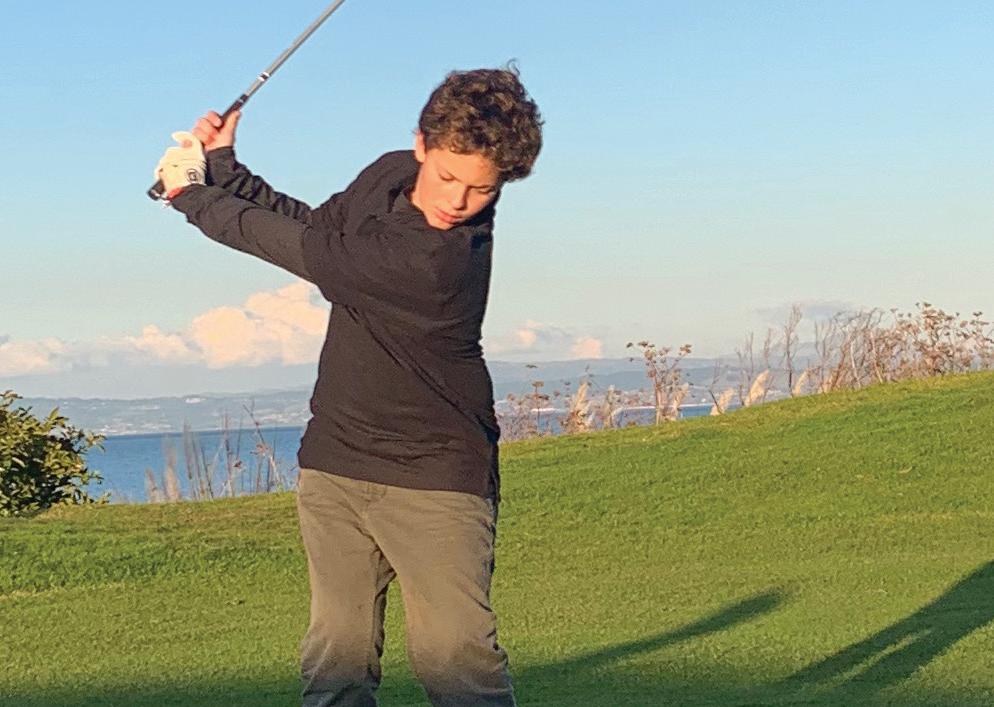

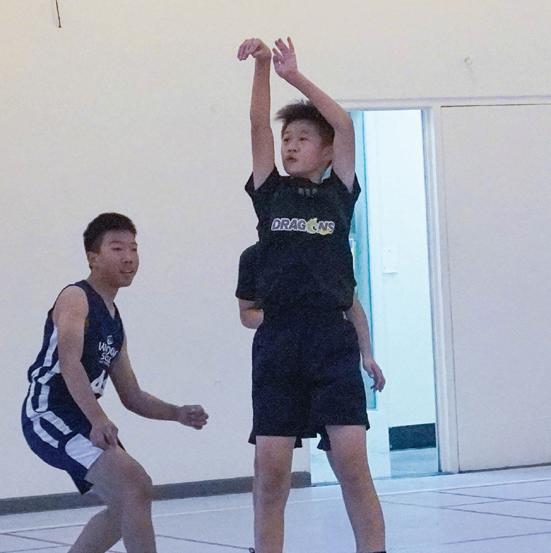

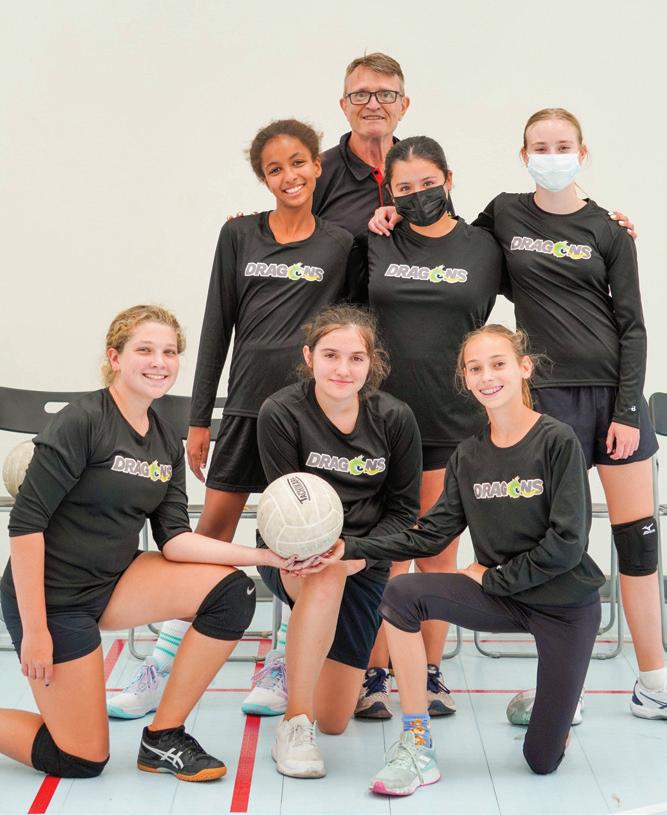
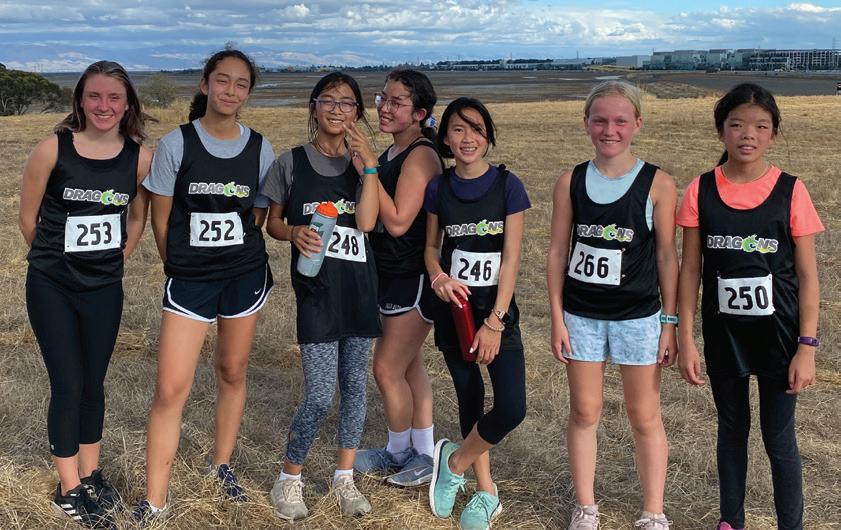
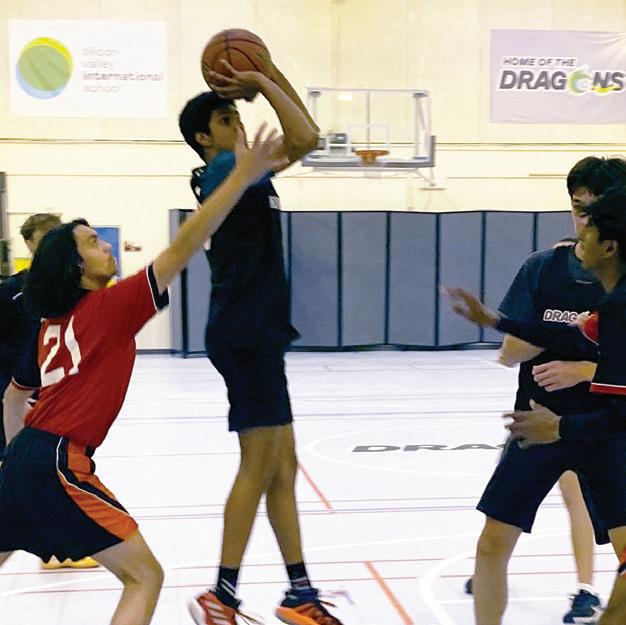
Competing against their peers from other private schools throughout the area, our talented Upper School students showed off their athletic prowess in a wide-array of sports. Taking part in athletics enhances a student's physical and mental development, fosters teamwork, and leadership skills that are essential components of the IB education. Athletics is also a place to show excellence as we congratulate Remy C. in winning the boy's Cross Country Championship Race as well as middle school basketball S.S.I.L. All-Stars Connor H. and LeoPaul A. Go Dragons!

Upper School Athletics 39 Spring 2023
Empowering Student Voices
 By Richard Goulding, DP Coordinator & DP English Individuals and Societies Teacher
By Richard Goulding, DP Coordinator & DP English Individuals and Societies Teacher
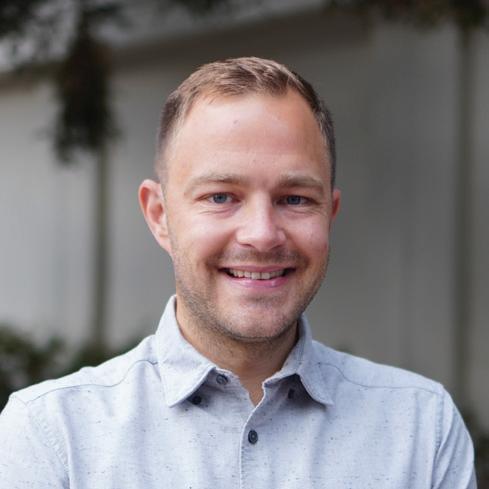
The community at Silicon Valley International School has a fascinating, complex, and multifaceted identity. In the spirit of embracing complexity, as outlined in the school mission, a group of Upper School students were commissioned by our Head of School to reimagine how we represent our identity in our campus spaces and on buildings.
A student panel of 9th and 10th Graders convened to discuss these matters in a series of meetings in the Fall. Their process included primary and secondary research, dialogue, and debate. Students read and presented excerpts from Tim Marshall's 2018 book: A Flag Worth Dying For: The Power and Politics of National Symbols. They then conducted a school-wide survey that garnered over 130 responses. Finally, they engaged in an informal focus group with parents at the Principal’s coffee morning before taking all their data back to the discussion table in order to submit a proposal to the Head of School, Barbara Greiner.
The students proposed that, as we value diversity, visibility, and representation for all the cultural communities represented at Silicon Valley International School, one way that we should aim to achieve this visibility is through a flag display, representing the selfidentified citizenship of stakeholders. The students did recognize in their work that flags may be associated with certain political or social connotations. However, their purpose on our campus is to represent our schools’ commitment to cultural diversity, inclusion, and global citizenship.
The students thought more broadly about how to represent our identity on our buildings and also proposed murals. With the guidance of
the Arts department, murals have been commissioned to display school values, such as diversity, bilingualism, and internationalism. The murals that are in the works will be a showcase and celebration of the wonderfully complex identity of the school.
As part of the discussion around flags, attention turned to the implications of raising any flag on the ground that may be unceded land. As such, and in line with a range of institutions in our area such as Stanford University, the students proposed that the school adopt the following Land Acknowledgment Statement, modeled after the one at Stanford:
We recognize that Silicon Valley International School sits on the ancestral land of the Muwekma Ohlone Tribe. This land was and continues to be of great importance to the Ohlone people. Consistent with our values of diversity and inclusion, we have a responsibility to acknowledge, honor, and make visible the school’s relationship with Native peoples.
Finally, the students also proposed that the school adopt a half-staff policy for the United States flag located in the Willows Campus’ Early Years Center. The proposal suggests that Silicon Valley International School should lower the Flag of the United States of America upon proclamation from the President or the Governor of California.
In all, the process was highly rewarding for the students involved, even if the ultimate discussion revealed even more complexity and diversity of perspective than the students had anticipated.
Middle Years Programme Personal Projects


Middle Years Programme (MYP) students in their final year explore an area of personal interest over an extended period. It provides them the opportunity to consolidate their learning and develop important skills for higher education and beyond. It also helps them develop confidence to become principled, lifelong learners. The personal project formally assesses students’ approaches to learning (ATL) skills for selfmanagement, research, communication, critical and creative thinking, and collaboration. They enable students to engage in practical explorations through a cycle of inquiry, action and reflection. Here, four of our current 10th Grade students explain the Personal Projects they are pursuing this year.
Pierre G. - French
My learning goal is to learn about Artificial Intelligence, Machine Learning, and other concepts in that field. I would like to learn how artificial intelligence is able to identify images and classify them in groups. My product goal is to create an artificial intelligence which can identify pieces of trash in images. This tool could then be used to help clean up efforts to find trash to pick up or to create a trash picking robot.
Lykka S. - German
My learning goal is to combine my love of the outdoors with my education. I would like to learn about the optimization for snow camping, such as best packing practices, equipment to bring, and meals to create. I would like to use the information learned as well as more research to create an ideal backpacking trip as well as snow camping.

Tanith T. - Chinese
My learning goal is to learn about film and the history of my family. Additionally I want to learn about living in poverty as an Asian American in the land of dreams: America. Using what I have learned I plan to produce a documentary montage of my mom's upbringing told from my point of view.

Ben G. - USLA
My learning goal is to expand my knowledge of branches of critical theory. Specifically, I will analyze how these theories can reveal and interrogate problematic assumptions. My product goal is to write as many debate kritiks (arguments that analyze and challenge the underlying assumptions of an opposing advocacy) as the time allows.
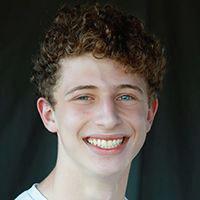
Middle Years Programme Personal Projects 41
From the Parent-Teacher Association
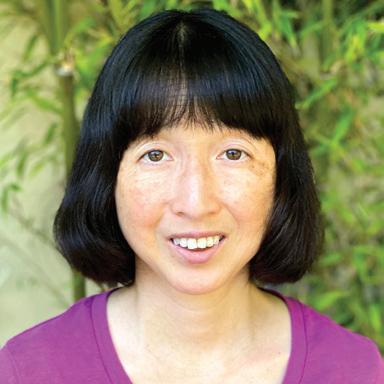
Dear INTL Community,
What a wonderful school year 2022-2023 has been and continues to be! We have had many great events that have helped to bring together our community.
We kicked off the year with a well-received Beach Day where families came and shared some fun times, meeting new families and reuniting with old friends! We will definitely keep this event going forward!
Our year continued with events like the Moon Festival and Laternenfest. Both were well attended and are wonderful cultural events hosted by our Chinese and German teachers, respectively. We had a fun outdoor Movie Night where pizza and popcorn were offered under the stars! Our Upper School students did a great job volunteering throughout the evening. Skate Night was sold out as always! All the kids and parents were ready to take the ice!
We honored our teachers and staff with a Boba Day in November during which they all were able to individually design their own tea. Everyone enjoyed the treat!
As the calendar year changed, we continued to showcase the different cultural events that are part of our great school. In the first weeks back from winter break, Galette des Rois took place around the school! Lucky students found the hidden fève and became King or Queen for the day as per the French tradition! One week later we celebrated the Lunar New Year where the kids rang in the Chinese New Year and received a 年糕 “nián gāo” sweet treat. Always a hit!
In the spring we host another Skate Night, Movie Night and … shhhhhh, another treat for teacher/staff appreciation. The traditional larger Faculty-Staff Appreciation Lunch is also back.
All of our events are so important in helping us continue our school traditions. None of it can happen without the support of parents and volunteers. We all want our children to have a positive learning environment. We can only do this when the PTA, parents, and school work together.
Volunteer support no matter how small is always appreciated. The values that we give our children in conjunction with the IB Learner Profile will create a community of open-minded, caring, and principled people. We welcome any parent to step up and volunteer wherever they can. Please reach out to help or bring your ideas of how we can continue to gather and enjoy our variety of cultures.
Sincerely,
Erich Sonnberger, President
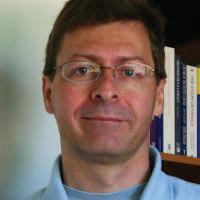
 Charisma Canlas, Vice President Olivier Crémel, Treasurer Linda Wang, Secretary
Charisma Canlas, Vice President Olivier Crémel, Treasurer Linda Wang, Secretary
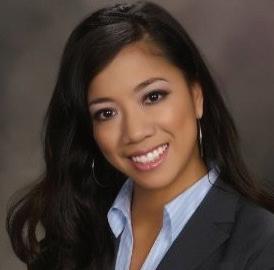
Globe 42 Letter from the Parent-Teacher Association
Our Identity & the Value of Community Support
A Word from our Chief Advancement Officer, Patricia Colin
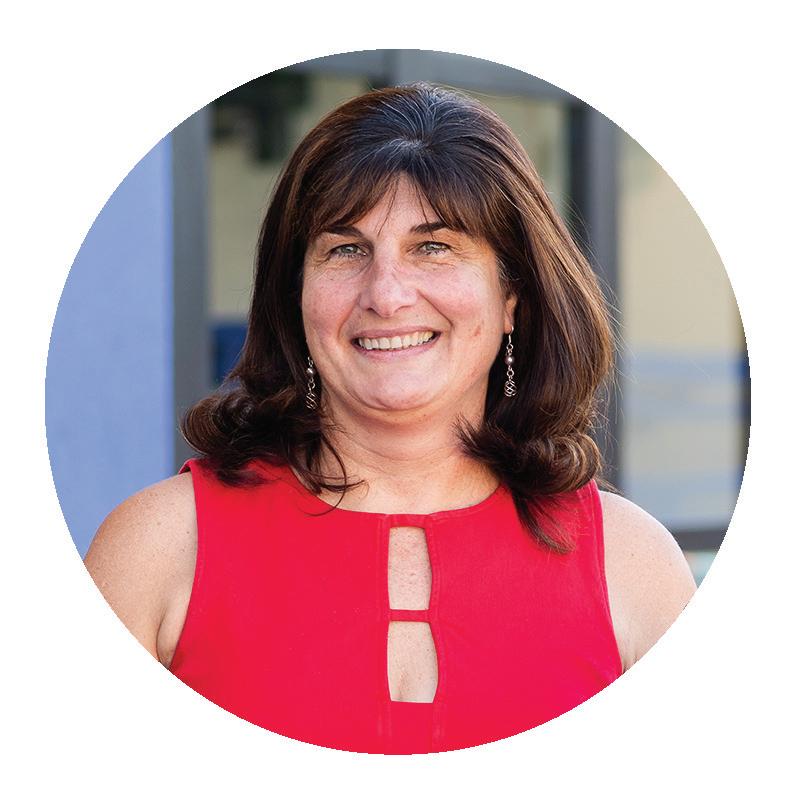
After the success of two Soirée du Vins along with last year’s Gala, it is reassuring that our school remains strong in the wake of the pandemic. While it is a good feeling to know that we are resilient, this does not mean that we have reached where we used to be.
One of the best aspects of our school is the unique sense of community it fosters. This rare experience is difficult to find as we go about our daily routines and is a key draw to the school. It is this very same sense of belonging that brings our Alumni back to support us time and time again.
Arts Night is one of our best opportunities to truly be a part of each other’s lives. Volunteers sign up to help guide the event - everything from hanging curtains, the catering, and the display of art from the outside to within. Although these things require an investment of time and energy, participation pays off because it builds on our cohesive school identity. Volunteers experience a memory together that they would not otherwise have had access to.
To truly share this sense of community, one misses out if they just come to enjoy the finished product, because much of the product itself is in the collaboration. Contribution from all of us is critical.
Just weeks before Arts Night this year, the school found itself with very few volunteers and not enough food contributions. You may recall receiving an urgent message requesting for additional volunteers. I was so proud to see the volume of responses coming to our aid! It brought me back to one of our school’s mottos:
“We respect, support, and collaborate to achieve results greater than we could ever reach individually.”
While Arts Night was saved, our Gala looms around the corner. We will need your help to make it happen. And, for the first time ever, the Gala will be chaired by both an alumni parent (Tate Cohn) as well as a current parent (Carol Cunningham). Let’s honor this duo with our valued commitment to the INTL community, so that we may thrive for years to come.
P.S. Please join me in loving the school as much as I do by getting involved and supporting our events. We will all benefit from what others have to offer.
Letter from the Chief Advancement Officer 43 Spring 2023
Let's Play! INTL's Annual Arts Night


This year’s “Let’s Play!” Arts Night was a smashing success unveiling a host of cutting-edge styles! As waves of parents, students, and alumni toured each room, colors felt like they were nearly exploding off the walls. Some rooms had interactive exhibits, like our very own "Monuments Around the World," which showed miniature world wonders like the Golden Gate bridge in San Francisco or the monolithic pyramids of Egypt.

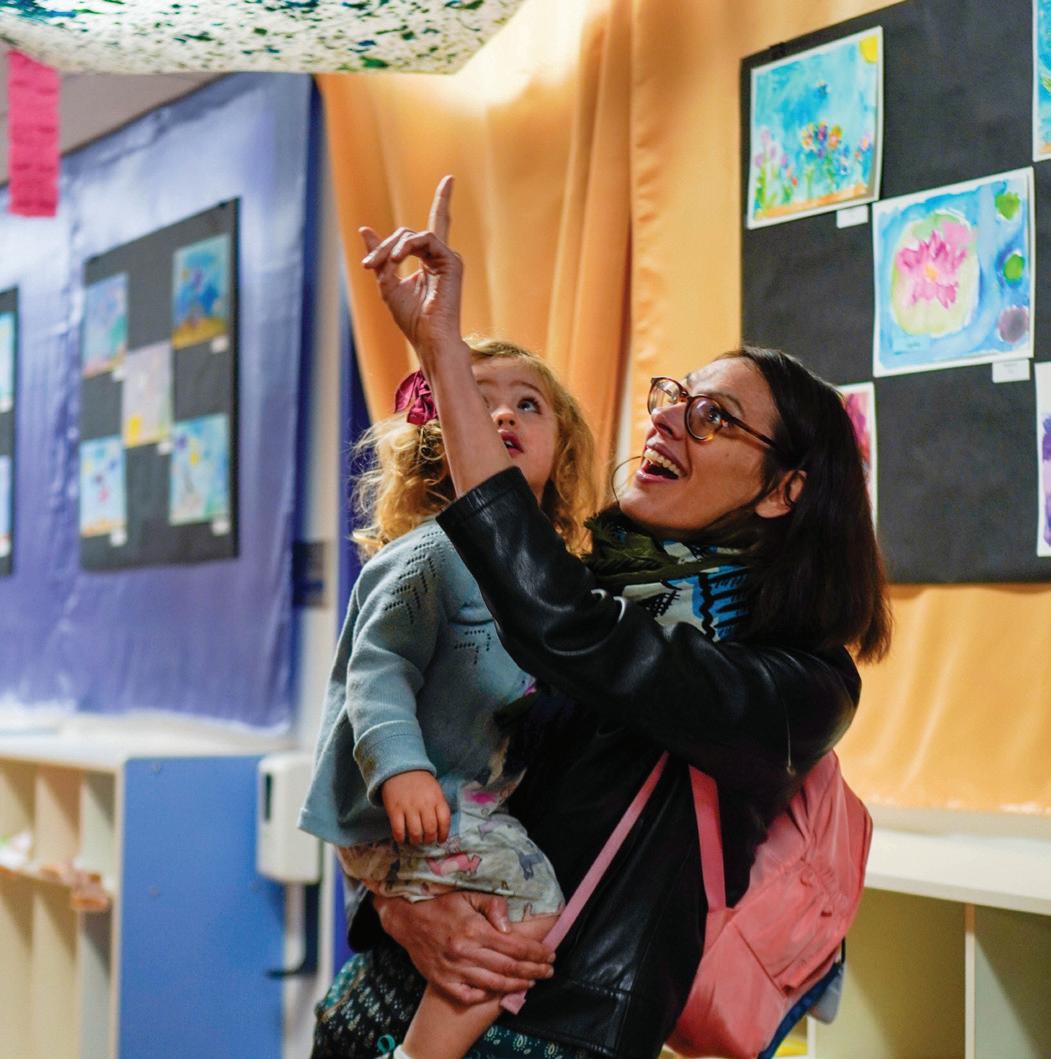
Inside the transformed art gallery, there was a room full of clowns delighted onlookers. Just down the hall, a steampunk inspired collection. Even our youngest found excellent ways to display their creativity, with bright balloons orchestrated over a mock shopping kiosk to dream catchers dangling at every length in the Bean-O'Sullivan Media Hub. It was a truly memorable event!
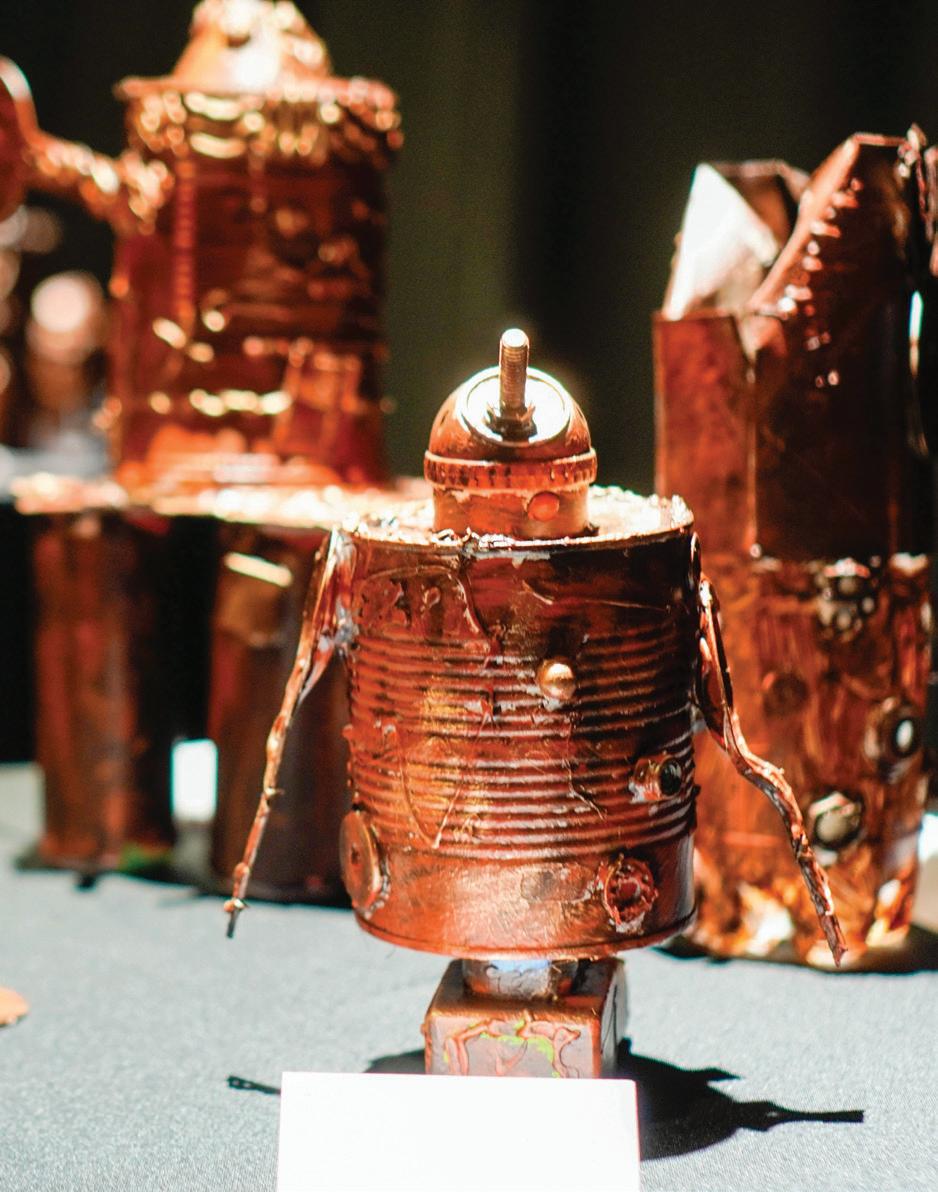
44 Let's Play!
But the cherry on top was the overwhelming number of alumni who showed up - we stopped counting far beyond 100 alumni in attendance! Seeing so many familiar faces back in our midst affirms the importance of the role community plays in developing a sense of belonging through our cohesive school identity. These alumni could be anywhere else in their busy lives but they chose to return to the place they spent so many years. They chose to return to the memories that shaped them and to the warmth and fellowship of the INTL Community.
What also makes Arts Night so special is the unique interactive space it creates to foster that very same community. It is one of the only times you can place the parents of a 3-year-old alongside parents of an 18-year-old where they share common interests: that of their child’s education and the arts.


Here is to many more years of Arts Night, together.


INTL's Annual Arts Night 45
Annual Giving Donors
Donations as of February 7, 2023.
Anonymous (84)
Anne Aaron & Benjamin Pracht
Noura Abul Husn & Chris Borunda
Grace & Nicolas Adiba
Sara Araghi & Reza Afkhami-Ebrahimi
Hnin Yu Aung & Adrien Pinard
Céline Baron & Shashi Rao
José Barron
Janine Batal-Hakim
Marie Bathiche & Marc Suidan
Katia Belghadid & Guillaume Calas
Ina Berenger
Bosi Chew
Jiaying Bi & Lin Mi
Simone Bishop
Lisa Blaydes & Joshua Greenberg
Natascha Bock & Adam Brown
Mariko Boivineau Onuki & Andre Boivineau
Cati & Adam Boulanger
Celia Boyle & Jay Hopkins
Julie Ann & Jorg Brown
Briana Bunn & Tim Ranisavljevic
Corinne Butel
Judy Byun & Steven Lee
Xinzhu Cai & Ge Gao
Carla Carvalho & John Ratliff
Karelle Celestin & Sean Quinlan
Celine & Louis Chabardes
Maia Chamberlain
Elsie Chan & Ray Kong
Megan Chan & Jarrod Stuard
Annabel Chang & Jon Wright
HsiaoYu Chang
Lily & Bill Chang
Zoe Chang
Portia Chang-Yang
Kelly & Vince Chauvin
Ava Chen & Bruce Yang
Cheng-Ling Chen & Andy Chou
Linda & Mike Chen
Yenan Chen & Alberto Puggelli
Yihui Chen & Jason Jia
Kim Chen Bock & Jon Bock
Ida Cheng & Patrick Egloff
Lisa Cheng & Henry Lem
Ruby Cheuk-Tu & Brian Tu
Carmen Ching & Jorence Zhen
Catherine Chou
Shirley Chou & Anthony Cannon
Cassandra Chow & George Lee
James Christian
Jacqueline & Will Cody
Patricia Colin & Nick Groleau
Ana Çorrales & Anthony Moreland
Catherine Corre & Roland Acra
Dana Cui & Bryant Jow
Charlotte de Géry
Maria Luisa De Seta & Christopher Krebs
Madeleine DeCorwin & Denis Martin
Fang Deng & Jianan Lu
Kara & Kevin Doherty
Zelie Doherty
Bernard Donohue
Samantha Edgington & Brian Hoffman
Yasmein ElAzazy & Hazem Hamed
Kate Elsley & Tanya Washburn
Linda & Ed Ericson
Liz Evans
Alice Fan & Howard Lee
Mathieu Farrugia
Carol Ferrieri
Agnès Fleury-Gazet
Khrystyna & David Flynn
Cindy Foo-Irissou & Bertrand Irissou
Michelle & Brian Frank
Miriam Anne Frank & David Falkenberg
Reena Ganga & Adam Crouch
Min Gao
Julie & Andy Garlikov
Valerie & Blaise Gassend
Xuan Geng & Zhen Zhang
Grace & Patrick Gengoux
Valérie Gesbert
Jennifer & Nathan Gilbert
Isabelle Gilet
Suzanne Glass
Gina & Ludovic Godet
Richard Goulding
Susan Greenberg-Friedman & Bill Friedman
Barbara & Jon Greiner
Claudia Gruber
Lily Gu & Edward Jiang
Sylvana Habdank-Kolaczkowska & Jeremy Sewell
Sumi & Lennard Hachmann
Karen & Omar Hafez
Yurong Han & Ming Li
Lara & Ross Hangebrauck
Isabelle & Peter Hau
Tania & Stéphane Hauradou
Matthias Hausner
Brenda Herron
Karen Hirt Gil de Paiva & JP Gil de Paiva
Lara Hoffman & Nishad Chande
Clay Holden
Zack Hou
Joyleen Huang & Michael Lin
Ronald Ho & Crystal Hung
Sophie Hussenet
Katharine Ip & Ryan White
Sylvie Jannon-Shields
Diana Jara Bajo & Pablo Sanchez Torralba
Tiffany Johnson Harwick & Kevin Harwick
Anna & Oliver Karmann
Stephanie & Gerrit Kazmaier
Amanda Kelso & Cameron Marlow
Alison & Mario Khalaf
Alina & Vadim Khayms
Daniella Klein & Timothy Danford
Ela Kozera & Stan Lewandowski
Maya Kumar & Ross Metzger
Sathish Kuttan
Amy Kwong
Katharina Kytzia
Thriven Lai & Philip Lee
Mélanie Laporte
Mauren Latour & Baptiste Pichon
Pilar & Will Law
Agnes Le & Antonio Varas
Yen Le & Jeff Mar
Sabine Le Saux & Miguel Saggu
Cindy Lee
Irene & William Lee
Linda Lee
Olivia Lee & William Moss
Patti & Danny Lee
Yulin & Peter Lee
Monica & Alexandre Lenart
Jean Leong & Tim Thai
Emily LePage-Wu & Patrick Wu
Elisabeth & Arnaud Lepert
Midori & Pierre-Yves Lesaicherre
Andrea Li & Olivier Crémel
Jessica Li & Ben Chui
Jingjing Li & Rong Xiang
Mischa Li & Wenxi Chen
Yunpu & Jian Li
Bo Liang & Haoru Zhao
Ruihuan Liang
Ying Liang & Jinghao Li
Jasmin & Paul Limbrey
Anna Lin & Jason Chang
Cindy Lin & Daniel Anderson
Lydia Lin & Patrick Jamp
Agnes Liou & Eric McGimpsey
Chang Liu & Shengzhe Yao
Globe 46 Annual Giving Donors
Claire Liu & James Yin
Debra & Calvin Liu
Katherine Liu & Scott Monosoff
Mandie Liu & Zimu Li
Mengyang Liu
Nan Liu & John On
Sherry Liu & Mark Ge
Caroline & David Lo
Alexis & Jeremy Longinotti
Kathie & Jack Longinotti
Aurélie Louvion
Agatha & Steve Luczo
Susan & Steve Lunn
Karen Luo & Michael Chow
Trisha Ma & Jeff Dejelo
Jean-Marie MacDonell & Martin Carnoy
Lucie Marascia & Thomas Gazzola
Charlene Marini & Cyril Gaillard
Alexandra Martin-Laws & Shad Laws
Hannah Mclaughlin
Véronique Merckling
Eunice Miao & Haifan Wang
Véronique & Boris Micha
Evelyne Michaud & Eric Gouriou
Ali & Raphael Michel
Sumaya & Ed Miner
Lindi & Tai Minh
Rosa & Michael Miralles
Nicole & Matt Moberg
Eva & Lionel Mohri
Olivier Monteil
Diane Morris
Hassnaa Moustafa Yehia & Sami Yehia
Sujata & Sanjiv Narayan
Paul Nauleau
Elsa Ndiaye-Dulac & Paul Dulac
Paulina & Mathieu Nervet-Labbe
Julia Neumann
Doris Ngai & Samuel Lellouche
Mansoureh Norouzi Rad & Siamak Tazari
Suma Nulu & Manish Singhal
Suzanne & Eric O'Brien
Judy Ocampo
Jovi & Matt Olson
Tarik Ono & Daniel Finchelstein
Moni Oser
Rebecca & Brad Osgood
Judy Ou & Dan Yao
Carol Ozawa & Bob Burns
Maria Pace
Janice Pai & Philipp Barmettler
Julie Pan
Amita Patil & Ruedi Brunner
Katie & Marc Pfenninger
Marine Pfister
Dai Pham & P.A. Masse
Jackie Pham-Imran & Talat Imran
Laurence Pichot & Christophe Muller
Martine Pierres
Lorene Poinsot & Chris Chedeau
Katja Priess-Serang
Stephanie Puk
Li Qiu & Brahim Elbouchikhi
Sharmila & Sandesh Raikar
Sydnie Reed & Micah Lewis-Kraus
Valérie Ribo
Lulu & Eric Roberts
Geneva Robinson
Julie Rocher
Lorena & Francis Rolland
Cécile & Matthieu Roques
Phannee & Ralf Rotter
Dianna & Chris Sadler
Catherine Sallenave
Rita & Ajit Sancheti
Youmna Sawaya
Diane & Greg Scallon
Cassandra Schaffer
Melanie & Michael Schallehn
Christine Seto & Lawrence Chang
Maryam Shabani
Jennifer Shen & Shane Combest
Anda Shi Koyama
Lisa Shieh & Bernard Fine
Mei-Mei Shin-Kress & Bernard Kress
Natalia Shmoilova
Ninva Simono-Pianin & Ken Pianin
Rina Singh & Raj Singh
Heidi Smith & John Grantz
Sybille & Gregory Smith
Leilei Song & Fadi Saibi
Yvonne & Mike Sorenson
Andreia & Thomas Stark
Jennifer & Emanuel Strauss
Ewa & Jacek Suliga
Melanie Sutter
Shu-Chun Tai & Shou-Hung Tang
Gayle & Jon Tait
Nicole Taliaferro
Fangfang Tan & Weili Liu
Guilaume Tapon
Mary Ann Toman-Miller & Christopher Rowe
Emily Tsai & Yan Ting
Tutu Tsai
Edith Tsang & Mark Alexander
Flavia Tsang & Bruce Lin
Sarah & Al Tsang
Kelly Tung & Steve Tsai
Yeliz Turgut Noto & Tom Noto
Jennifer & Matthew Tyler
Stephanie Wafzig
Rania & Ashraf Wahba
Rebecca Wahl & Thom Phan
Rebecca Wais & Derek Wells
Amanda Wang
Jasmine Wang
Jennifer Wang & S. Greg Prakalapakorn
Linda Wang & Albert Huntington
Lixiang Wang
Lu Wang & Chen Guo
Min Wang
Qiqi Wang & Ning Dong
Sophie Wang & Ted Hou
Stephanie Wang
Vicki Wang & Frank Chen
Xi Wang & Kejia Wu
Xiaojuan & Hao Wang
Xiaolin Wang & Tanji Hu
Yura Wang & Eric Chiu
Mallory Whisenhunt
Malika & Wilson White
Martine & Hugh Wiegel
Anastasia & Marc Wimmershoff
Deanna Wong & Kurt Berney
Sandra Wong & Bryan Chan
Tiffany Wong & Minh Truong
Dahlia & Justin Woods
Fangfang Wu & Boyan Li
Claire Ying & Yang Wu
Huitzu Wu
Jesscy Wu & Mike Symons
Julie Wu & Calvin Yang
Julie Wu & Ellick Butt
Lauren Wu & Dave Liu
Showjean Wu
Sara Xi
Xiaolin Xi & Hui Miao
Annie Yalung
Cathy Yang
Haiying Yang & Olivier Rozay
Qinyi Yang & Wei Guo
Hong Yao & Jean-Frédéric Viret
Yi Ching Yau & Rob Birch
Marie & Bryson Young
Joyce Yu & Johnny Zhang
Kate Zhang & Roger Chen
Qian Zhang & Yang Liu
Stephanie Zheng & Chris Cooper
Jennifer & Ethan Zweig
We have made every effort to ensure the accuracy of this listing. Please accept our apologies and alert us by emailing Patricia@svintl.org if you find an error.
www.svintl.org/giving
47 Spring 2023
INTL alumni
Soirée d u Vin
Alumni Return to INTL
2022 was a remarkable time for seeing our school’s beloved INTL alumni both on campus and during a multitude of social events throughout the year! Over 100 alumni attended the elegant and popular Arts Night, a record number participated in our helpful and informative INTL Connect networking session, and a handful even showed up in support of our annual Soirée du Vin Wine Auction.
It is always a pleasure to be able to reunite with our amazingly talented INTL alumni whenever they visit our campus or events and learn about how their professional and personal lives are developing and flourishing after graduation!



48 INTL alumni
( L fe t ) : C a m i l l e T o w ns hend, Marie Lefebvre, Isla Myles, E d e n G r o w nH a e ber l i, Ann i ka Krueger, Laura Yim
(Left):RitaIntardonato, Guillaume Bienaimé Alumni
BBQ
Alexandra Viret, Alex Yansouni,Charles-Antoine Dumoulin
(Left): Darcy Chew, Apolline Verdiell,JuliaDupin, Claire Deg renand,
Friday, June 9, 2023, 6PM
INTL Cohn Campus
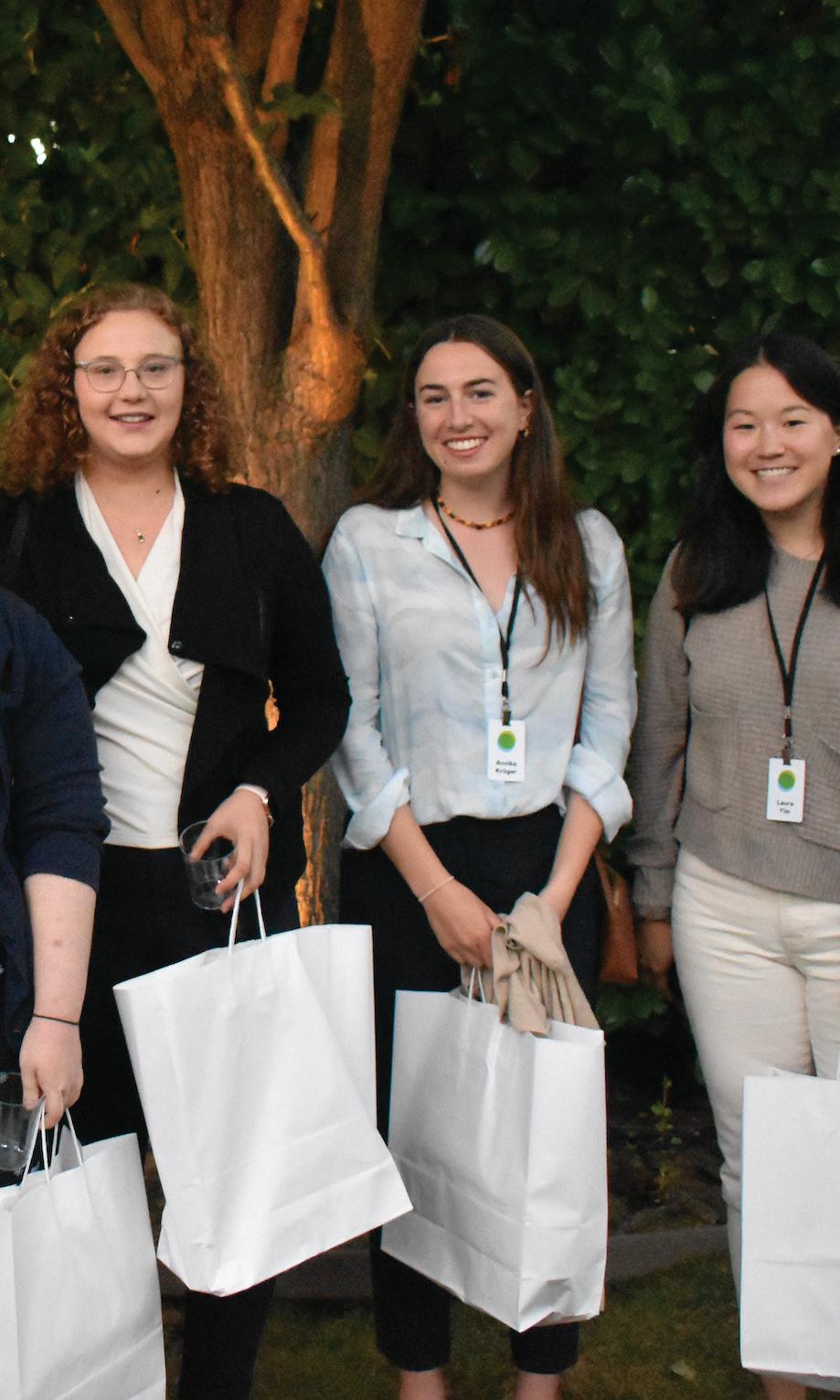
You’re invited to the Annual Alumni Gathering! All INTL, Alto, ISTP, GAIS, DAS, and PFAS alumni and alumni parents are welcome. There will be food, raffle prizes, and at the center of it, our growing and phenomenal international community. Reunite with old friends and meet new ones.
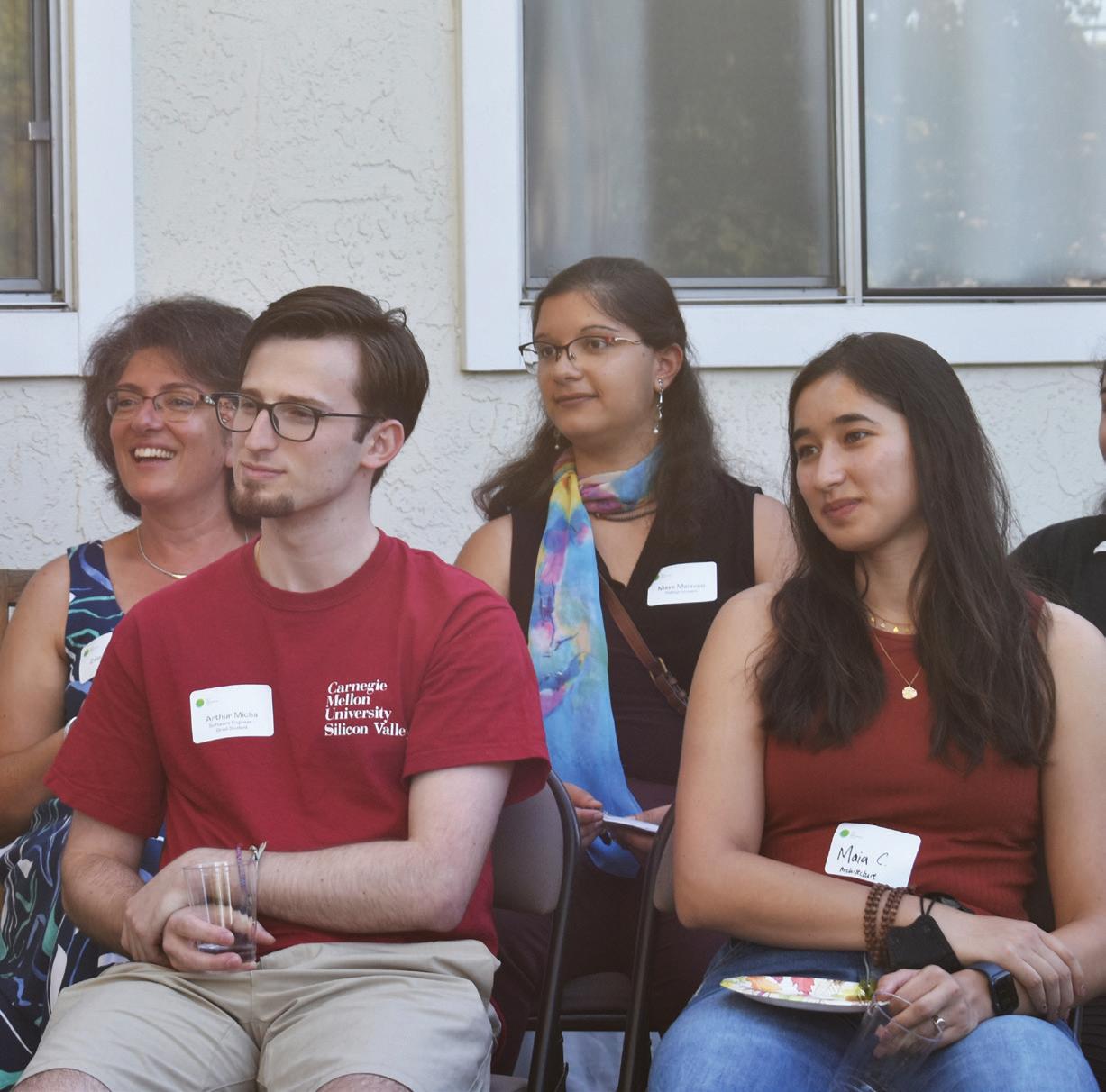
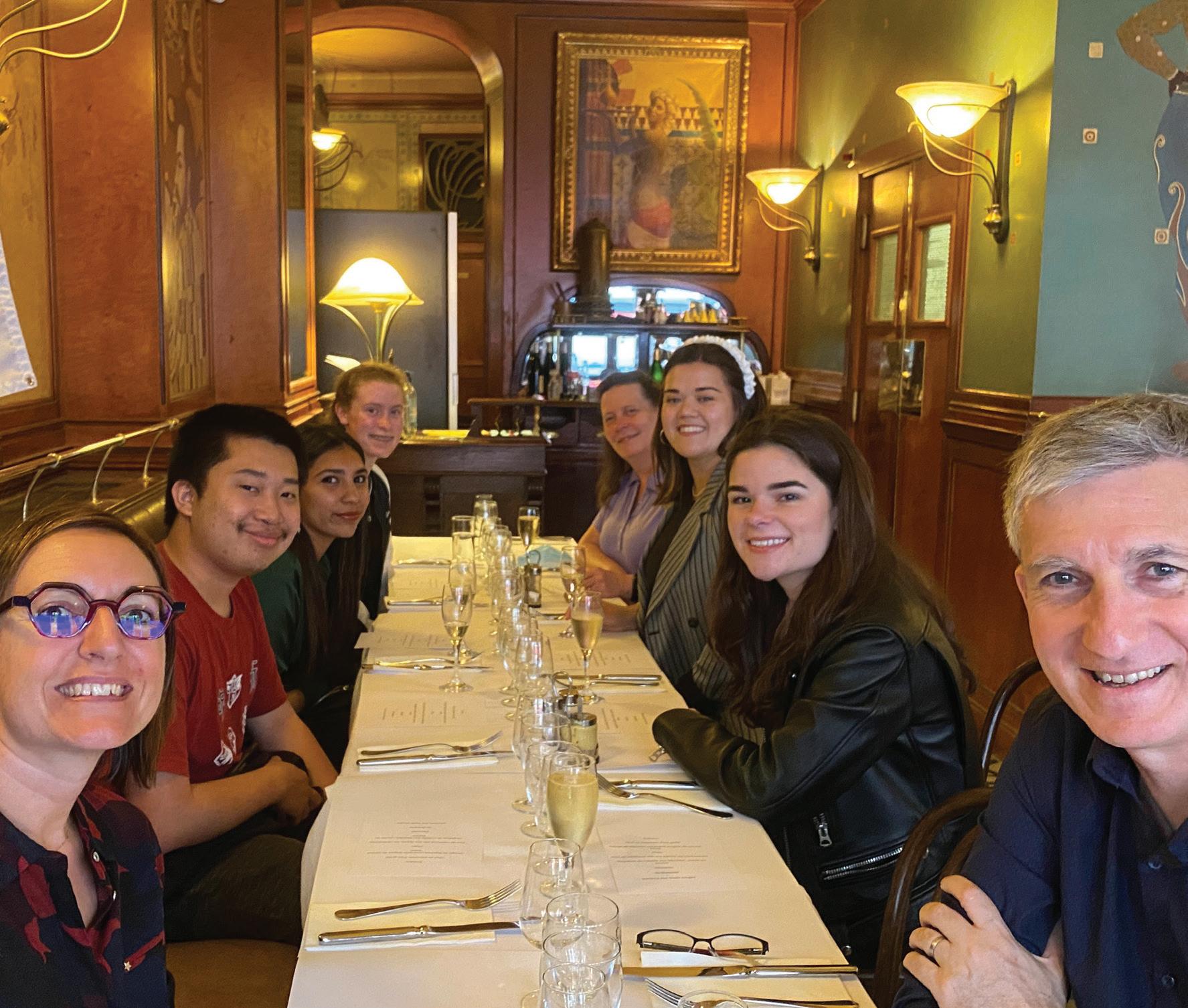
We can’t wait to see you there! event registration
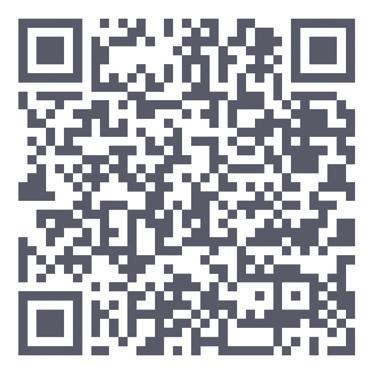
Major D on o r I NTL Connect
duAHyersemlo A,èng s Hlo sem , A r i a n a M e y e r s, Chloe Jacobs, AxelGuillon lCiwkcoes fmor l fe t : Jlu i e G iu l l o n , C a m e r o n Lee, Klavie Gauthron. save the date!
Paris Gathering
, MayaMalavasi ,Mai a Ch a m b e r l a i n
(Left): Past Parent ,
ArthurMicha
We love to share INTL School Spirit. Please let advancement@svintl.org know if you are expecting or have welcomed a new baby into the family, so we can send you a Future Global Thinker bib.
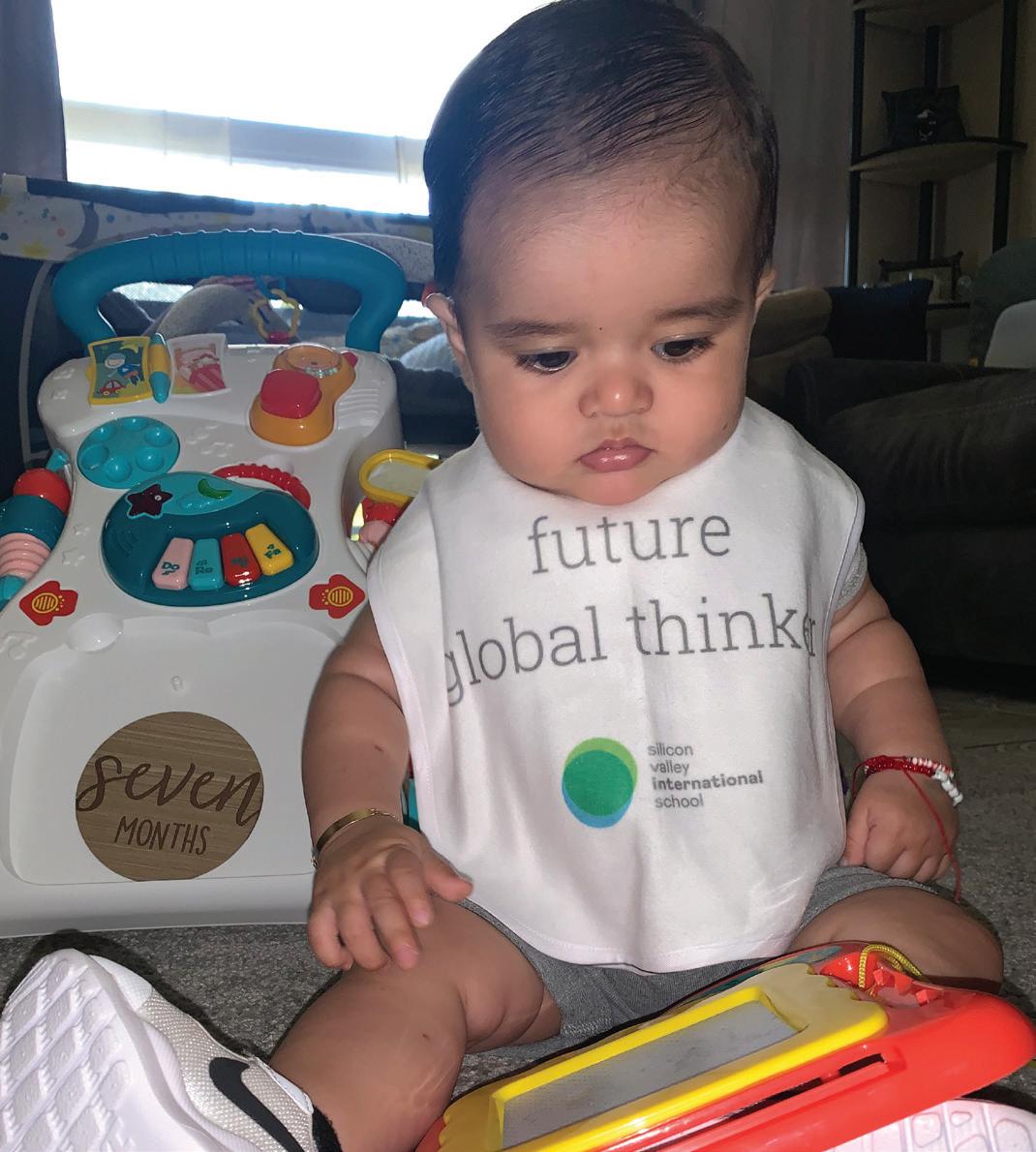
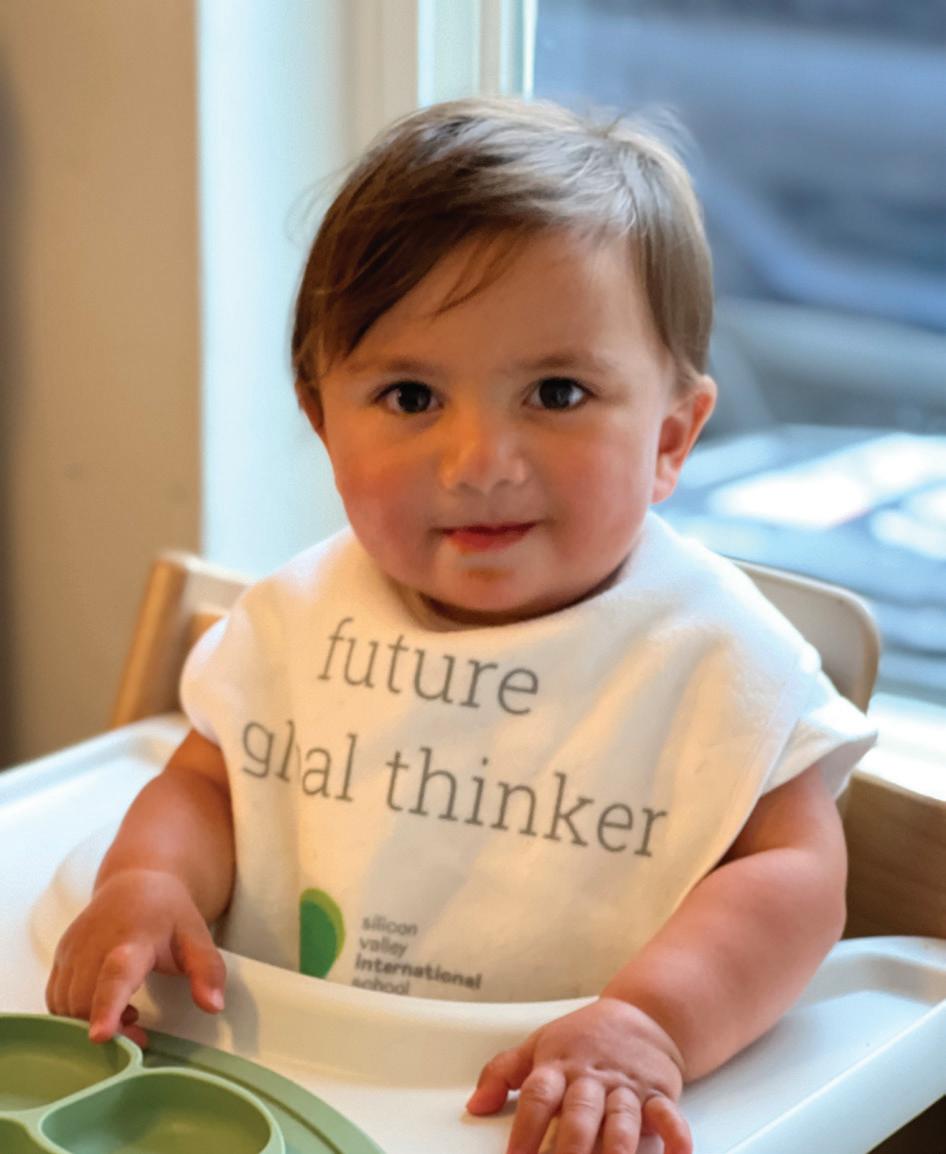
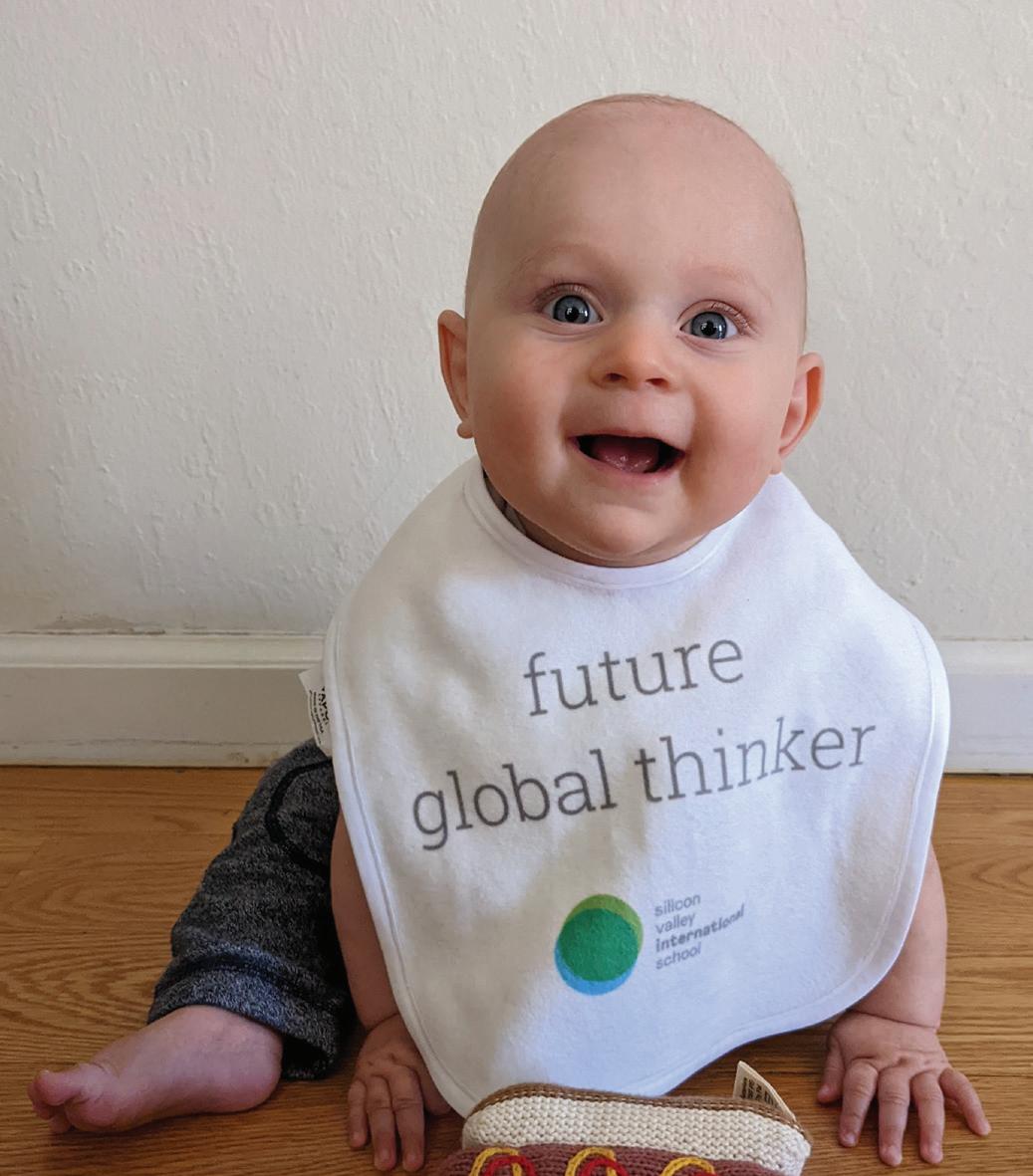
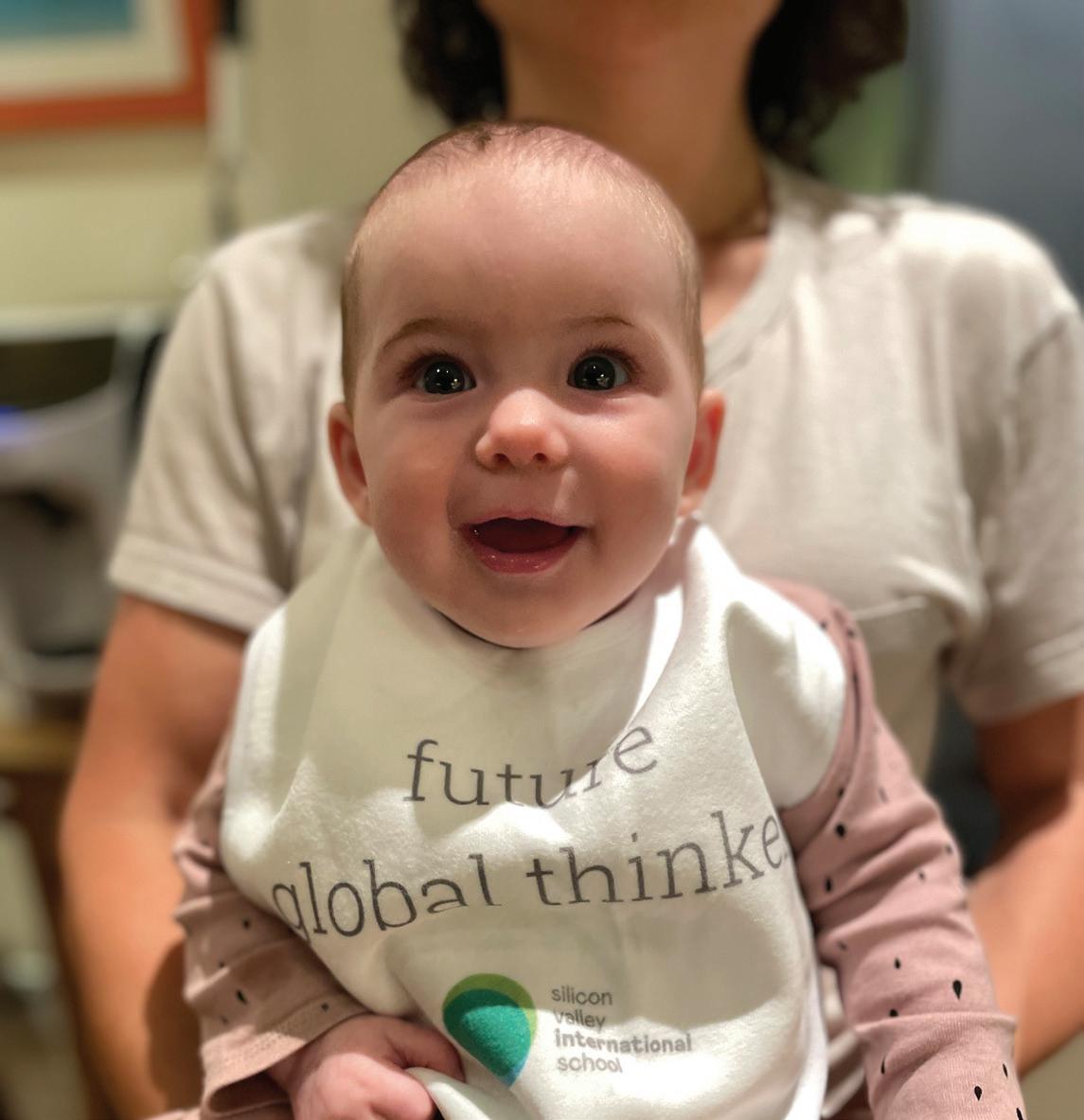

Globe 50 INTL Global Babies
AlumniMarion Cohn’s daughter I NTL StaffRafaelBarron’s son For mer FacultyNinaWarnecke ’ s son ADA THIAGO JOSHUA ELIAS Jane Correia andRaviIyer ’s son
global babies! We
event registration:


Let'sHavea Ball!
We hope to see you at INTL’s Annual Gala & Auction on Saturday, March 25, 2023!
This year’s celebration is exceptionally unique, as current and alumni parents are coming together to help plan a fantastic dinner, live auction, and all-night dancing! While the theme is ballroom dancing, no experience is necessary.

online auction: opens March 7, 2023
SAVE THE DATE: INTL Connect Networking Event
Sunday, August 20, 2023 at 5PM
Alumni, past parents, current parents, and friends of INTL are invited to the INTL Connect Networking Event. Attendees have an opportunity for face- toface interactions across careers, industries, skills, and experiences.

calling all alumni and past parents!
When you think about how Silicon Valley International School (INTL*) positively affected your life, what stands out? Was it immersing yourself in another culture and language, or the life-changing experiences and trips?
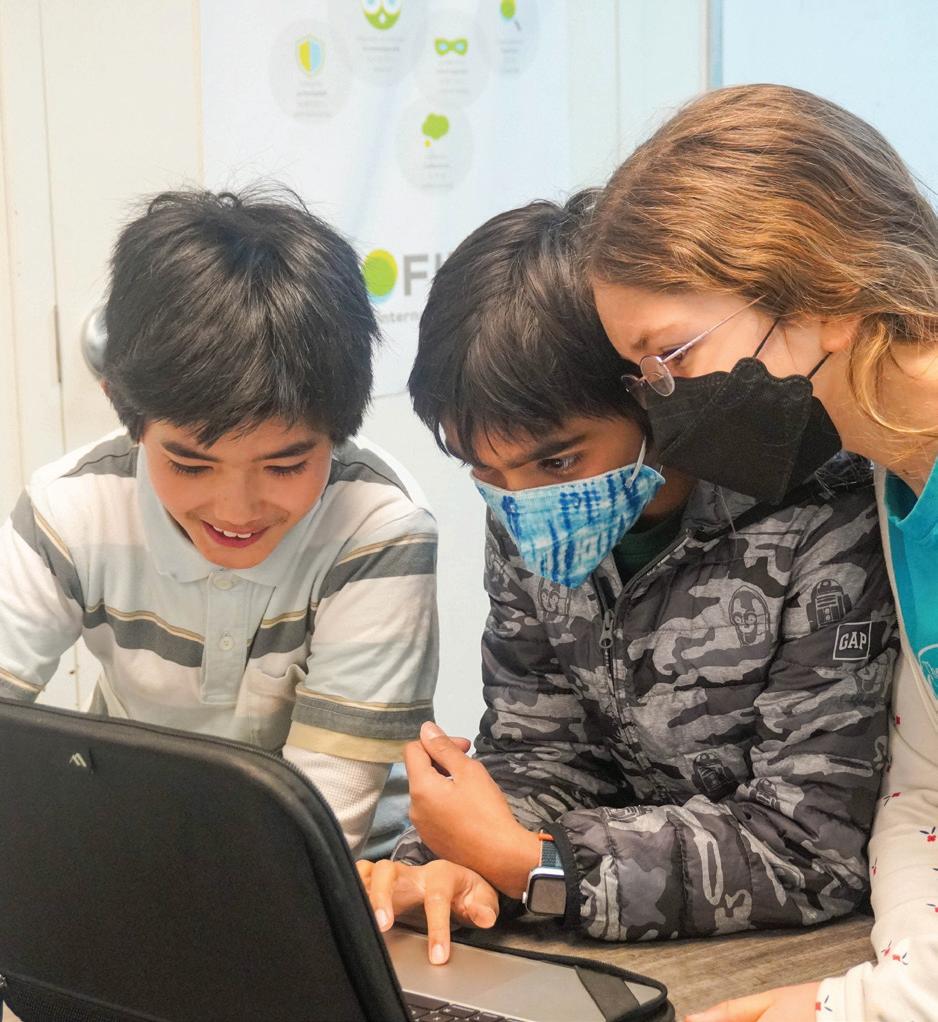
The caring teachers or the friendships you made?

Just as INTL has had an impact on you, we are calling on our alumni and past parents to give back and make a positive impact on a new generation of caring, globallyconscious individuals who are ready to change the world. The school has set a modest goal of 50 donors. No dollar amount. Just the participation of 50 alumni and past parents. Will you join our community of givers with a donation to INTL's Charlotte de Géry Endowment?
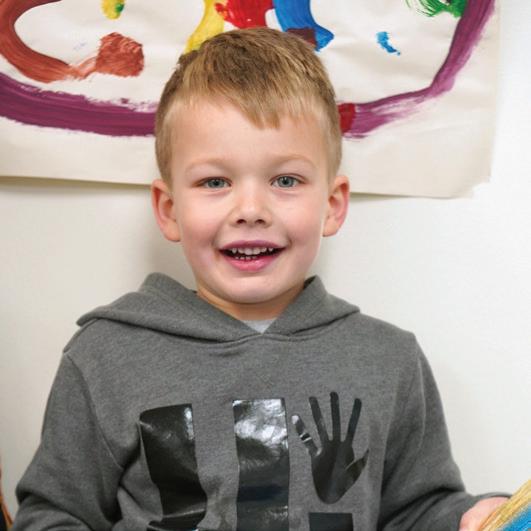

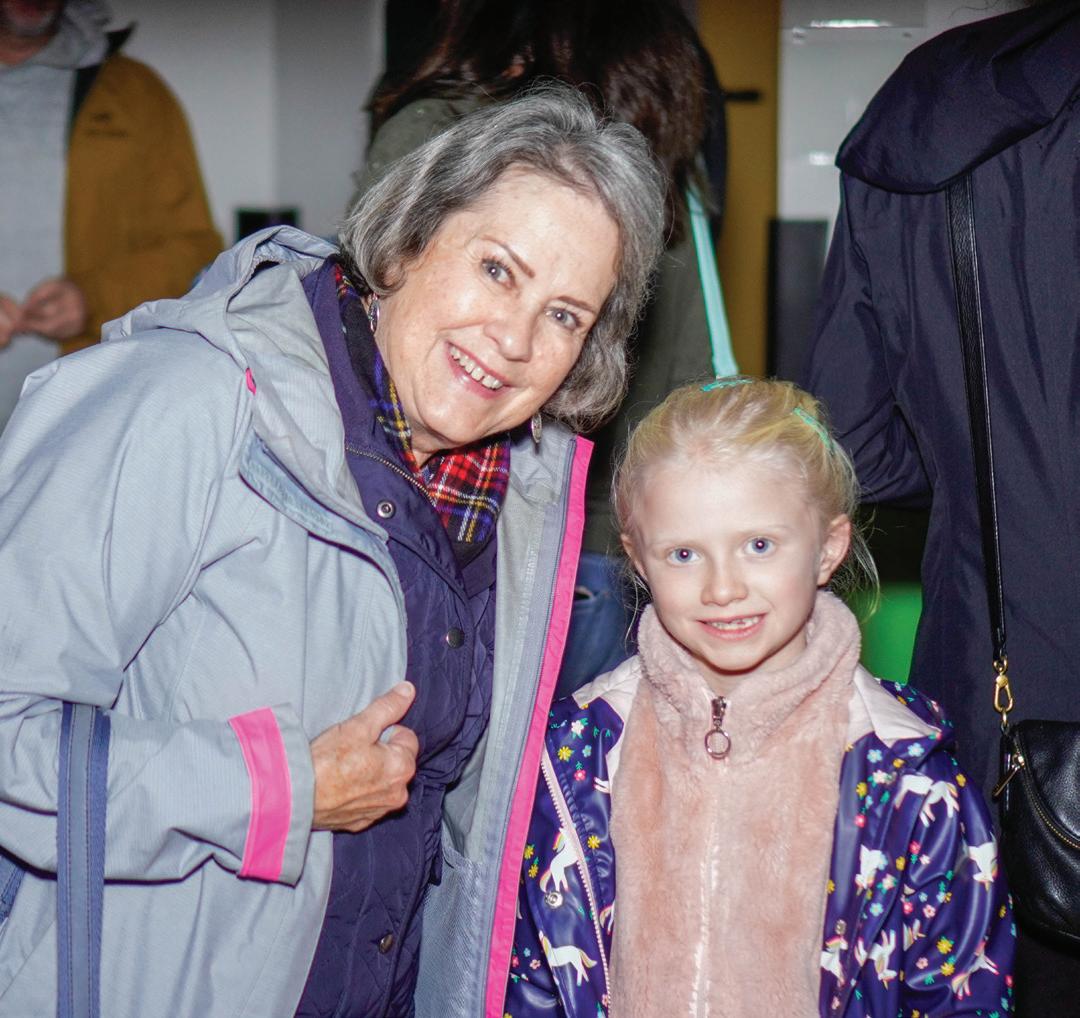
Additionally, Alumni Parents
Eric & Suzanne O'Brien will give $5,000 if at least 50 donors give by March 17, 2023
*Formerly known as PFAS/ISTP and DAS/GAS/ GAIS/Alto

Contributions from QCD’s (also known as IRA Charitable Rollovers) to nonprofits are a great way to support our school. QCD distributions help reduce donors' taxable income, while also allowing them to meet their Required Minimum Distributions (required annual withdrawals for IRA-owners). It’s a win-win for the donor and INTL!
Restrictions:
•
Globe 52
make a difference for our students today!
and Alumni Parents can support INTL through Qualified Charitable Distribution (QCD)
more information about making a planned gift, please contact Patricia@svintl.org
Grandparents
For
You
be at
70 1/2 years of age when gift is made
Donations
be made directly from an IRA to INTL
IRA
can not exceed $100,000 per person (or
for a couple) in a given
be aware that the information presented here is general in nature and is not meant to replace or substitute professional tax, financial, or legal advice. Individuals considering gift planning should contact a professional advisor for specific information.
must
least
•
must
•
contributions
$200,000
year Please
a contribution today at: www.siliconvalleyinternational.org/alumnigiving
make
Colleges and Universities List
Where are they now? High School Class of 2022

Arizona State University
Australian National University (ANU)*
Chapman University
Dartmouth College
Diablo Valley College


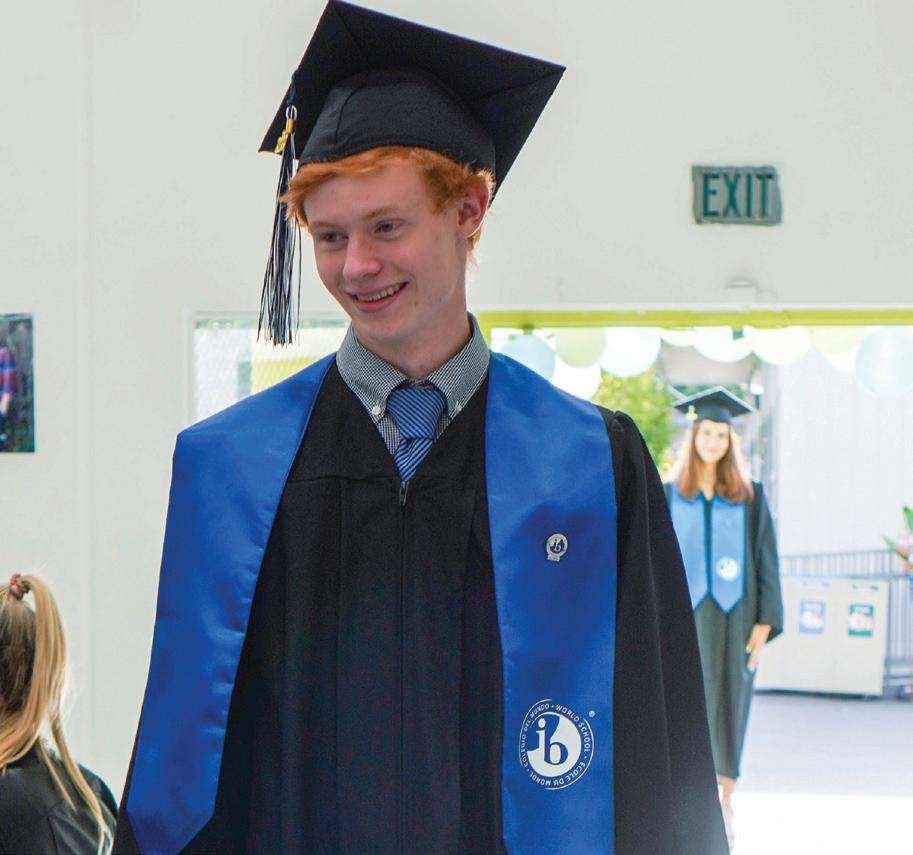
Duke University
Georgetown University
McGill University (2)
Middlebury College
New York University
New York University - Tisch
Oregon State University
Purdue University
Queen's University - Canada
Santa Clara University
Sonoma State University
Stanford University (3)*
Suffolk University*
UC Berkeley (4)
UC Davis (3)*
UCLA
UC Riverside
UC Santa Barbara
University of Chicago
University of Illinois - Urbana Champaign
University of Michigan (2)
University of New York
University of Pennsylvania - Wharton
University of Rochester
University of San Francisco
University of Toronto
University of Washington (2)
University of Waterloo - Canada
Washington University - St. Louis
Yale University
* INTL High School Graduates

Our Mission
Silicon Valley International School’s focus on inquiry and bilingualism empowers young minds to embrace complexity, think critically from multiple perspectives, and demonstrate integrity and sensitivity across cultures.
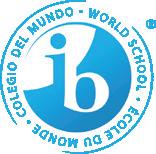
151 Laura Lane, Palo Alto, CA 94303 +1 (650) 251-8500 www.siliconvalleyinternational.org


















 By Geneva Robinson, Assistant Head of School
By Geneva Robinson, Assistant Head of School



























































 By Olivier Monteil, French Academic Dean
By Olivier Monteil, French Academic Dean




 By Jon Molayem, English Program Academic Dean
By Jon Molayem, English Program Academic Dean





 By Ya-Ching Chang, Chinese Program Academic Dean
By Ya-Ching Chang, Chinese Program Academic Dean













 By Alia B. & Sophie S., 8th Grade
By Alia B. & Sophie S., 8th Grade


































 By Richard Goulding, DP Coordinator & DP English Individuals and Societies Teacher
By Richard Goulding, DP Coordinator & DP English Individuals and Societies Teacher








 Charisma Canlas, Vice President Olivier Crémel, Treasurer Linda Wang, Secretary
Charisma Canlas, Vice President Olivier Crémel, Treasurer Linda Wang, Secretary






































